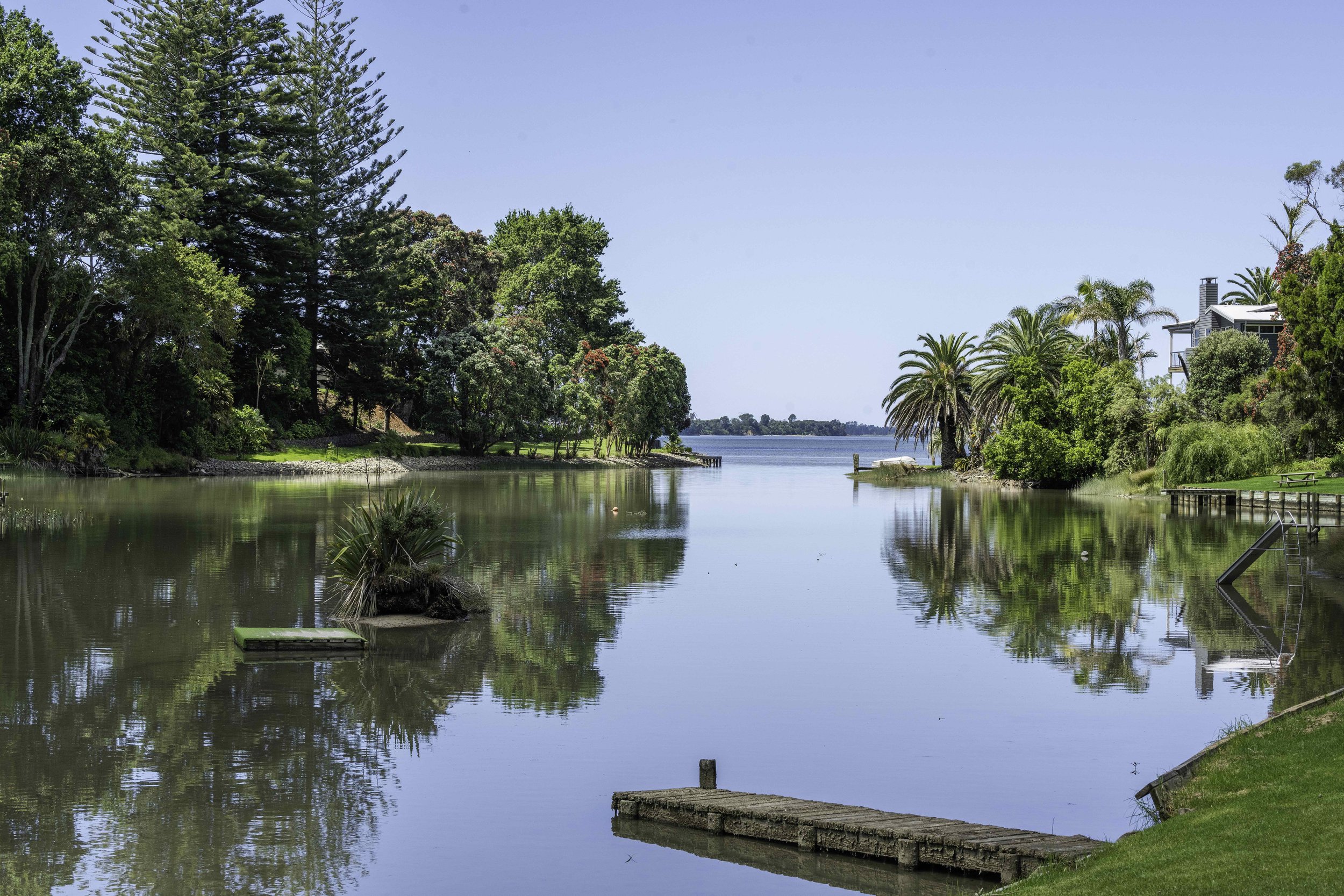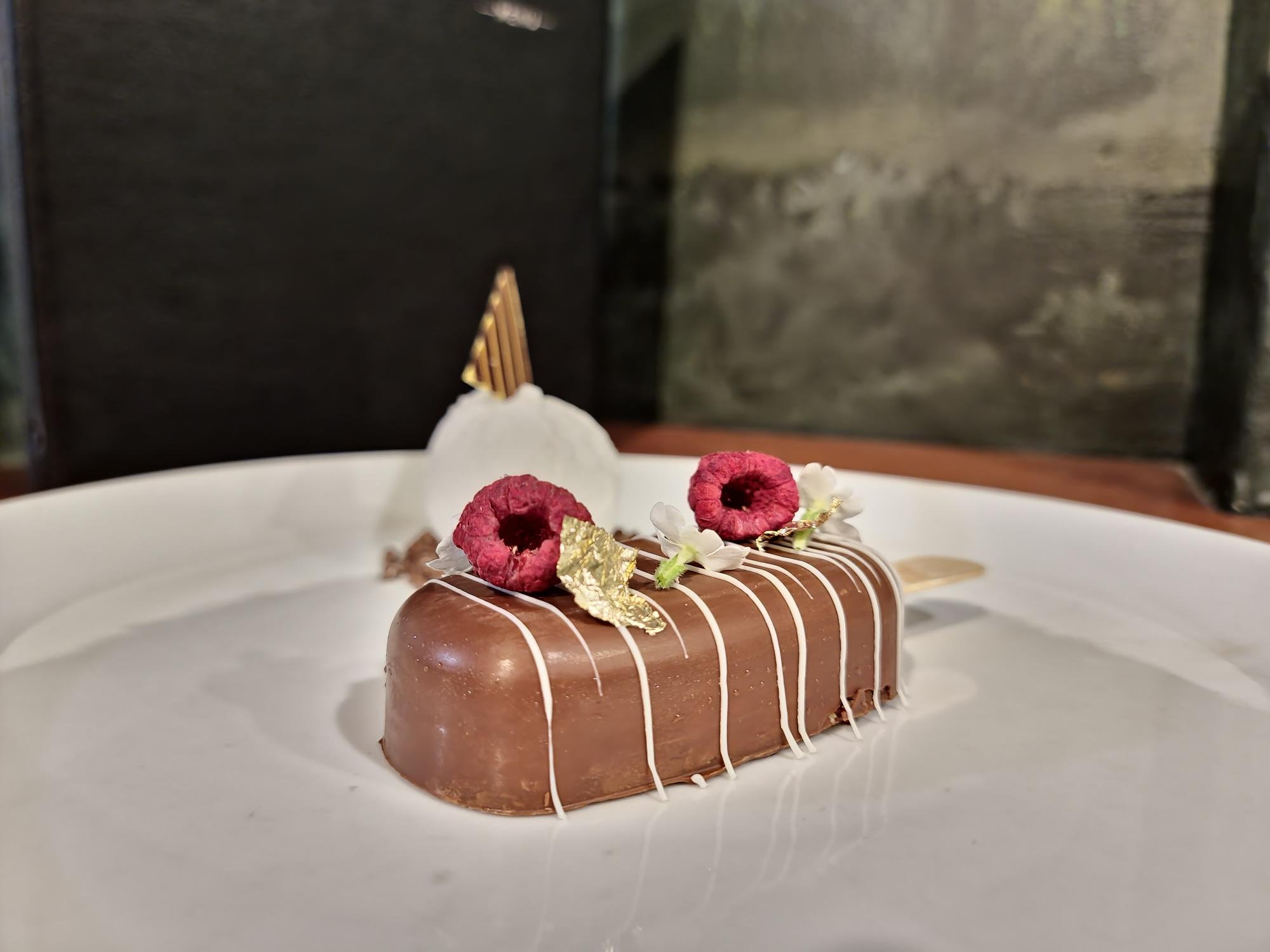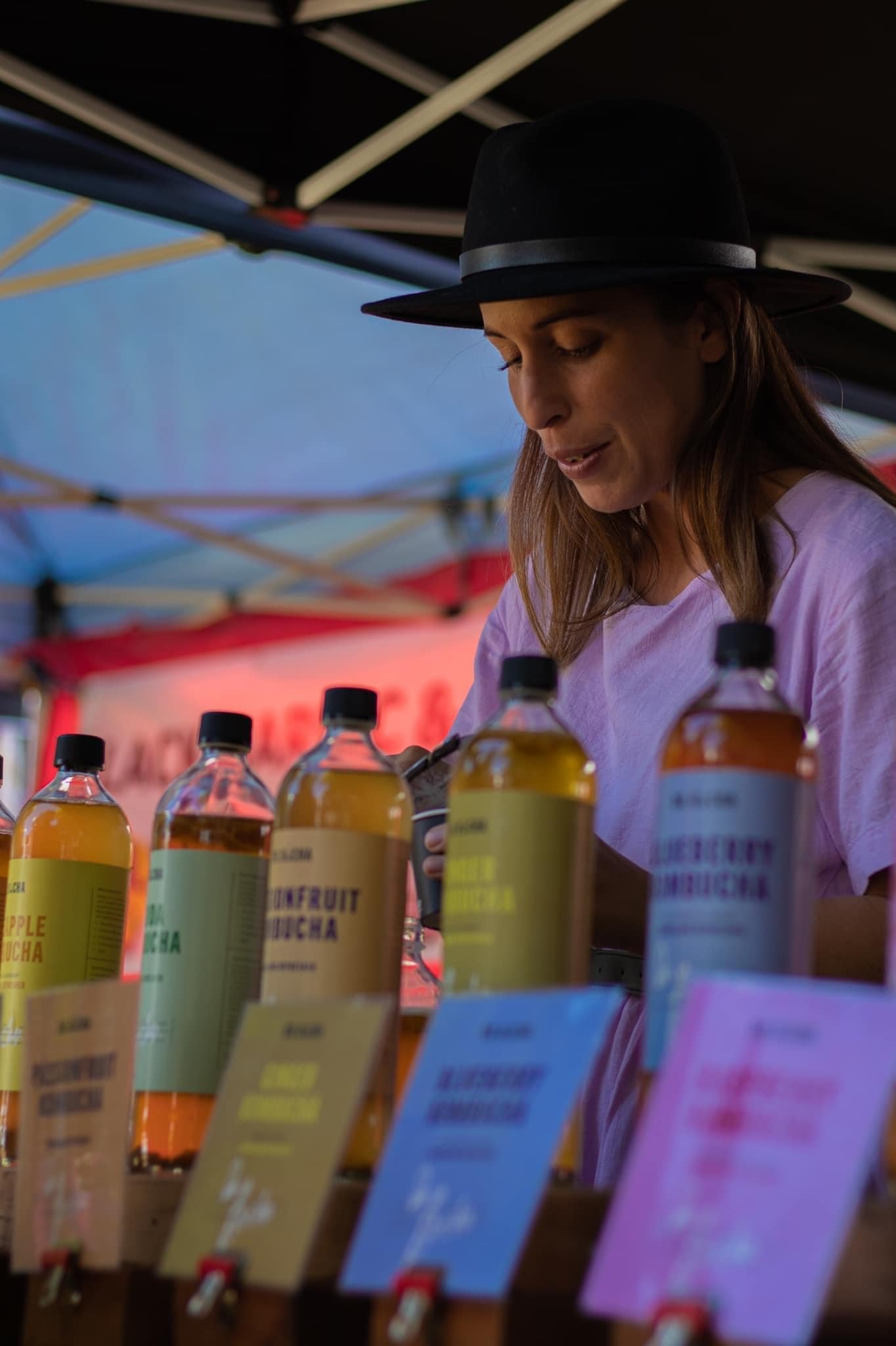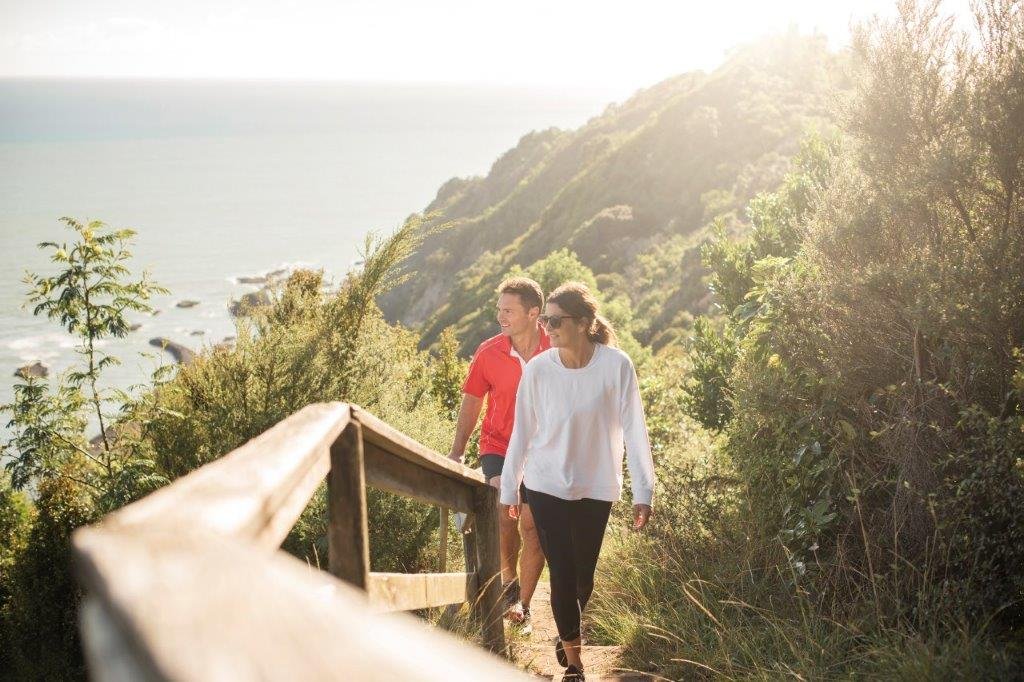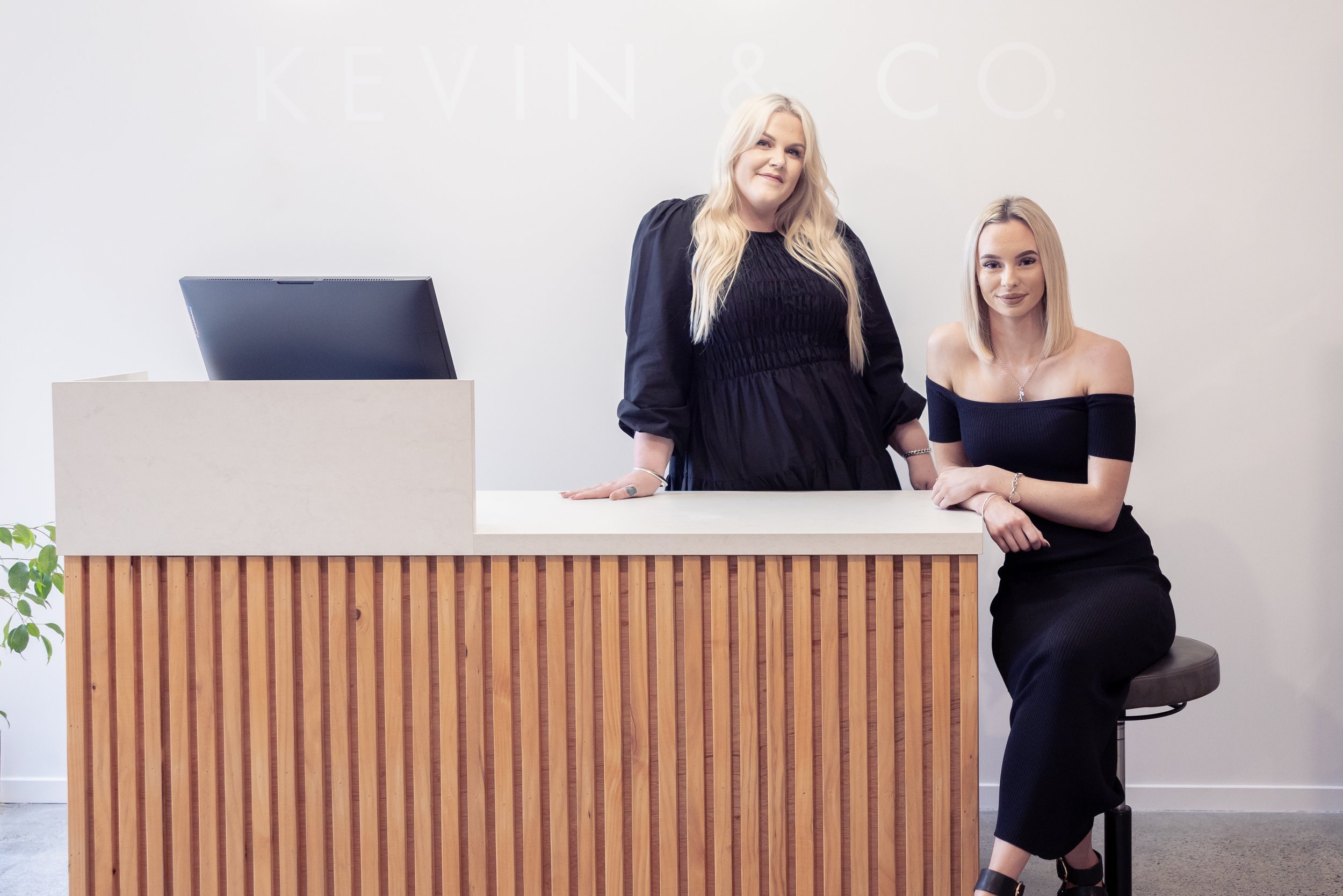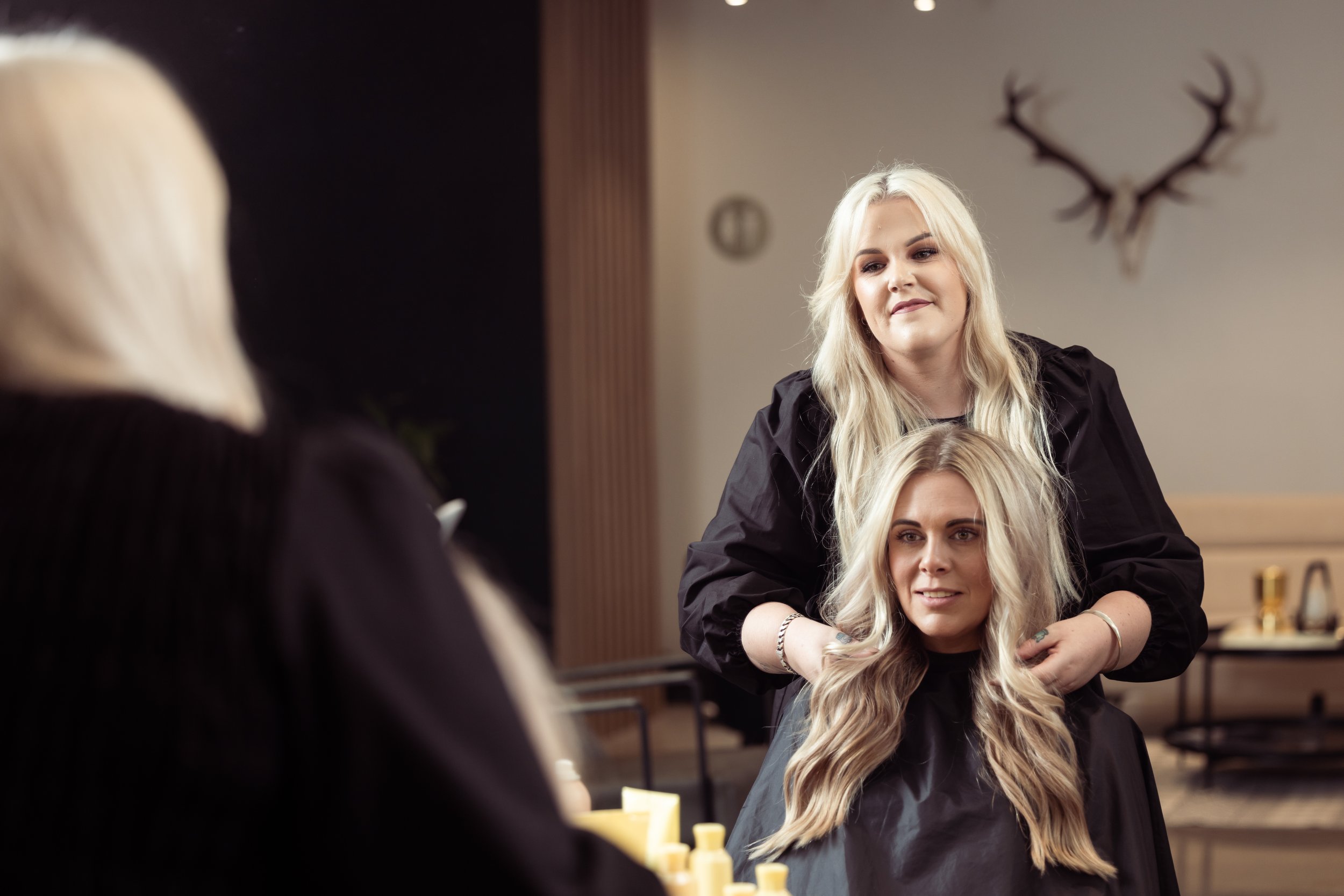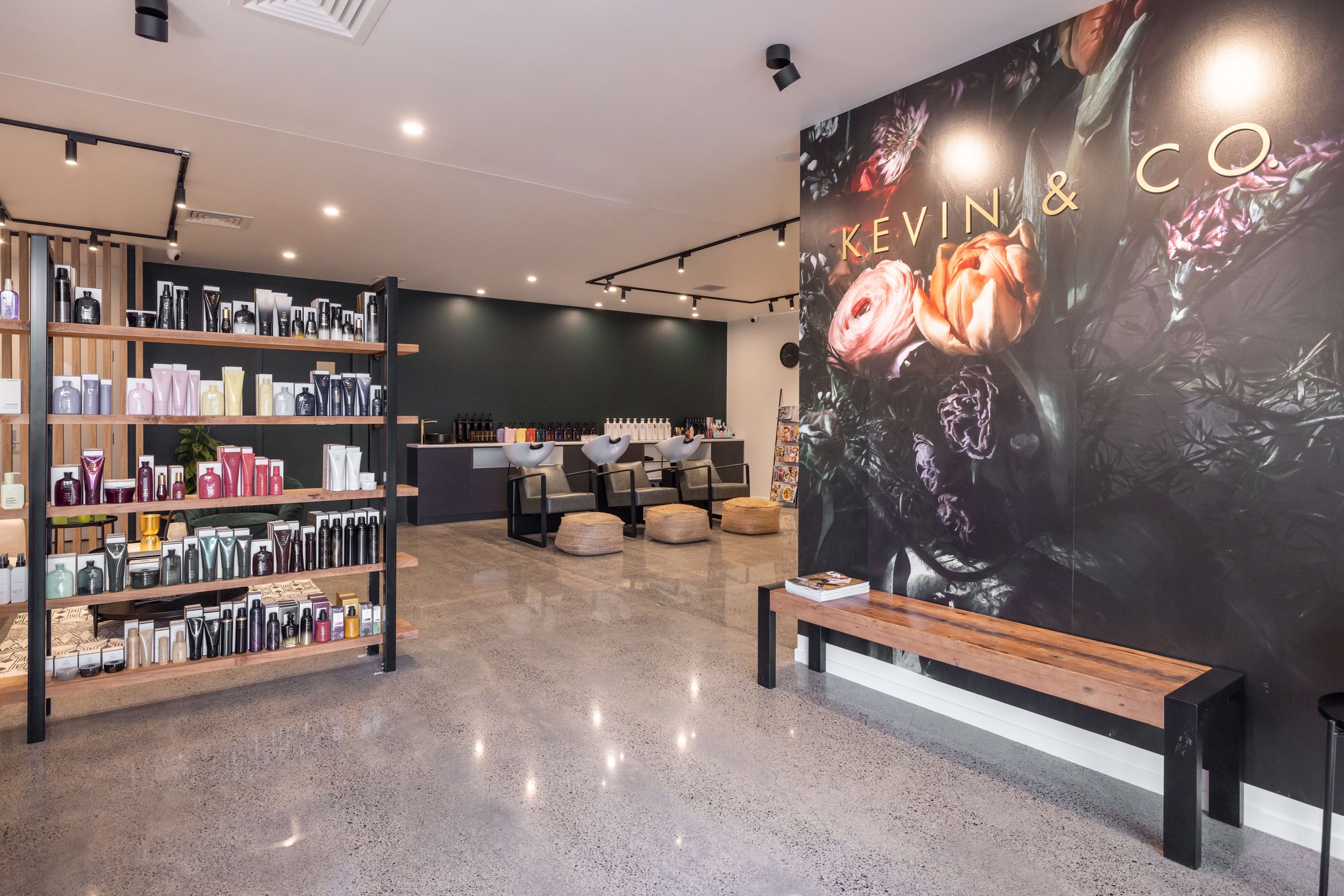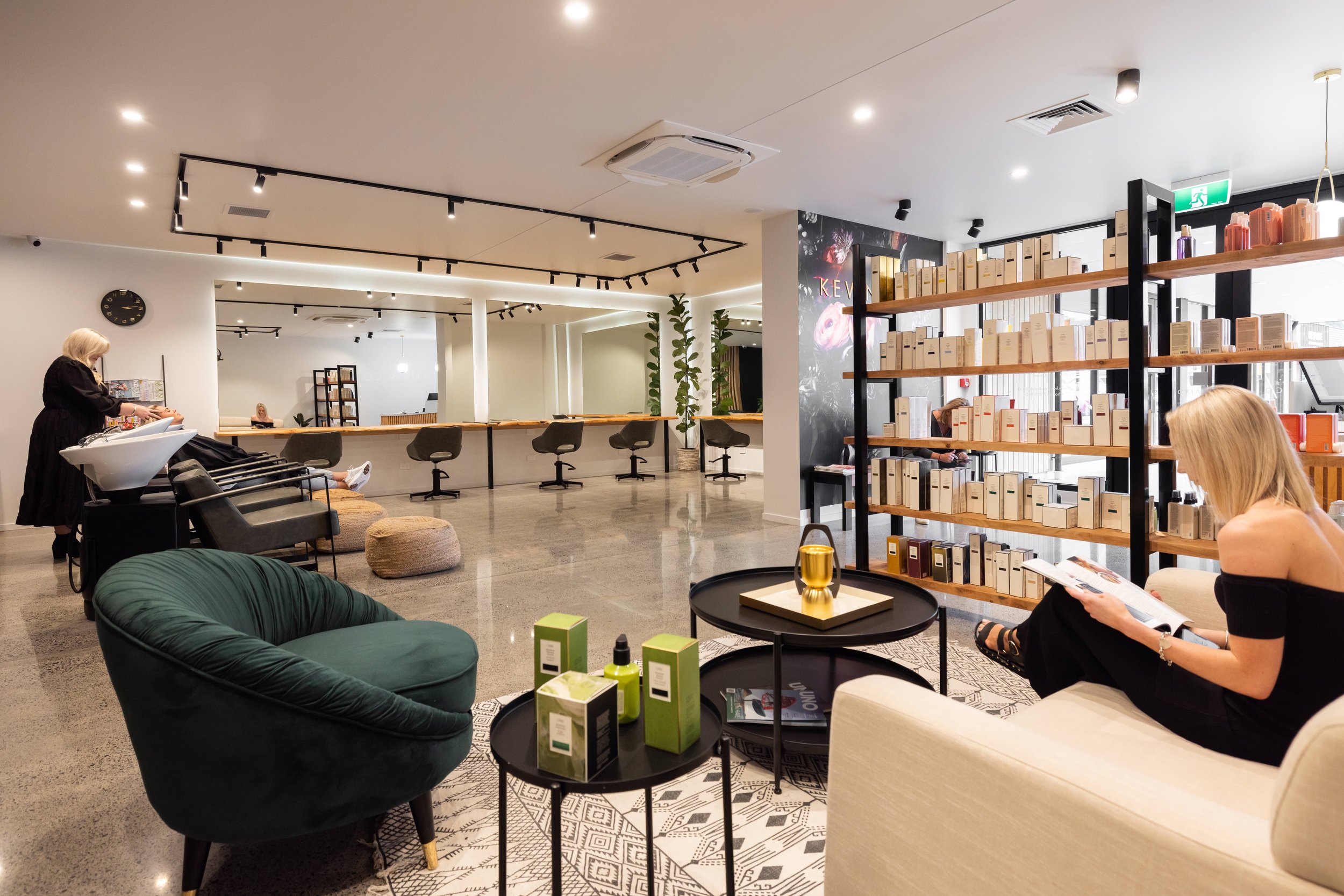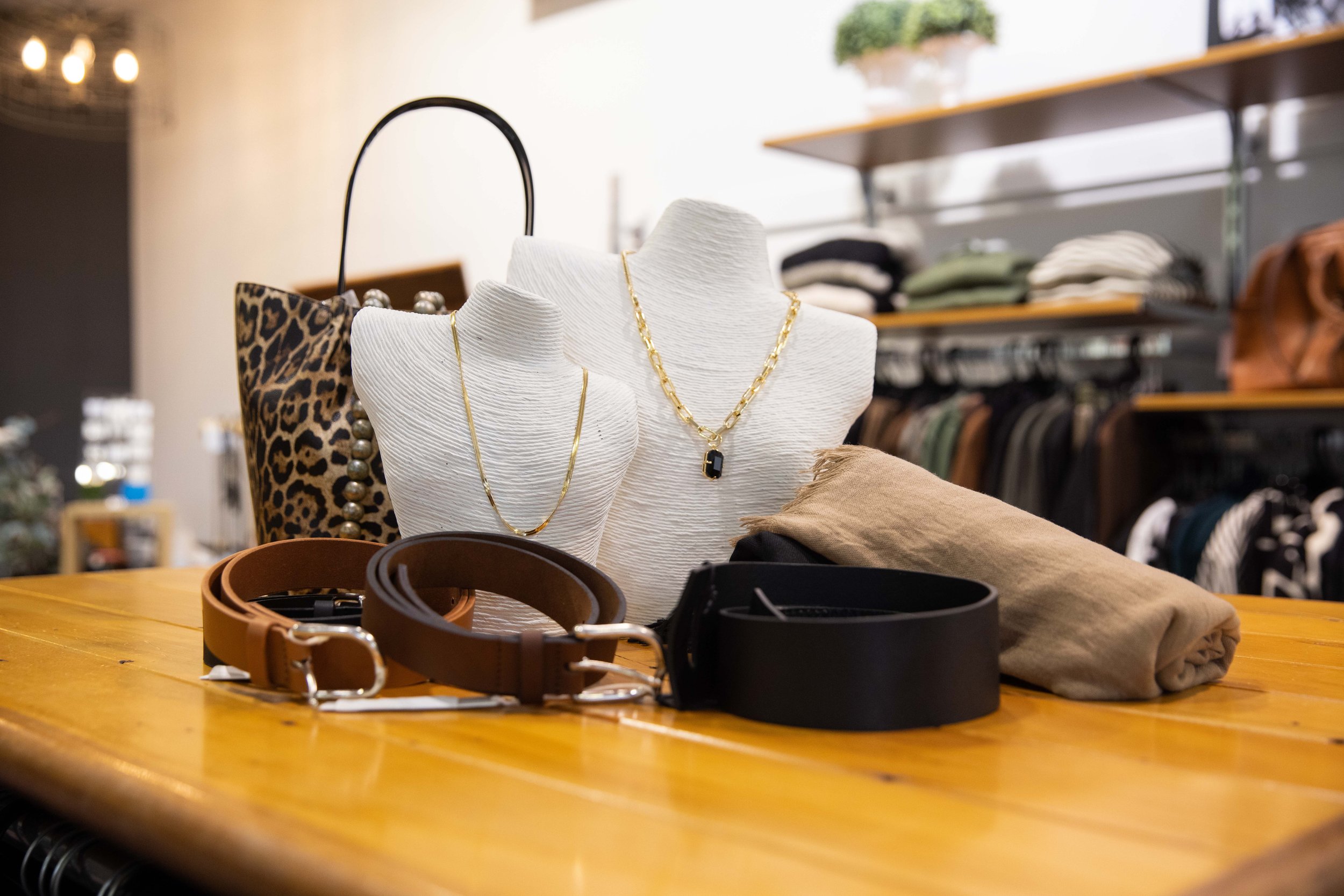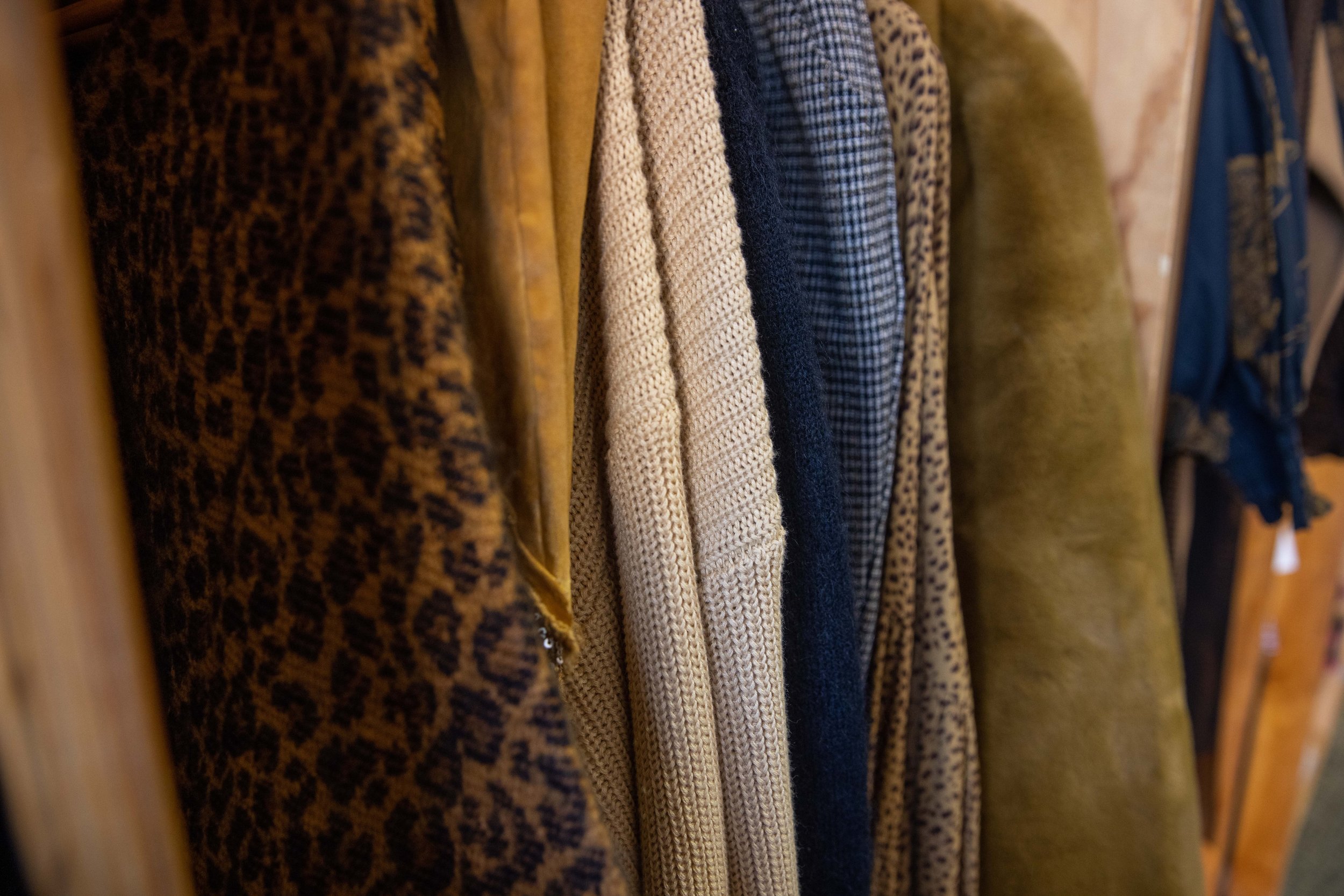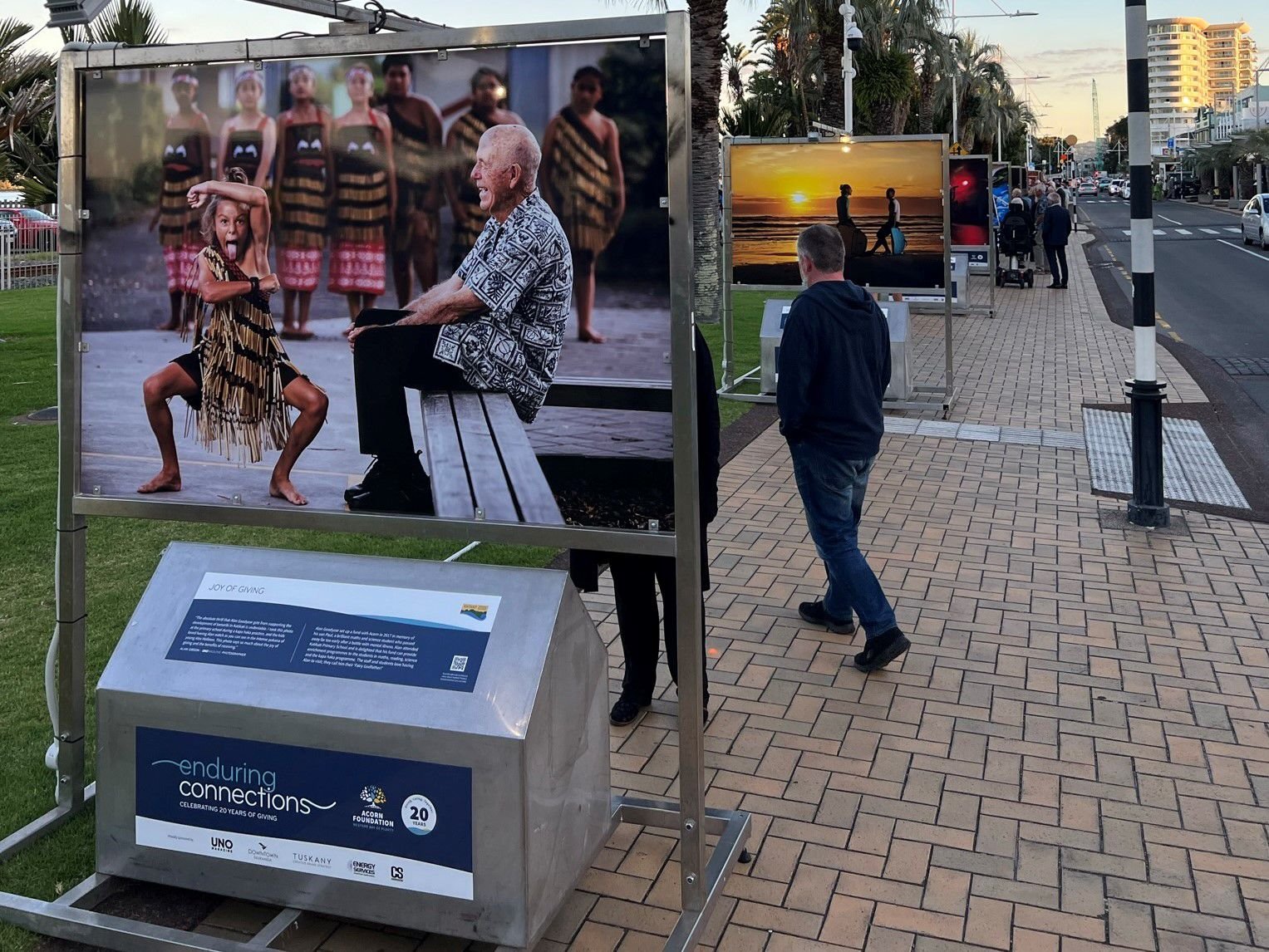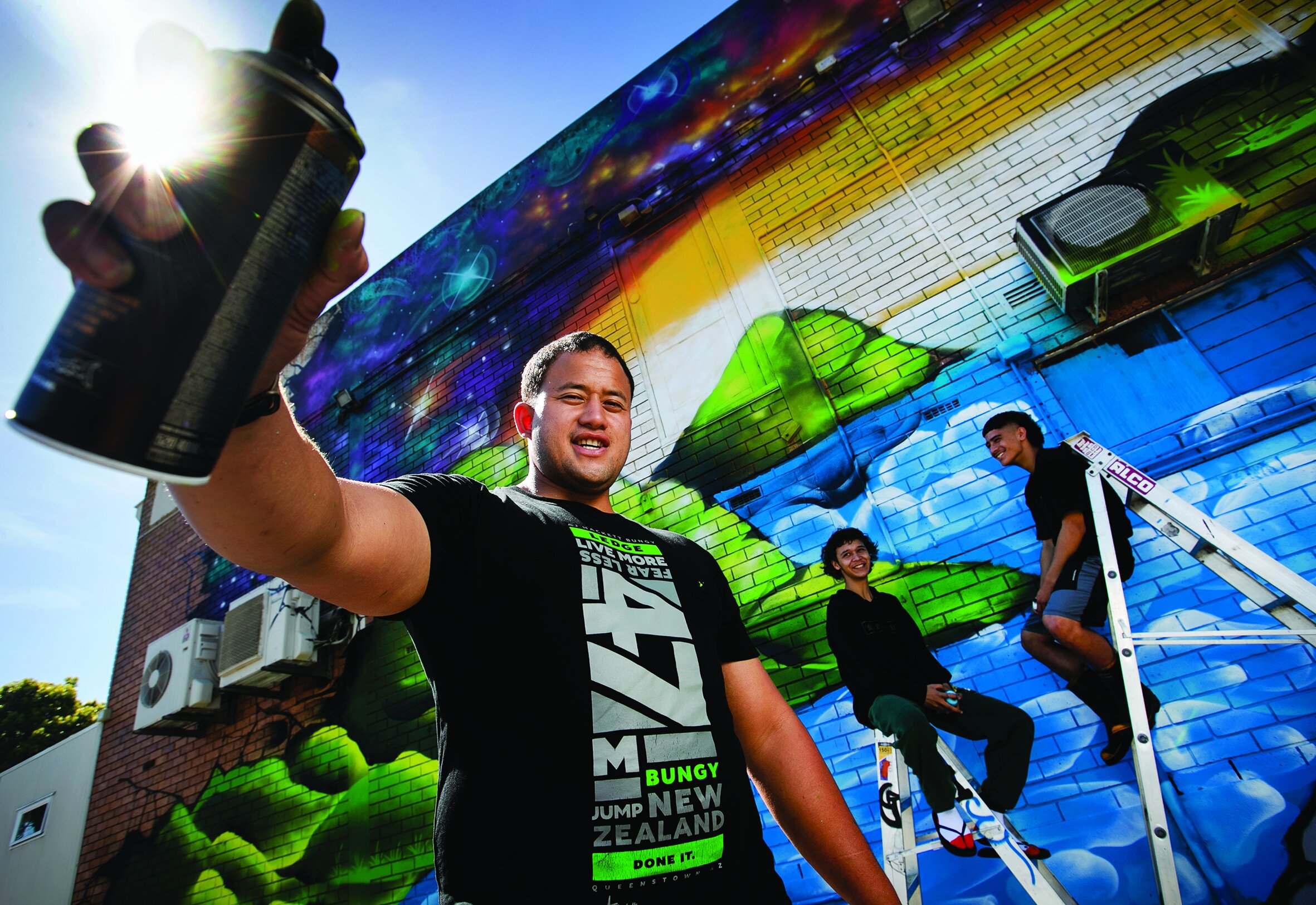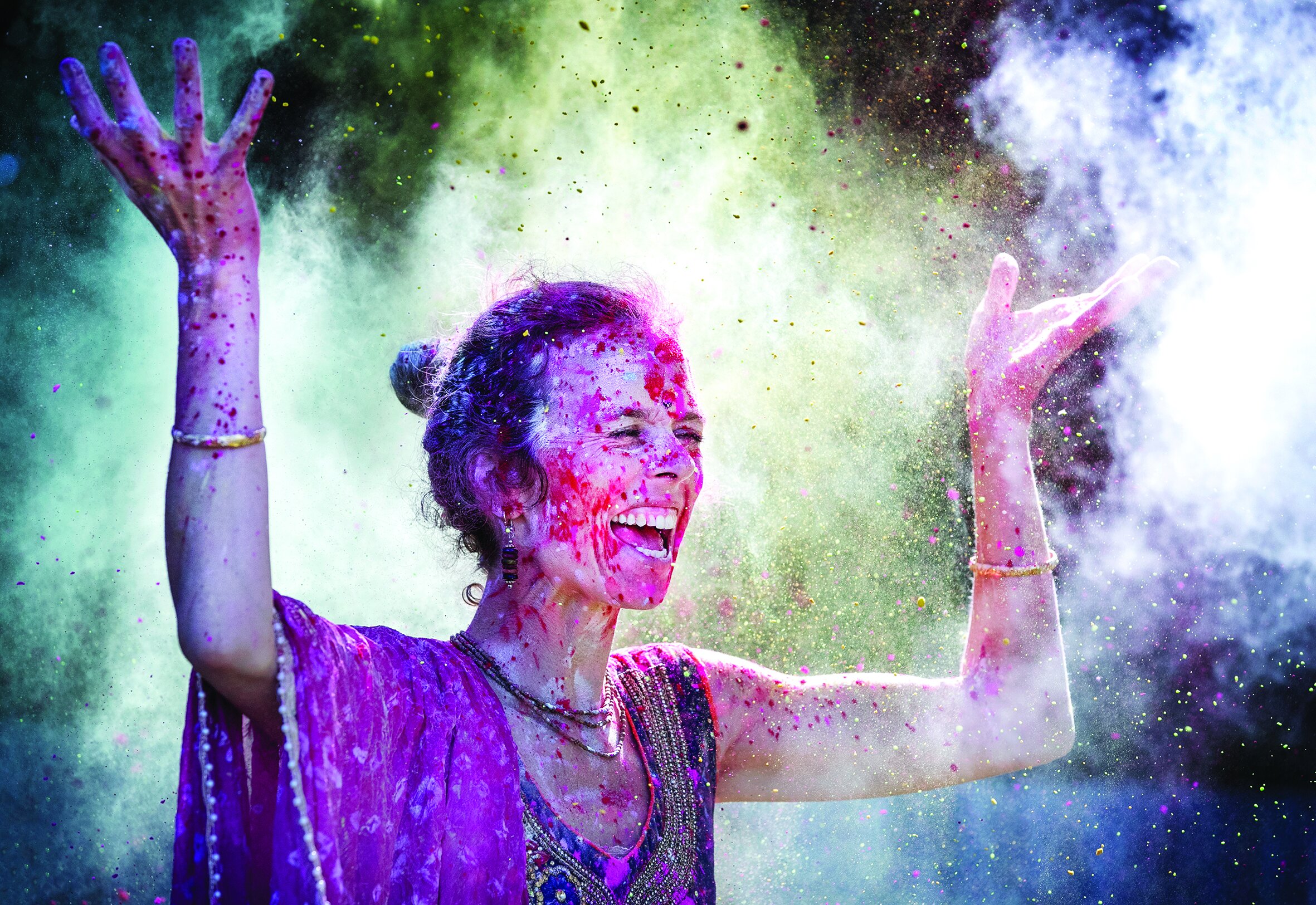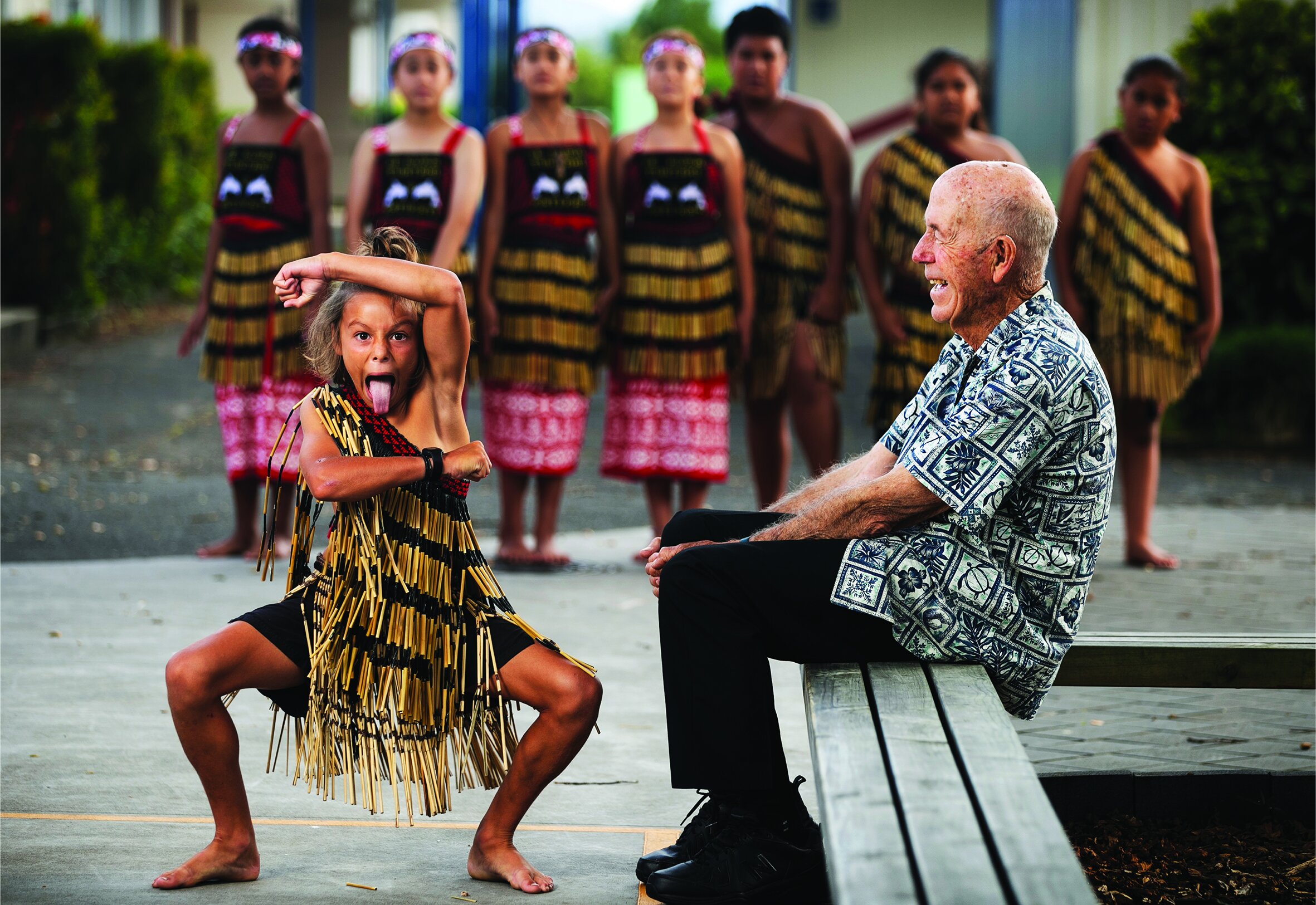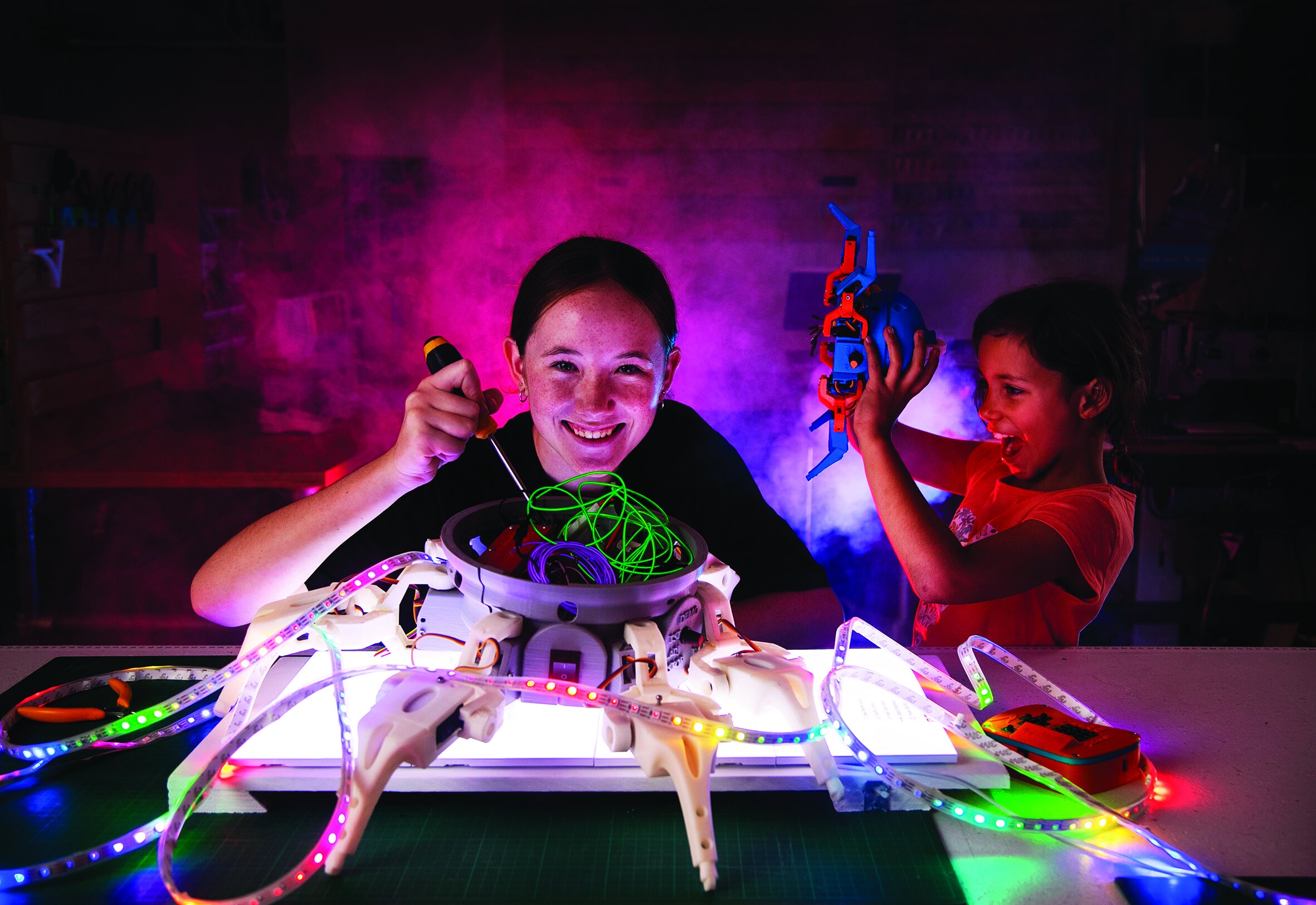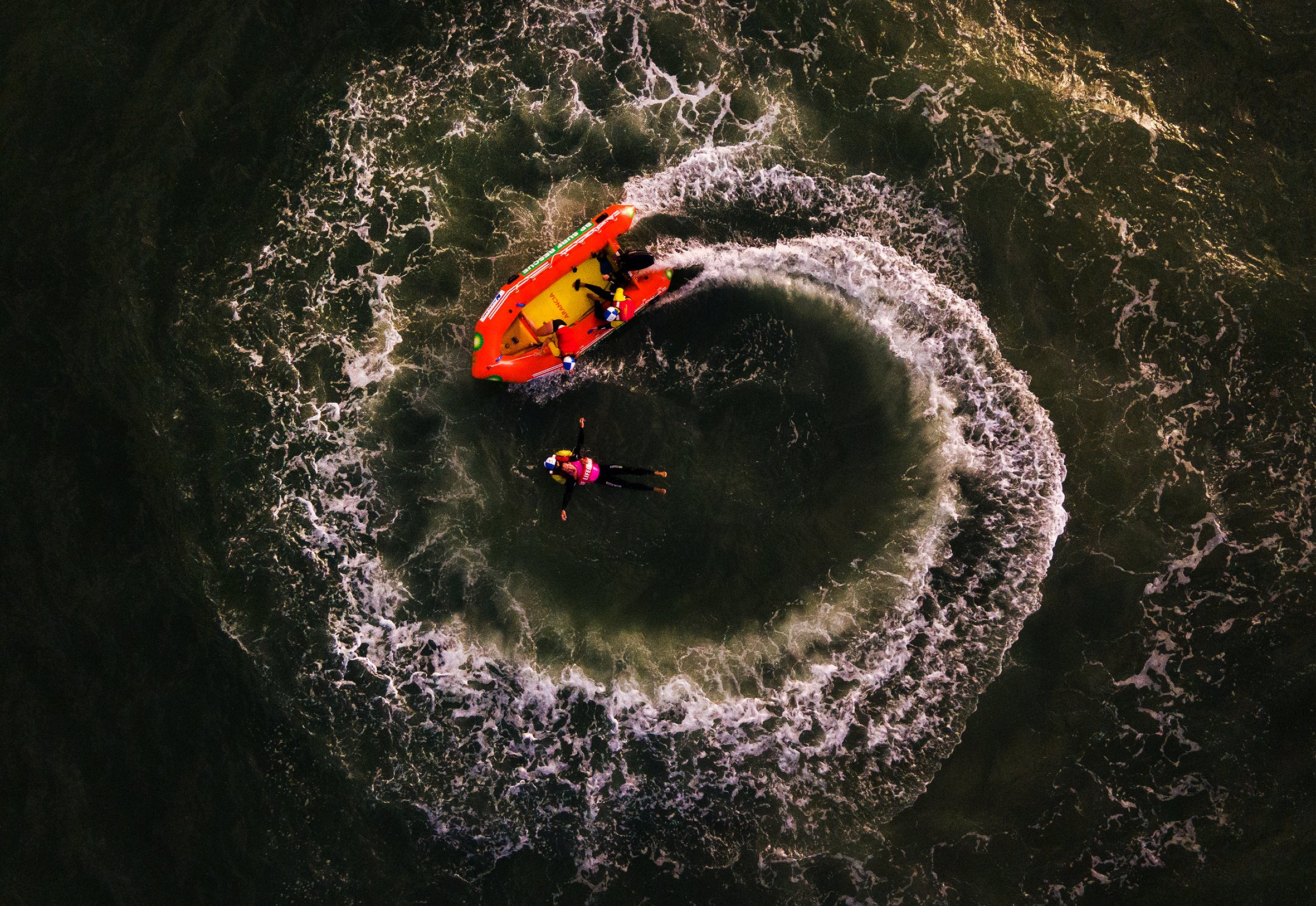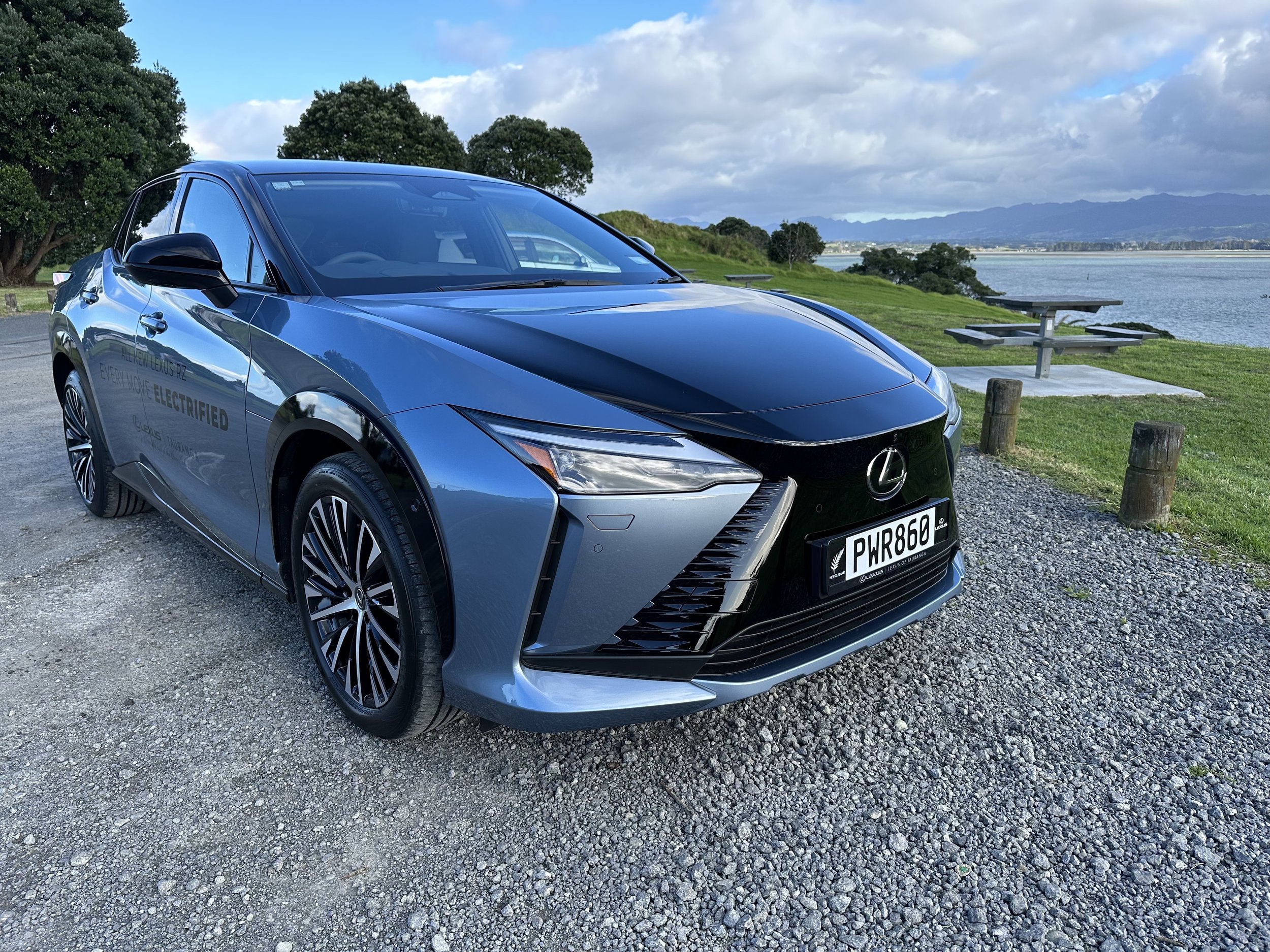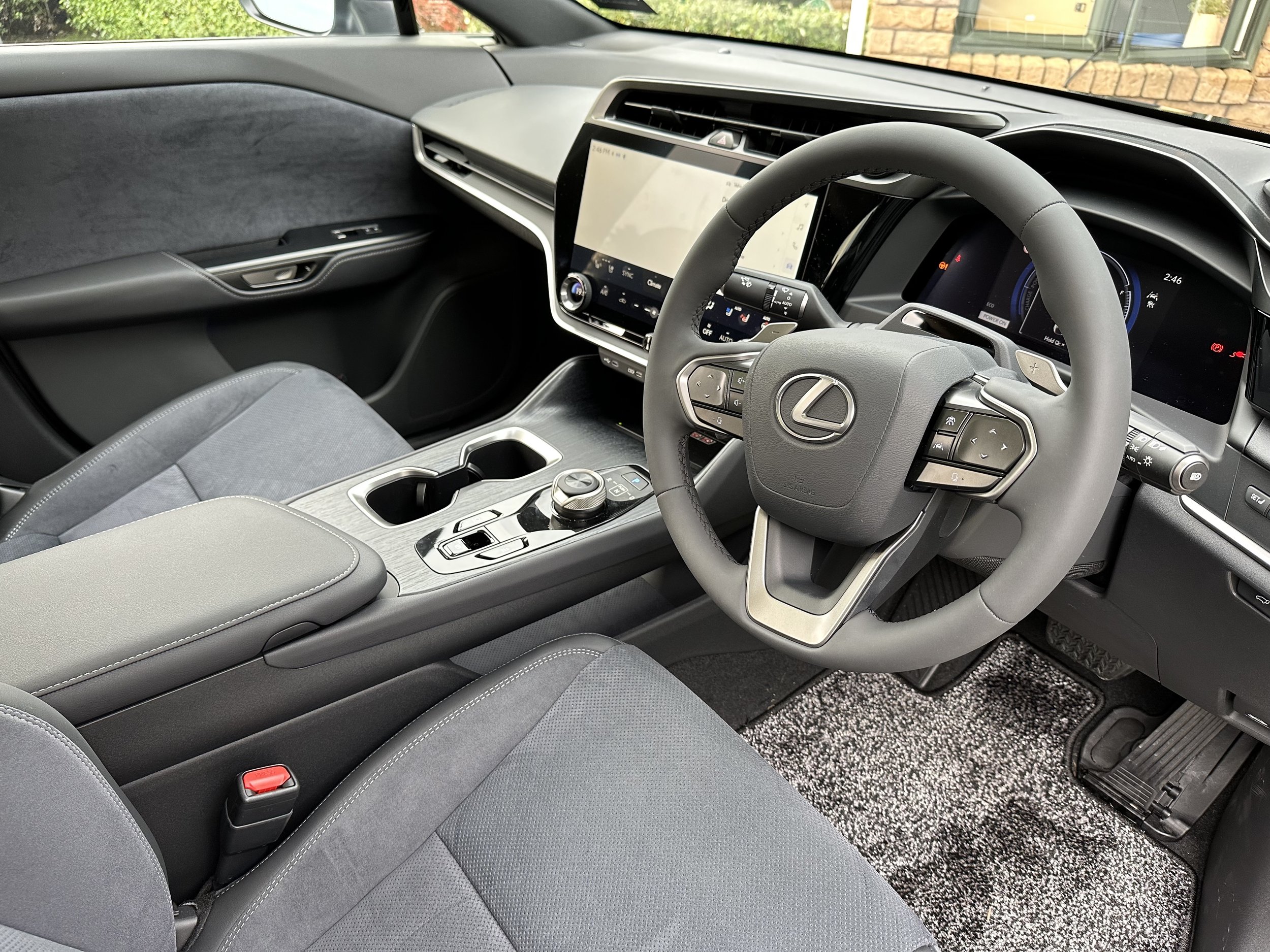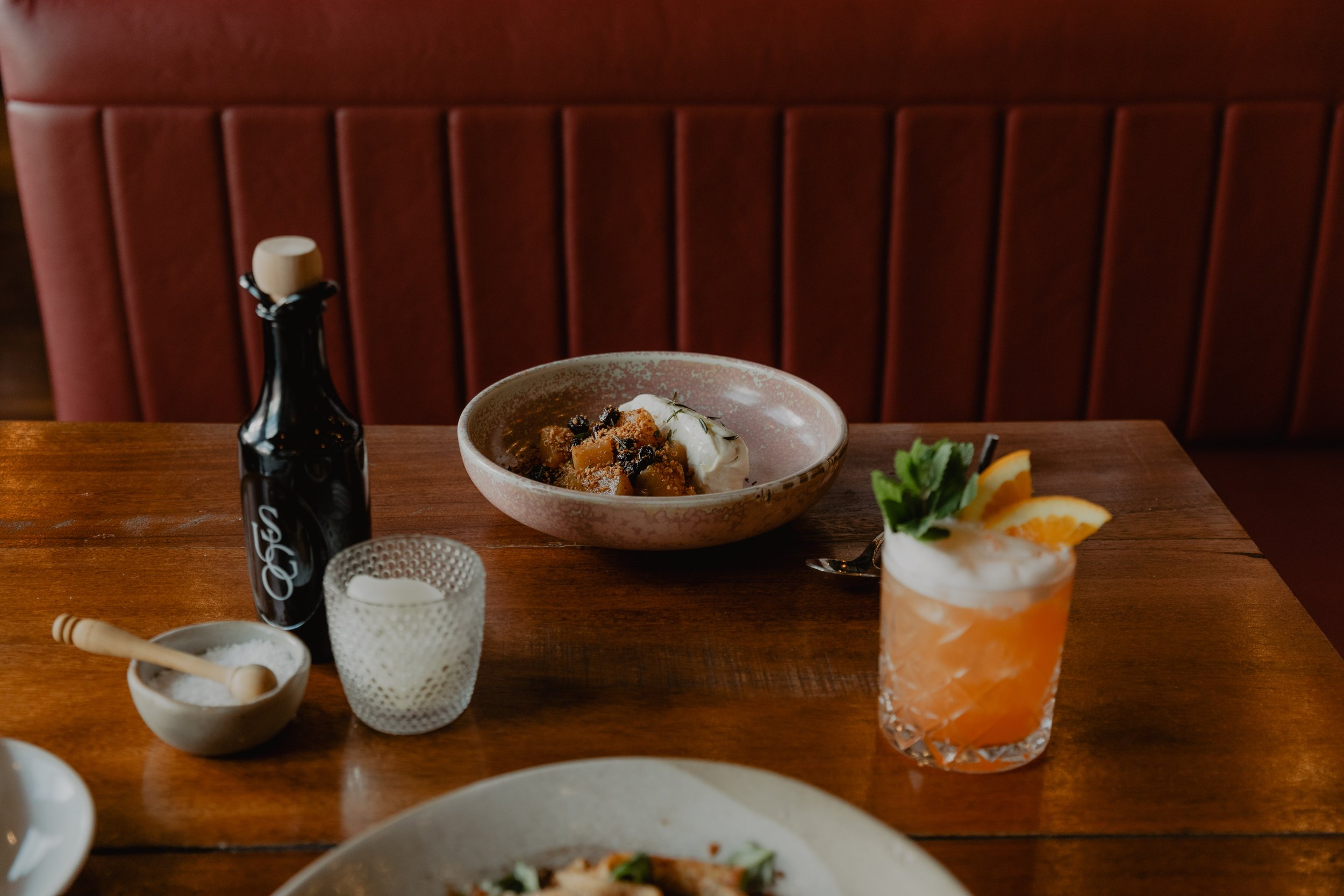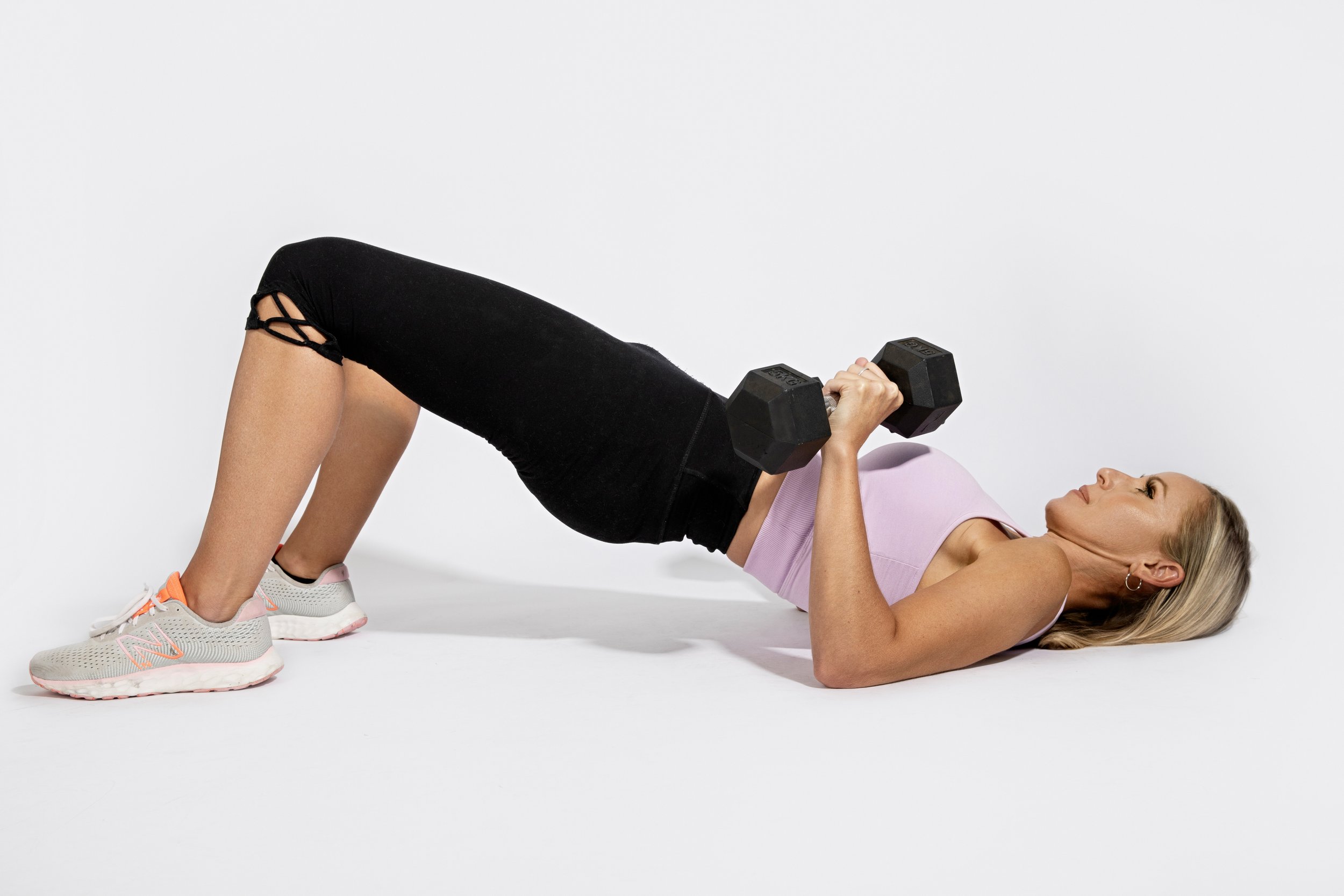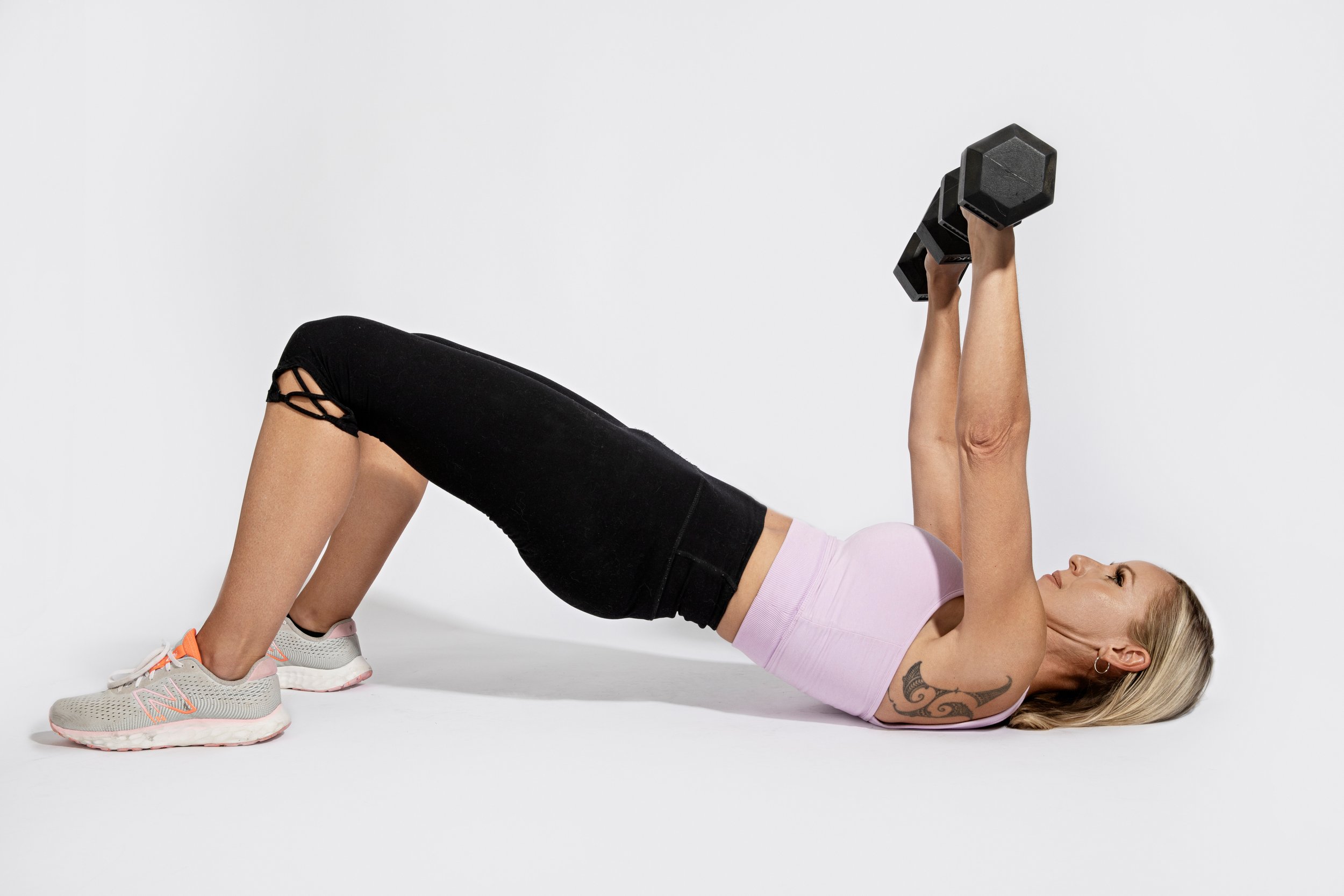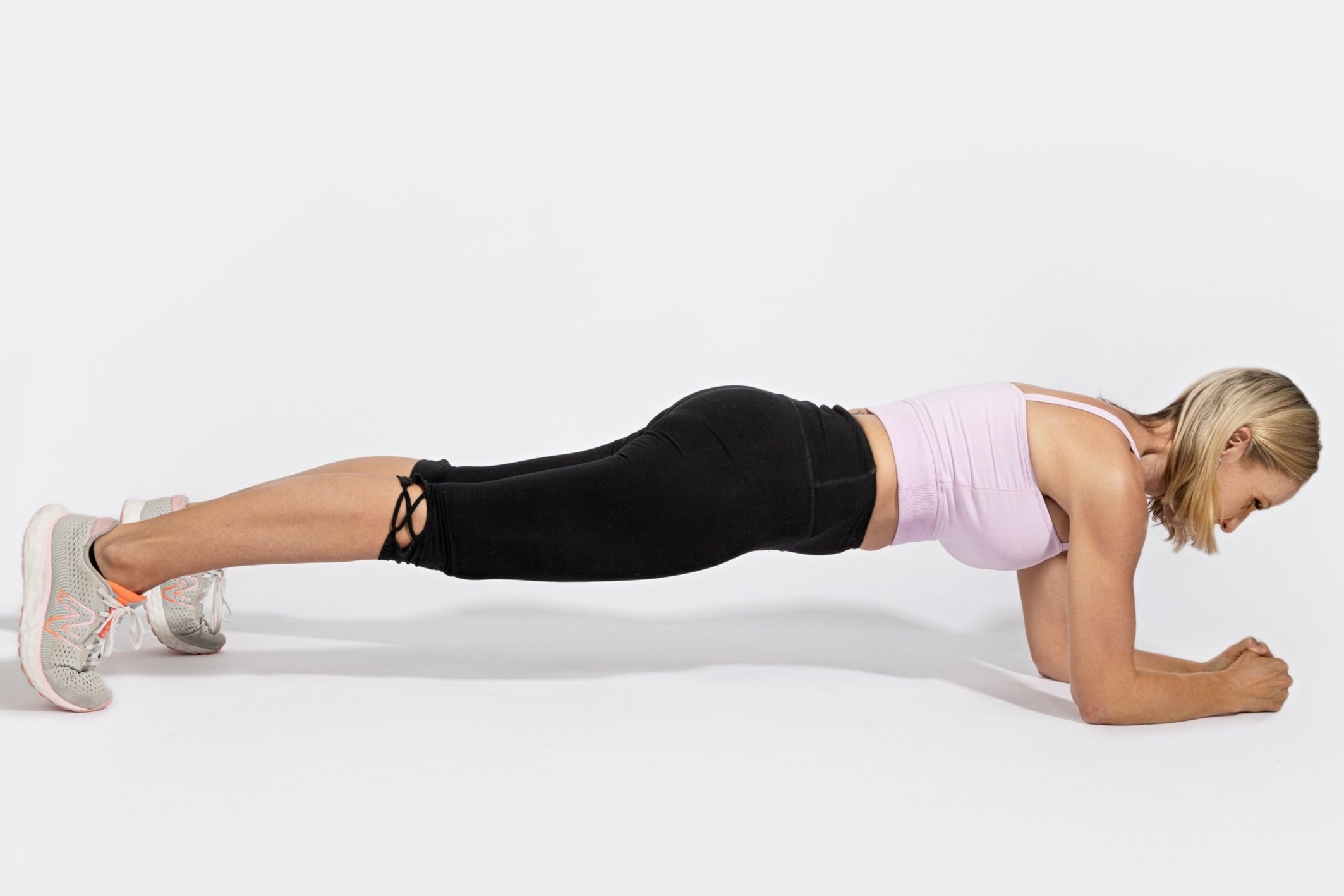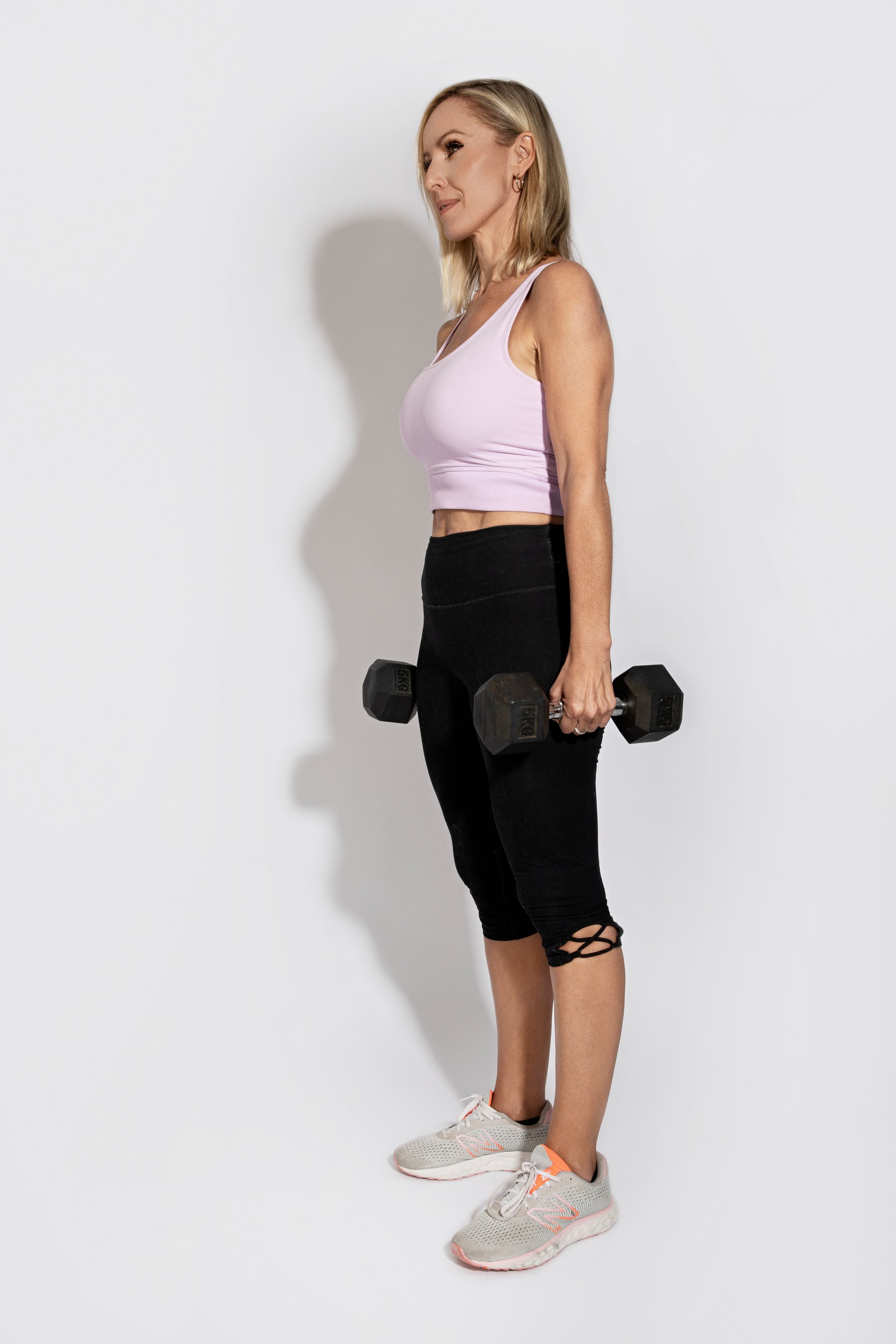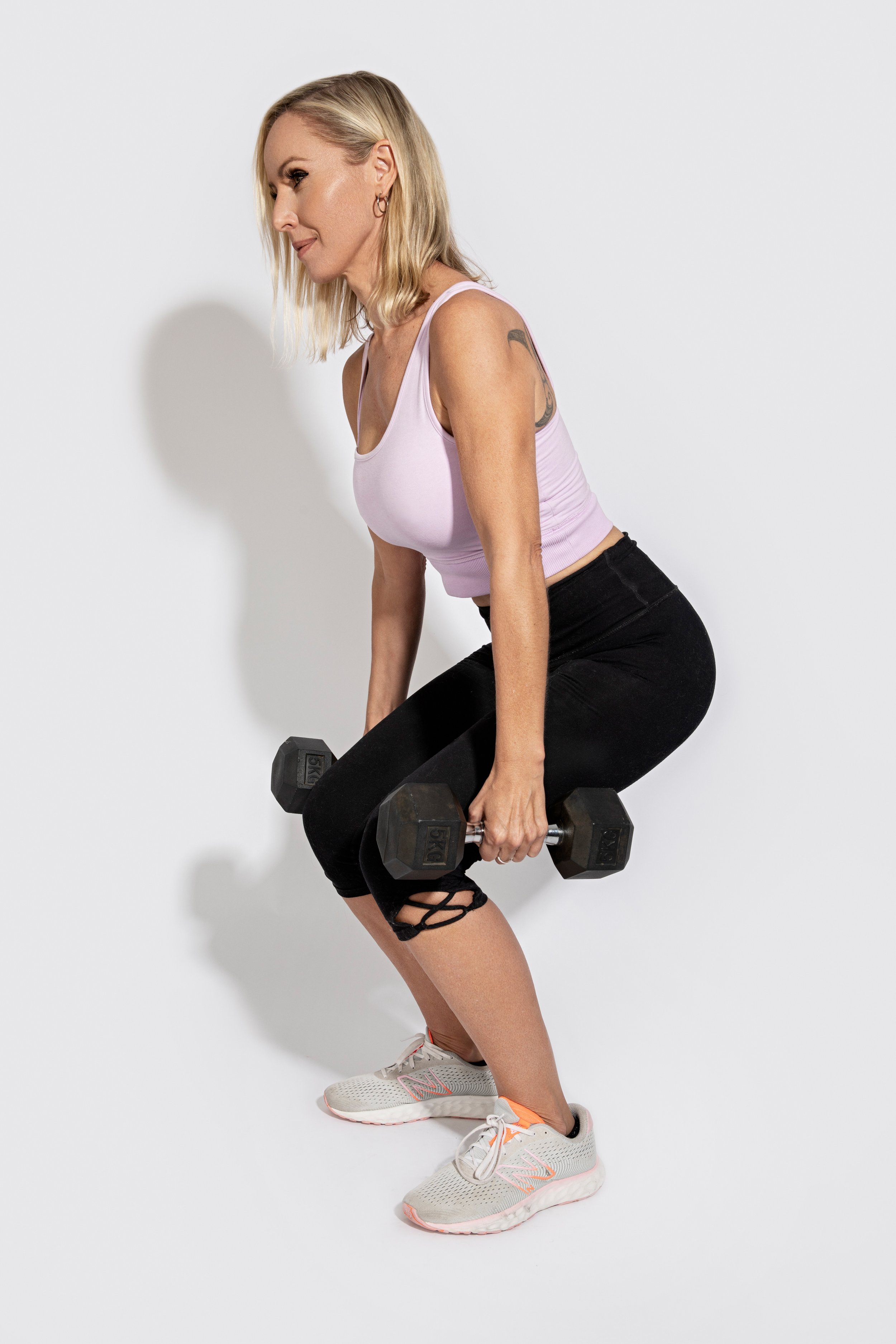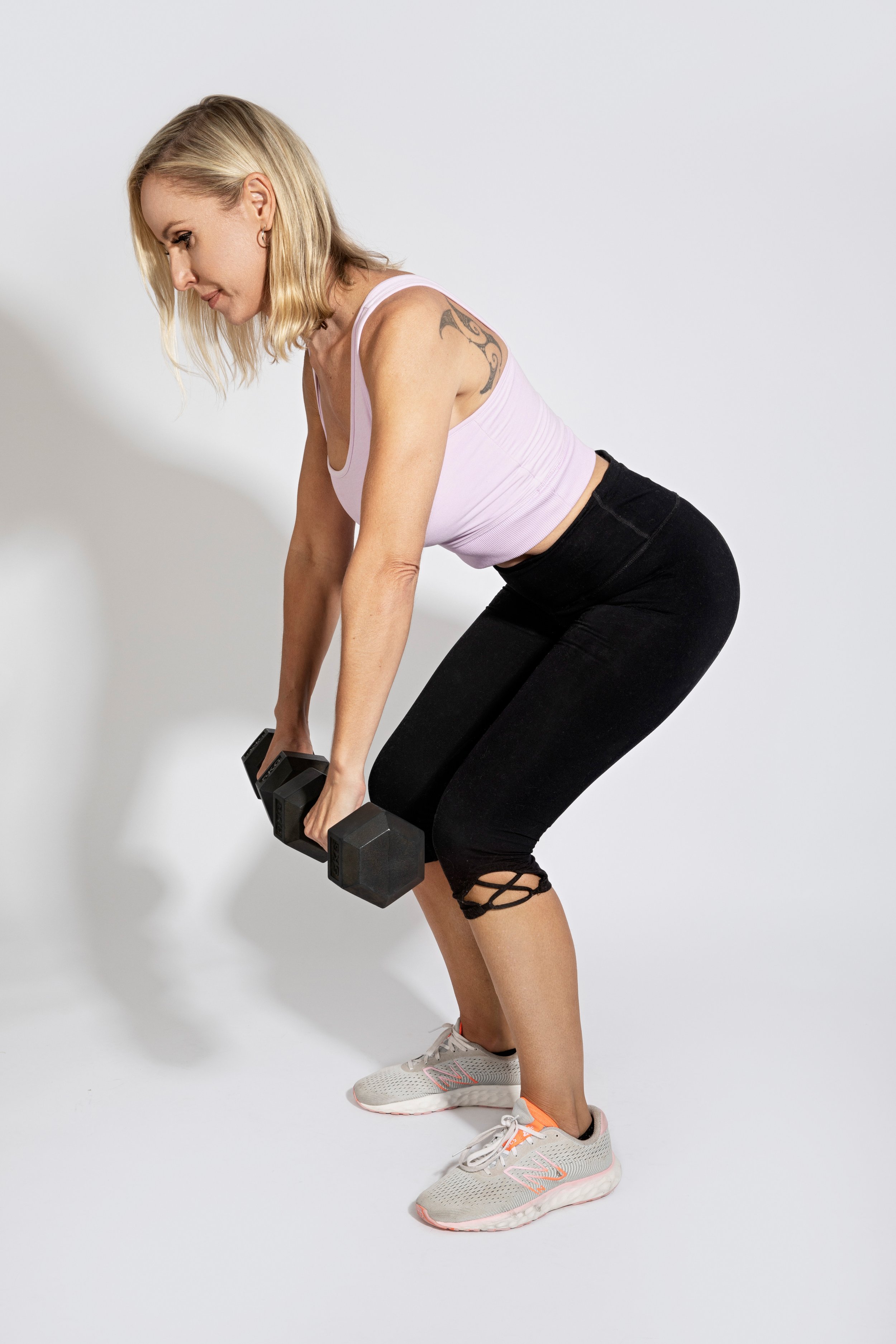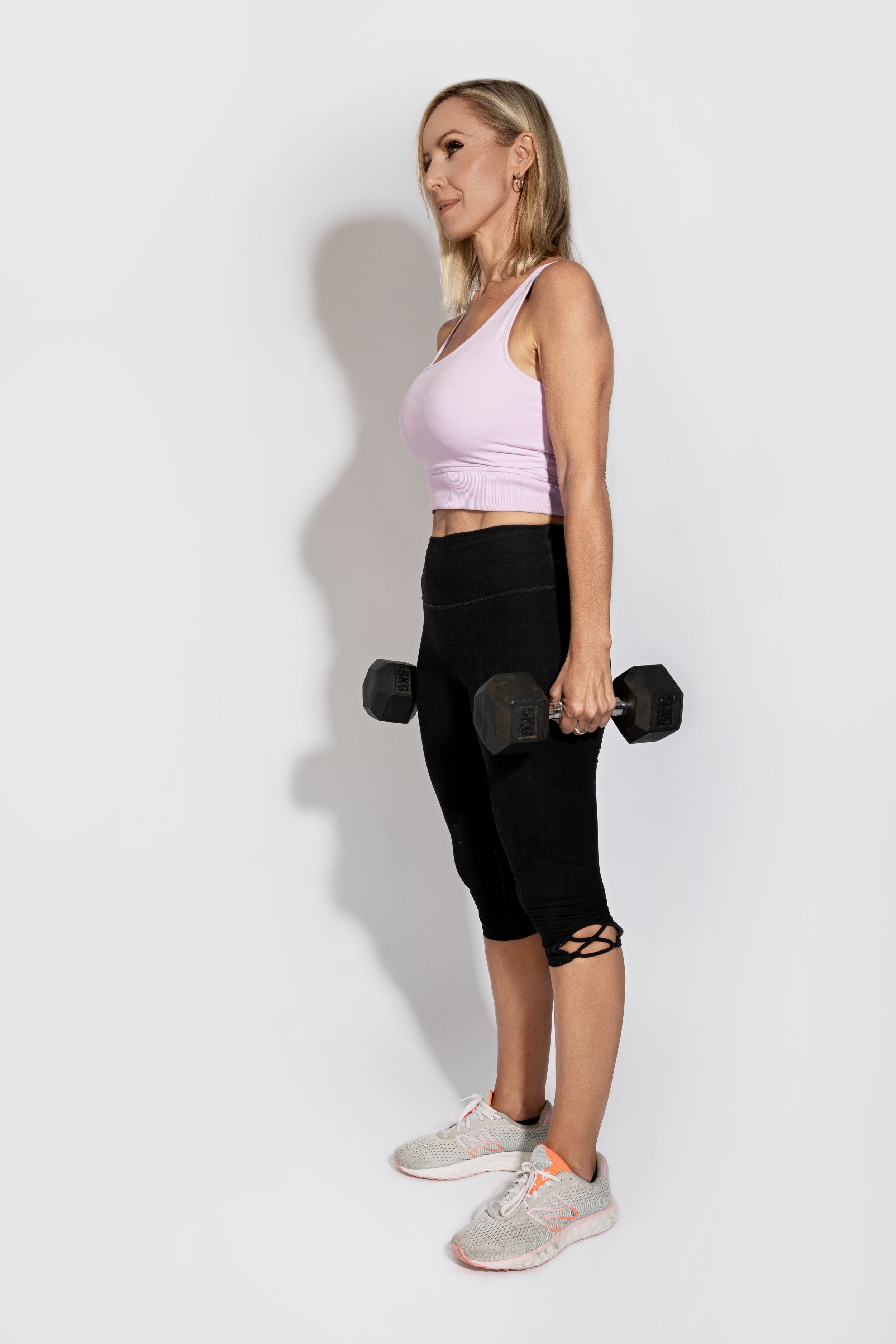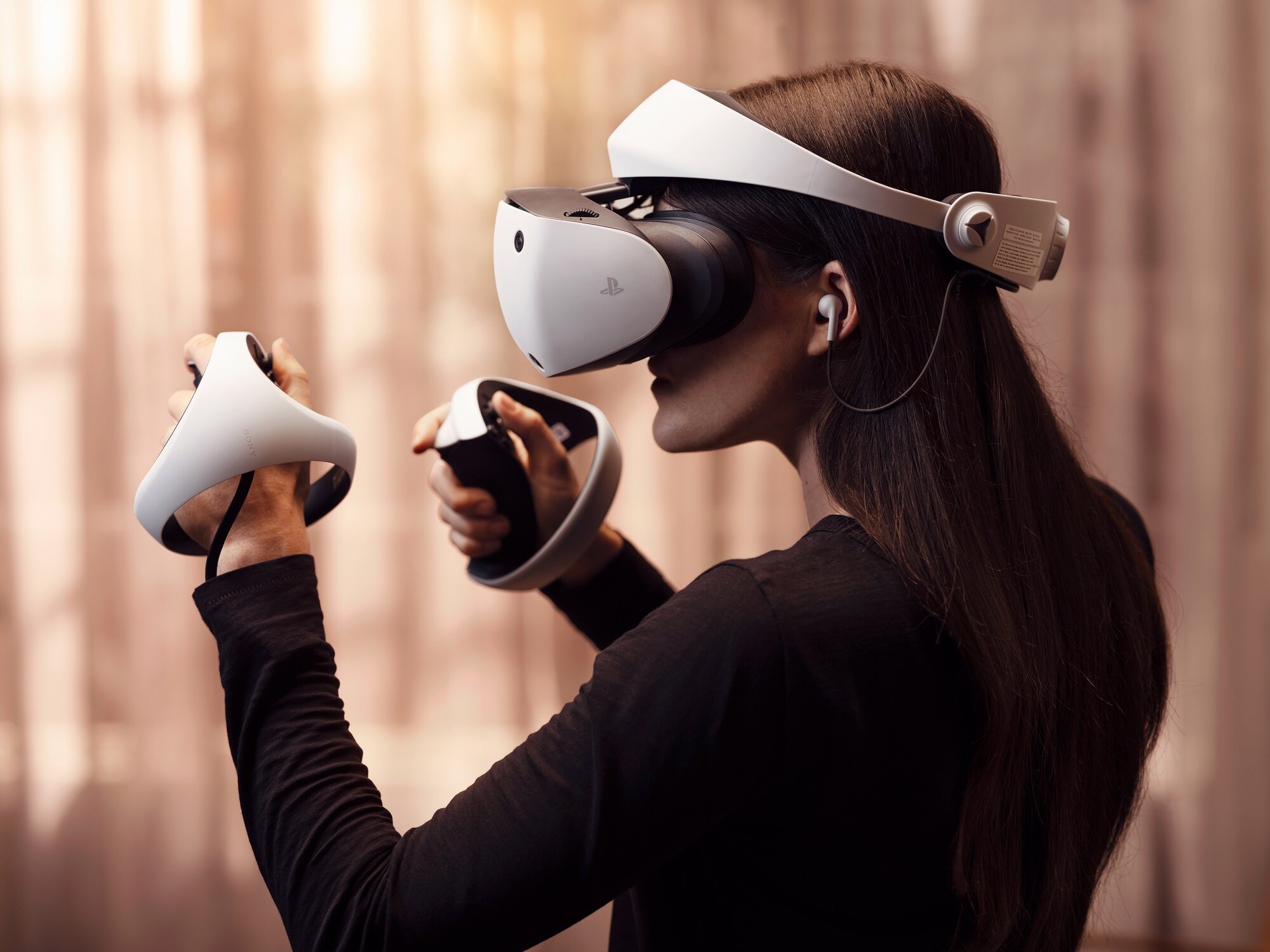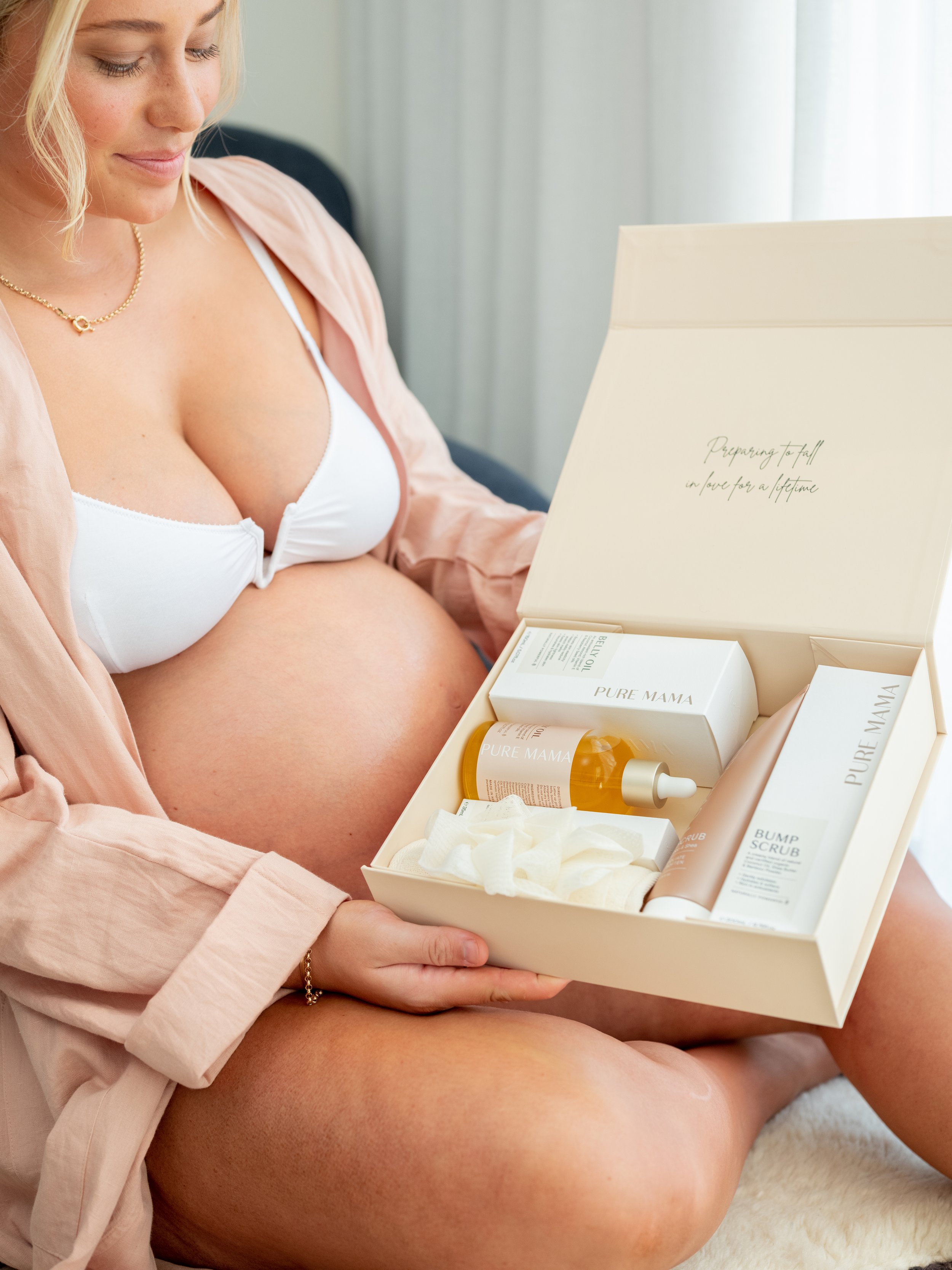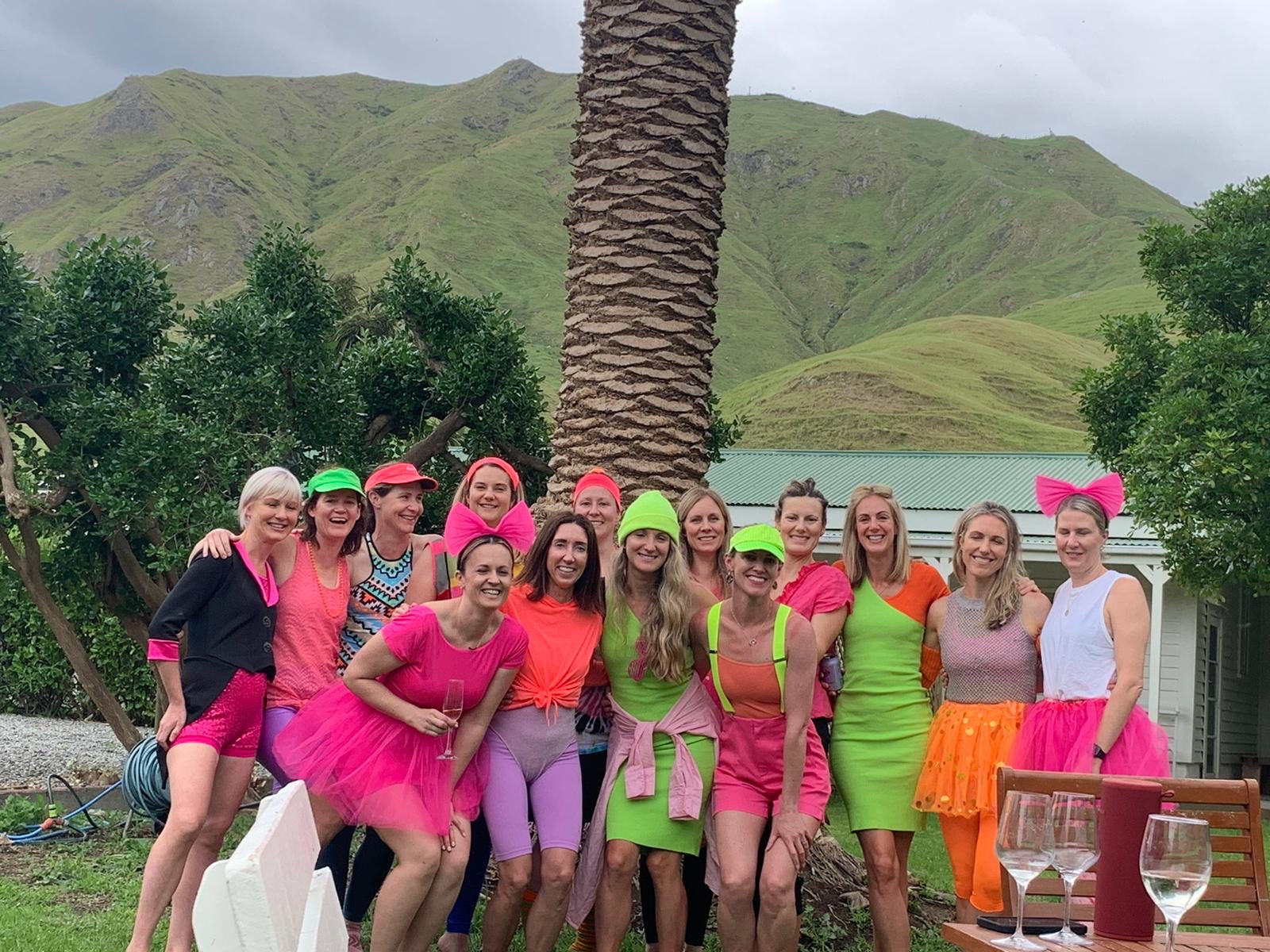Nostalgia and nature
A little bit of domestic bliss awaits in this magical corner of Te Puna.
A little bit of domestic bliss awaits in this magical corner of Te Puna
Words Jo Ferris
Tauranga Harbour is home to some extraordinary properties – but perhaps none so remarkable as this magical corner on a small inlet near the end of a sought-after Te Puna peninsula.
As Wallace Road veers off Snodgrass Road to head down to Waitui Reserve and its public harbour access, this home nestles elevated on a secluded waterfront of its own. Relaxing outside – enjoying a seamless gaze through trees to the water – the enchantment here touches the soul. Birdlife and birdsong are constant companions, thanks to the extent of trees and flowering specimens that adorn this garden. Dappled lighting filters through branches and leaves of the trees that fringe the water. Its gentle sound is the background to calmness.
Waterfront is one thing, but this has the sense of a private lake – shared by a small enclave of like-minded neighbours – and rarely visited by outsiders. Here you can launch the kayak and paddle out to the harbour and open-air freedom. Or, you can simply cherish the seclusion and serenity of this exquisite inlet.
Like the garden, this home has matured and adapted over its lifetime. What started as a simple country cottage decades ago, has undergone several transformations. It has been extended, renovated and upgraded.
Yet never has this home forgotten its roots and the natural simplicity dating back before the 60s.
Wooden joinery throughout extols the appeal of natural timber inside – hinges and latches all in tune with the era. Modern additions like bi-fold and French doors in the living area were crafted to match the original joinery. This home is a brilliant blend of yesterday and today. Bespoke styling in the kitchen instils nature’s subtle tones with a farmhouse nuance. But the contemporary design ensures its focus on entertaining. The barstool island is a natural drawcard, while the map of the world on a feature wall is a conversation piece to test geographic knowledge during dinner parties.
The seamless link with the loggia is the overriding element of this central hub, however. That enchanting view of the garden to the water is a magnet. You simply cannot get enough of it. Understandably, this loggia was built to scale to take full advantage of this outdoor haven and its connection with nature.
Moods change in the lounge. Timber flooring changes to carpet and a more intimate tone is introduced with the darker richness that surrounds the open fire and wood-stack alcove. Gabled ceilings and exposed beams add another point of difference. And this is one of the home’s outstanding features – its numerous points of difference.
Bedrooms are personalised, bathrooms have individual attention; even the separate guest suite enjoys its own personality. Sitting as an adjunct to the garage, it’s an invitation for friends to stay over and enjoy privacy. Thoughts of boutique accommodation hosting are obvious, as well. Who wouldn’t want to come and stay here and lose themselves in this soothing sanctuary? Or this space could serve as a beautiful work-from-home environment (suitable for clients/customers to visit if required).
An air of mystery surrounds this home from the road. Sitting on a bend, it disguises the size of the garden behind the fencing and hedging. A stained-glass door and bullnose verandah hint at this home’s nostalgia. But it’s not until the amble around the back arrives at the magical waterfront setting that this property’s true essence is unveiled.
Gardens change with the seasons; wildlife comes and goes. Beneath it
all, this home’s spell remains constant. Homes within this Te Puna corner don’t come to the market that often. Sitting amid all this serenity, it’s easy to see why. It’s a rare opportunity to join the neighbourhood and share the magic that lives within this special corner of the world.
58 Wallace Road, Te Puna
Colourful Katikati
Natural beauty meets artistic expression in this picturesque little town.
Natural beauty meets artistic expression in this picturesque little town.
Katikati might, arguably, be one of the most underrated towns in New Zealand. Probably due to the fact that it’s a stop and go kind of place – easy to pass by. But you might be surprised to discover this small town offers some big attractions. There’s an abundance of art, plenty of scenic walking and cycle trails, excellent fishing and – of course – the freshest avocados you’ll find.
The town’s artistic heritage is obvious to anyone who’s ever passed through. Instead of the usual boring white walls, many businesses are decorated with showstopping, brightly coloured murals that tell the story of Katikati’s Māori and Pakeha peoples coming together. It’s definitely worth grabbing a coffee and a bite and moseying up the main street to check them out in detail. This unique burst of colour along the main street earned the town the title of New Zealand’s Mural Town.
But that’s just one reason for art lovers to visit. Katikati also boasts Aotearoa’s biggest open-air art gallery, which aims to make the whole town a work of art!
Keen anglers will want to pack their best rod and head to Kauri Point jetty which is a favourite spot for local fishermen. If the fish aren’t biting, why not walk the length of the jetty out into the spectacular harbour?
If you prefer to view the water from land then Lindemann Lookout offers stunning selfie opportunities with a 180-degree view over the Tauranga Harbour.
Don’t forget your walking shoes, as there are many scenic walks to enjoy. The Haiku Pathway is a must, as you discover the many boulders engraved with the popular Japanese form of poetry. The Beach Road loop is a casual, easy stroll with splendid views and bird watchers will find an ample amount of avians on the bird walk.
If you can, timing your stay with one |of Katikati’s many events would be ideal. Fortunately, the town is buzzing with events year-round, meaning you won’t have to wait long. Just some of the popular events include the famed Avocado Food and Wine Festival, the Festival of Cultures, Sheds in Studios Ramble, Christmas in the Park, the Twilight Concert Series and the Katikati A&P Show.
With all this going for it, it’s no wonder Katikati won the Keep New Zealand Beautiful Society’s “Most Beautiful Small Town” award in 2005.
THE GREAT OUTDOORS
UNO catches up with Peter Watson, Western Bay of Plenty District Council Reserves and Facilities manager, to find out all about the best cycle and walking trails Katikati has to offer.
Words Karl Puschmann
Cycle and walking trails have only grown in popularity over the years, and Katikati was quick to recognise the potential of the natural splendour of their backyard. The development of a network of various trails in the area has been underway for quite a few years now. While many are completed, the ambitious project is ongoing and promises to result in some of the most scenic and enjoyable walking and cycling trails around.
“We've done trails around the harbour so people can experience and interface with it,” Peter says. “We’re also currently in the middle of building a 1.2 kilometres shared pathway that goes from the Yeoman Bridge along the edge of the Uretara River to Park Road Reserve. That'll be really awesome when it's done. You’re going to get to see all the lovely birdlife and what have you that's associated with the use of the water.”
The Tauranga harbour (moana) is incredibly scenic, with inspiring views and a bustling wildlife population, something Peter is particularly passionate about.
“There's a lot of birdlife here. If you follow the Uretara River down into the harbour there’s freshwater and saltwater interface, which gives you a mixture of fish and things like that,” he explains. “The water goes up and flushes in so there’s a lot of kingfisher, ducks, pied stilts and even royal spoonbills as well. A lot of people like it there. It’s a very peaceful, quiet place.”
Walk the walk
Whether you’re after a casual stroll enjoying the views or prefer to power through and walk a sweat up Katikati has a trail to match your level. Meandering through Haiku Park is a real draw card for a meditative jaunt. For access to the Northern Kaimai Ranges, head out to the end of Wharawhara Road where you can access walking tracks in the Kaimai’s.
“There's a range of walks,” Peter says. “After COVID-19, people have been looking for an excuse to get out. They’ve started to appreciate the value of open spaces and the sense of well-being you get being in nature.”
The Tamawhariua Reserve trail is a 2.9km coastal walk that offers a casual loop for both walkers and cyclists and you’re welcome to take your dog as long as you keep it leashed. At a breezy 41 minutes, it’s a good way to stretch your legs.
Alternatively, the Aongatete 6.6km long loop track at the end of Wright Road offers a moderate challenge through native forest complete with stream crossings and fallen trees to amble over. Fido will have to stay home for this one, however, as dogs are not permitted due to the abundance of birdlife in the forest.
As for Peter, he can’t pick a favourite trail. He says he loves them all as they’ve worked hard to ensure the trails encapsulate the land, water and sky.
“You can really connect with nature, trees and native vegetation and bird life here,” he says. “What we're trying to do is give people an experience where you can take longer or shorter routes.”
ON YER BIKE
As with its walking tracks, Katikati also provides for cyclists of all skills.
“There’s a variation to the cycling experience,” he says, noting most trails are loops so riders can feel like they’re going somewhere rather than having to bike back along the same path. “We've got a big cycle network with a range of different grades to explore. ”
Along with the Katikati Trails Development Group, Council wants to get people on their bikes around the trails and have a great experience. "By offering a variety of cycle trail options, which includes Waitekohekohe Reserve up Thompson's Track Road, with dedicated purpose-built mountain bike trails and equestrian tracks that include a galloping track and jumping ally, we hope to get people visiting more often to use the trails."
LIVE, PLAY, EAT, KATIKATI
These must-visit stopovers showcase the best that Katikati has to offer
NURTURING NATURE
Discover this gift shop with a gorgeous range of homewares, gifts and our very own range of honey, which is crafted on site. Our charming retail store is adjacent to our manufacturing facility which is open for tours by appointment. BeeNZ is working with nature and the environment to bring its customers the highest quality New Zealand honey.
TASTE OF TRADITION
Step into a world of legacy and indulgence at this family-owned establishment, where history intertwines with exceptional dining experiences. Celebrating over 130 years in Katikati, The Talisman proudly embraces local growers and family-owned enterprises. Unveil the magic of the restaurant, sports bar, garden bar and boutique accommodation, where award-winning chefs craft bistro-style masterpieces. Savour the taste of tradition, with each bite taking you on a remarkable journey.
GET CRAFTY
Experience the vibrant Katikati Artisan Craft Market, an enchanting rendezvous on the third Sunday of each month from 9am to 1pm. Nestled at the A & P Showgrounds, immerse yourself in a treasure trove of locally handcrafted wonders. With great coffee and hot toasties, unleash your inner explorer and indulge in a shopping spree like no other. Join us amidst the breathtaking beauty of the BOP, where even furry friends on leads are embraced. Discover that extraordinary find for yourself or someone dear, and make every moment a masterpiece.
HEALTHY SIP
Discover the real taste of refreshment with Dr Bucha's Living Drinks! Crafted by the talented duo, Donna and Fin McDonald, our kombucha is
a healthy alternative to soft drinks and alcohol. We add real fruit flavourings directly to the bottles, ensuring an authentic experience. Locally made and hand-crafted, our kombucha supports the community and delights customers. Join us at the Katikati Produce Market or visit our website for free local delivery. Embrace a healthy choice with Dr Bucha's Living Drinks.
NATURAL PET CARE
HoneyVet was developed by two friends – one a veterinarian and the other with an extensive background in the New Zealand honey industry. Both saw a need to provide our animal friends with a much safer alternative to skin and coat care using nature's healing properties, from this, HoneyVet was born. HoneyVet is made locally in Katikati from locally sourced ingredients and is exclusively available to purchase at BeeNZ or online.
TRIP TO THE PAST
Step back in time at Western Bay Museum – New Zealand's premier small museum. Immerse yourself in the 1900s with our interactive group tours. A guided tour involves period costumes, fascinating exhibitions, freshly baked scones and tea served in antique bone china. Book now for an unforgettable experience. Open Monday to Friday 10am-4pm, weekends and public holidays 11am-3pm. Visit us at the historic Fire Station building on Main Road, Katikati. Don't miss out on this extraordinary journey loved by locals, groups and families.
WELCOME TO FAIRVIEW ESTATE
Only a couple of minutes from Katikati lies Fairview Estate, a lifestyle subdivision situated between the sheltering Kaimai Ranges and the beautiful Tauranga Harbour.
Take a breather
Café Nineteen operates seven days a week and is open to all. With both indoor and outdoor seating and bar areas, with views over the golf course, this relaxing setting provides the perfect environment to enjoy a meal and drink either after a round of golf or just catching up with family and friends. They’d be happy to host your next function too, no matter how big or small.
Play a round
Fairview Golf Course is an 18-hole course that offers one of the best golfing experiences in the area. There are also a number of facilities, including a fully stocked golf shop and practice areas, as well as a fleet of golf carts. It is the local club for Katikati and has a range of membership options available which come with many benefits. Green fee players are encouraged to come and play on the wonderful course.
Home sweet home
Why not enjoy the wonderful facilities and everything on offer at Fairview year-round by making it your new home? Fairview is one of the best lifestyle subdivisions in the area and has a limited amount of freehold, including golf course fronting, house and land packages still available. The purchase of a property at Fairview also comes with membership to the exclusive Country Club, which gives you use of the indoor pool and spa, health studio, tennis courts, barbeque and petanque areas, plus more along with all the community spirit that comes with it.
34 Sharp Road, Katikati
Gearing up for change
Awards, massive renovation and a new service centre and showroom in Pāpāmoa are pushing the dealership to greater heights.
Awards, massive renovation and a new service centre and showroom in Pāpāmoa are pushing the dealership to greater heights.
Photos | Amanda Aitken + Jahl Marshall
The dealership that occupies a whole block on Hewletts Road is set to build in Pāpāmoa, to keep up with the growth of its 16 vehicle brands. Offering everything from quality pre-owned cars, right up to new luxurious brands, the time seemed right to develop further. In 2024, Farmer Autovillage will zoom into Pāpāmoa with the opening of the new service centre and showroom. They're the first dealership to put down roots in the area.
UNO caught up with the Farmer Autovillage team to find out about the most recent changes and the exciting developments happening this year – and next – at Farmer Autovillage.
Image courtesy of Chow:Hill Architects Limited.
Feel at home in Farmer Autovillage
Expanding the scope of the Škoda showroom was the first priority for the dealership when it decided to upgrade part of the Hewletts Road
site one year ago. Modernisation of the downstairs area achieved an at-home feel and gave Farmer Autovillage the opportunity to improve their customer-focussed offering, including the café.
Customer feedback around the café has been overwhelmingly positive. Aiming to make it more comfortable and providing a relaxing environment for their customers was imperative in the planning.
Walking into the newly restyled café feels as if you're stepping into a sophisticated Melbournian-style eatery. With a dedicated space for kids, comfortable lounge area, business lounge upstairs and free wifi, customers can sit back, relax and enjoy the food and coffee on offer.
PĀpĀmoa Expansion
Building a brand new service centre has been a major project for the Farmer Autovillage team this year. With 30 percent of their customers based out towards Pāpāmoa and Te Puke, they knew it made sense to provide a more convenient location.
Construction will start on the 10-bay workshop in Pāpāmoa in July 2023, and will be complete with a five-car showroom by January 2024. The workshop will service their 16 brands, and all other makes and models are welcome.
Electric Mobility
Farmer Autovillage has the biggest range of electric, plug-in hybrid and hybrid vehicles in the Bay. The dealership accommodates for all budgets when it comes to electric vehicles, from the gran turismo of the Audi RS e-tron GT to the value packed MG ZS EV, there's something for everyone.
Now the Autovillage has recently added Horwin electric mopeds and GoScoot electric scooters, to provide people with even more mobility options.
Ensuring customers always have a range of vehicles at hand is a top priority for the team, to make loan services as easy as possible. And now they’re driving sustainable practices by moving all of their service loan cars to electric and hybrid, while also offering GoScoot Electric Vehicle Scooters and E-Bikes, for customers to pick up and take.
Of course they still have the courtesy Volkswagen multivan running daily for people to jump aboard, but group after sales manager Bevan Sheppard says they’re now encouraging use of the new pedestrian laneway that runs along Hewletts Road into the city and to Bayfair.
In terms of servicing electric vehicles, Farmer Autovillage has been one of the most progressive dealerships in New Zealand. They were the first dealership in the Bay of Plenty to install a 175kW DC ultra-fast supercharger on site four years ago. For those new to the electric vehicle world, the dealership's Wallbox showroom offers an interactive space where customers can learn about electric/wall chargers and interact with them alongside the Farmer Autovillage parts specialists.
The dealership's Wallbox showroom offers an interactive space where customers can learn about electric/wall chargers and interact with them
Over the last five years, the team has worked hard to create total vehicle care solutions, aimed at customer and vehicle care. Now it includes services such as windscreen chip repairs, as well as wheel repair and alignment for all makes and models.
“The ultimate aim is for customers to know they can come to us,” says Bevan. “Anytime you think, ‘I need something for my car’, we want to be able to provide that. And we’re about 99 percent of the way there. We've invested in things that no other car dealership really does.”
And now with the online booking portal, customers can easily book in services like a warrant without spending time on the phone.
Awards aplenty
Adding to their already jam-packed shelves of awards is always a bonus for the Farmer Autovillage team. Farmer Nissan recently took home the Master Elite award for best Nissan dealer worldwide – a monumental achievement for the team. Prior to that the coveted Audi Dealer of the Year 2022 award was bestowed upon the dealership, with six team members also awarded as winners of six different categories.
Dealer principal Blair Woolford says the team was more than satisfied with the multiple awards, especially the overall Dealer of the Year win. "To win the award twice in three years speaks volumes of the hard work and dedication of our whole team,” he says.
And for Farmer Autovillage, that ongoing hard work and dedication is the best reward of all.
Under pressure
A revolutionary sensory therapy is bringing clients a deep sense of wellbeing and inner peace.
A revolutionary sensory therapy is bringing clients a deep sense of wellbeing and inner peace.
Words Monique Balvert-O’Connor
Desiree De Spong loves how her working life is strongly focussed on offering people the chance to be wrapped up and supported, to feel warm, relaxed, calm and even healed.
All that is possible thanks to Desiree’s knowledge of the body’s lymphatic system and her associated desire to help facilitate life-changing results for a variety of people.
The Tauranga woman is a lymphatic specialist and developer and designer of Flowpresso®. Flowpresso, Desiree explains, is a sensory therapy system designed to reset the body’s physiology to support healing and general health.
The system is a result of Desiree’s desire to combine holistic therapy with scientific rigour, driven by a conviction that lymphatic therapy offers “a missing link in health”.
Essentially, Desiree tells, Flowpresso the product is a special bodysuit – one that comprises individual chambers that inflate in sequence and cover the legs, abdomen, arms and torso. It is non-invasive natural therapy, with reclining clients remaining clothed while enjoying a sensory treatment based on compression, thermodynamic heat and deep pressure (“pressure of a good kind”). Hence the feeling of being wrapped up, hugged and calmed.
Among those endorsing the suit is our constabulary. A research study, which involved 135 first responder candidates, showed the suit improved sleep by 92 percent, reduced stress by 63 percent and reduced anxiety by 55 percent. The WBOP Police became early adopters – that was two years ago – and remain users. Following their lead were other first responders, such as nurses and firefighters – people dealing with community stress and then their own. Referrals also come from counsellors, psychologists and others within the health field.
So, what’s the magic behind this suit? Flowpresso’s purpose is to release toxins, switch off the body’s fight-or-flight mechanisms, and encourage a rest and repair state, which is the optimum state required for a body’s healing process. Time in the suit once per week for three weeks is recommended.
For Desiree, Flowpresso is the realisation of her dream to create an evidence-based therapy that helps with mental health and sleep crisis.
It’s a field that’s a far cry from what she did in her “past life”: She worked in IT and finance for the NZ Fire Service.
“I made the change as I wanted to be involved in something that helped people. I became spellbound when I attended workshops in lymphatics. It was like a lightning bolt moment, as I saw lymphatics as the missing
link in health,” says Desiree, who went on to train in the USA and Australia.
She’s been a lymphatic specialist for two decades now, constantly building upon what she can offer. Flowpresso is a relatively new development, resulting from extensive worldwide study of existing technologies and their efficacy. This keen entrepreneur soon realised she would need to design an effective device and develop an initial prototype.
The first Flowpresso suit was manufactured only four years ago. Updates and refinements followed and the full Flowpresso system was launched in February 2020 with support from NZ Trade and Enterprise.
Close to 500,000 sessions per year are going on in the world now, Desiree tells. Exports are predominantly to the USA, Australia and the outskirts of Europe. In the USA alone, the suits are used in about 240 clinics and donned by those in law enforcement there too. Desiree has been hosted on a couple of occasions at the NZ Embassy in the USA to speak to those involved in defence, homeland security, law enforcement and firefighting.
Back home, Desiree and fellow wellbeing advocate Karen Gemmell, own Neuro Bar (with Tauranga, Te Puna and Matamata clinics) where Flowpresso therapy is available. Other clinics have purchased the suits, so Flowpresso is available in various locations nationwide.
Creating something pivotal in facilitating people to experience positive change in their lives is the best thing ever, Desiree says. "It's heart-touching and I’m elated. Users talk about how relaxed they feel after a session – some hadn’t necessarily realised how stressed they were. People say they’ve noticed improved sleep quality and energy, and a decreased stress response. Many feel they’ve been hugged all over.”
“Among other things, hugs release the feel-good hormone, but a lot of people don’t have access to hugs. And as the saying goes, we need four hugs a day for survival, eight for maintenance, and 12 for growth,” Desiree smiles.
Follow the light
Head over to Whakatāne this season, where you’ll find colourful artworks and not one but two bright and shining celebrations this winter.
Head over to Whakatāne this season, where you’ll find colourful artworks and not one but two bright and shining celebrations this winter.
Words | Karl Puschmann
Whakatāne promises to light up the region this winter as the Trust Horizon Light Up Whakatāne Festival returns to bathe the town in warm hues and bright neon.
Following on from an incredibly successful debut last year, which saw attendance exceeding planners' estimates four times over, the organisers have gone all out to make this year’s 10-day event bigger – and most definitely brighter.
“The festival consists of about 16 artists and their work will be spread out over the Whakatāne CBD,” Sam Poots, the project co-ordinator for Arts Whakatāne, tells UNO. “It’s a mix of installations, projections and interactive standalone objects that will be lit up from 6pm to 9pm each night.”
The roster has been curated from local and regional artists like Jamie Boynton and Kereama Taepa, and includes Story Box in collaboration with artist Desna Whaanga-Schollum. Additionally, there’s some global flavour as, for the first time, a sprinkling of work from internationally acclaimed artists like Australia’s James Voller will be lighting up the town centre.
But the real highlight of the festival are the Friday and Saturday night celebrations. It was due to last year’s community night being such a hit that this year it was decided to add another one.
“We estimated having 300 to 500 people turn up at the community evening. We had over 2000,” Sam smiles. “It was hugely gratifying and heartwarming to know that the community really wanted this. We had such positive feedback. Around the artworks, around it being family friendly and something unique to Whakatāne. It brought the community together.”
While details are still being locked in, the first Friday will feature the expected festival-type experience including performers, food trucks and stalls, while the brand-new Saturday event will include a big Lantern parade down by the Whakatāne River.
Last year’s festival was about getting the community involved, but this year Sam is hoping its unique nature, and the impressiveness and fun of its electric art, will bring out-of-towners to the city to experience it for themselves.
“Whakatāne is very summer orientated with the beaches and sunshine so we really wanted to create an event in winter,” Sam says. “Because of the popularity of light festivals, we saw it as a really good opportunity to bring something here, provide opportunities for artists to display their works and say, ‘Hey, look, we've got this awesome event on, come see it and explore Whakatāne in wintertime.’”
With its focus on community and family, stunning and unique artworks and big Friday and Saturday nights, Whakatāne has become a real bright spot in an otherwise dark winter.
The Trust Horizon Light Up Whakatāne Festival runs from July 28 to August 6 in the CBD and is a completely free event.
Whakatane Travel Guide
Whakatāne is spoiled for choice when it comes to eateries and things to do. Here are some recommendations on where to spend your time when you’re in town.
Mata Brewery
The craft beer craze has hopped into Whakatāne, and beer lovers will be in heaven at the award-winning, family-owned Mata Brewery. Try their range of handcrafted brews, like West End Lager, Spellbound Hazy IPA and Manuka Golden Ale. The more adventurous will enjoy Mattachino Coffee Chocolate Milk Stout or Berry Sundae Beer. Accompany your tasting with a full range of stone-cooked pizzas, gourmet burgers and hard-to-resist loaded wedges.
The Comm
This gastropub on the ground floor of a beautiful heritage building offers an extensive menu of pub favourites, as well as gourmet delights like twice-cooked pork belly and coconut lime ceviche. Stylish inside and with a sizable garden bar, it’s a great place for an afternoon drink that can stretch into dinner.
Golfer’s Paradise
A short drive from town is the Whakatāne Golf Club, an 18-hole championship course that is renowned for being one of the finest in the Bay of Plenty. Over the hill you'll find the truly unique Ōhope Beach Golf Links, nestled on a strip of land that lies between the Pacific Ocean on one side and Ohiwa Harbour on the other – the views while playing are simply magnificent. Why not try to make a hole in one at both?
Footprints of Toi
Whakatāne has sensational walking and tramping trails. You'll either enjoy a brilliant walk along the coastline soaking in its stunning ocean vistas, or plunge into the natural beauty and greenery of its ancient native forests. At the Ngā Tapuwae o Toi Trail, translated as “Footprints of Toi”, you'll follow birdsong through native forest past pohutukawa while also enjoying sublime coastal views of the Whakatāne harbour. The 16km round trip takes five to seven hours, but it’s split into three sections so you can enjoy shorter jaunts.
Kiwi Wandering Trail
Whakatāne is recognised as the Kiwi Capital of the World, and our national icon thrives here thanks to the tireless work of the Whakatāne Kiwi Trust, who ensure a safe, predator-free place for them. If you have kids, they'll love exploring the Kiwi Wandering Trail, a self-guided scavenger hunt through town looking for the 10 hidden, life-sized bronze statues of our iconic bird.
Turning heads
A stylish new salon in Te Puna makes waves.
A stylish new salon in Te Puna makes waves.
Words Nicky Adams | Photos Jahl Marshall
Opening its doors at the end of last year, Kevin & Co is a new hair salon based in the heart of Te Puna village. With its stunning fresh décor, wooden accents and spacious layout, the aesthetic is everything that owner/founder Amanda Sutton had envisaged when she set out to create a calm space where clients could relax and zone out.
Together with stylist/executive assistant and “right-hand woman” Hayley McCabe, Amanda has concentrated on setting the tone for a retreat-style salon. Using premium hair care products was hugely important to her, and she raves about luxury brands Oribe from the States and premium Australian haircare from Kevin Murphy.
“In the colour range, the Kevin Murphy tints are honey based and ammonia free, so they’re super soft on your hair, giving heaps of shine, and are nice and gentle on the scalp – which is really important for people these days.” In addition, when it comes to colours, it’s “hands down the best powder lightener I’ve used in my life, although their colours are really good across the board.”
I comment the brand must be good to have inspired the salon name – to which Amanda laughs: “It’s not actually after the brand; this tracks back to when I was a teenager, I’ve always wanted an English bulldog; his name was going to be Kevin, and he was going to be a salon dog – the salon just happened to come before the dog!”
Based in Hamilton until around five years ago, she moved to Tauranga, and met Hayley when they worked in a salon together. They formed such a great bond that when Amanda opened Kevin & Co, Hayley coming on board was a natural step. They are, says Hayley “very much a team.” They recognise the great synergy they share is important as they expand, which will be the next natural step. But while Amanda plans to take on more staff, maintaining the calm vibe remains central to her vision.
The atmosphere is zen, but the feel is modern. I wonder where each of their passions lie as stylists. Amanda says she thrives on finding that perfect hue for her clients – “I love anything colour related. I’ll figure something out for you – if it’s blonde, brown or copper – as long as I can make you feel good, I’m happy.” Hayley equally enthuses about the colour process, and she fizzes when she talks about blondes: “I love the transformation with blonde. It’s not just one shade – you can do so much with it – you can create dimension and you can make the client bright or creamy, cool, warm.”
They are both aware that part of hairdressing is being up to speed with the latest looks, although most “new” trends have been done before. “All the grunge, and the 90s is coming back – the wolf cut, undone, messy – it’s following the same curve as fashion.” I wonder what their dream style would be to create. Amanda would go for the total redo “100 percent! People do their best work when they are left to do it; bring in your inspo pictures and we’ll dive in and figure out what you like most out of each picture, but the creative freedom to bring it to life is amazing. I also love colouring, a lot of people don’t take into consideration eye and skin colour – all of that comes down to what kind of hair shade they should have.” Hayley, on the other hand, is all about the cut – “I love a good blunt long bob. If someone comes in and wants it, I’m like, ‘Let’s do it!’”
For those people who have tricky hair, or who may be reluctant to try a new style or salon, Amanda agrees it can feel like a big step. “We offer free consultations; for anyone who is second-guessing, that’s a really good tool. You can come and scope out the environment and space and see if you feel comfortable here – talk to the stylist, see if you form those connections. We would cover everything from past experiences, products used, styles tried, then we can hone in on what you’re after.” Excited about the journey, both stylists are committed to staying ahead of the curve. As Amanda rounds off, “The second you stop wanting to learn as a hairdresser, you should stop hairdressing”.
Amanda’s top haircare tips
Start with a good foundation, to make sure you get the best out of your new hairstyle. A personalised shampoo and conditioner will make dealing with your hair on a daily basis much easier.
Protect your hair when heat styling. Heat protection comes in many forms, such as a spray, cream or foam, and is essential to ensure minimal damage.
Maintaining colour between appointments is easy: For blondes, use purple shampoo, and brunettes, pigmented conditioner. Some shampoos even have UV filters to protect against sun damage.
Keep hair healthy with a weekly treatment. My favourite is a scalp scrub followed by a deep-conditioning treatment. It keeps my scalp happy and my ends lush.
Maintain long hair with a micro-trim every six to eight weeks. Taking off the smallest amount promotes health and ensures it grows happy and long.
Timeless seclusion
Soak up the privacy along with the waterfront scenery in this modern take on the traditional villa.
Soak up the privacy along with the waterfront scenery in this modern take on the traditional villa.
Words Jo Ferris
Taking the colonial character of villas from the past, this home combines the luxury and comfort of a modern build in ways that will retain its enduring grace for years to come.
Architecturally designed, the home was completed in 2009 and remains a testament to the vision of this peaceful setting on Tauranga Harbour. Nestled in a secluded waterfront corner just outside Katikati, the home enjoys complete privacy – lost within the freedom of this prime horticultural area.
A small avocado orchard and numerous edible plantings are natural additions to the lifestyle on offer here. But it’s the home and the serenity that gives this property purpose. The familiar lines that define colonial villas are emphasised immediately, thanks to the vast wrap-around verandahs. These follow the sun and extend private settings off bedrooms and living areas right around the house.
It begins with a café serving from the kitchen window into a quiet corner, before wrapping around the home to the main event and that waterfront scenery. Sheltered settings step down into the full sun and out into the garden where a firepit circle beckons to toast sunset. Towering palms and manicured gardens immerse this home within nature in ways that ensure all rooms savour the sun and scenery.
Four bedrooms all have the personal luxury of an ensuite – an aspect which enhances the potential to consider a possible commercial venture with boutique home hosting. Three bedrooms also enjoy French door access to the verandah, out to the garden and nature down by the water.
Mindful of the colonial influence, the attention to detail is to be admired. Colonial-styled wooden joinery throughout features traditional
brass hardware. Sash windows hark back to a different point in time, while parquet flooring in the foyer and kitchen also pays homage to the
age of craftsmanship.
The bespoke kitchen cleverly blends the appeal of a farmhouse design with the contemporary tone of sleek finish. Its ability to serve areas outside and indoors for both casual and formal dining makes entertaining a pleasure. Function and flow move easily from the family hub to the quieter mood by the fire in the lounge, or outdoors to alfresco areas. A well-placed spa is another invitation that enhances the leisure and relaxation here.
Finesse is clearly evident everywhere in this home. It’s what’s not seen that accentuates the vision behind its creation. A geothermal bore provides hot water for circulation in the home’s hydronic underfloor heating. This network extends throughout the entire home – excluding only the garage. Yet, even in this area, forethought has considered another option. Connected to the house via a verandah and with a sheltered patio of its own, this garage contains a large laundry, powder room and storage area. This is plumbed to allow possible conversion for a studio or separate accommodation, perhaps.
Additional features include several extras. A new fridge/freezer in the kitchen, TVs in the kitchen, lounge and bedroom, along with a Bosch washing/dryer machine. The spa pool stays, as does the fire pit, the ride-on mower; among other built-in features in the home and garage. Immaculate care of this home has kept pace, with a new dishwasher, plus a new solar/electric hot water cylinder with 10-year warranty.
Tranquillity underlines the very essence of this property. The home and grounds soothe the soul. Either wandering around the gardens, or strolling amid the avocado orchard, time here isn’t governed by a clock. Buffered from neighbouring properties, there is a sense of complete seclusion here. Water, scenery and sun feed the soul – what more could you ask for?
55 Pukakura Road, Katikati
Feel-good fashion
Sister boutiques Urban Vogue and George Edward keep fashion at the forefront.
Sister boutiques Urban Vogue and George Edward keep fashion at the forefront.
Words Nicky Adams | Photos Salina Galvan
Buying clothes is a bona fide spirit lifter. There is joy (and adrenalin) involved in finding that perfect outfit, but a huge part of the experience is being comfortable and confident in your surroundings when you make those choices. Vicki Burns, owner operator of Urban Vogue and George Edward in Bethlehem, and her team are exactly the sort of people you want to be there to help with those – sometimes complicated decisions.
Despite 30 years in the industry, Vicki has not been caught up in the smoke and mirrors of the fashion world. What drives her is knowing that her customers can enjoy all the attractions of a boutique surroundings but have access to attainable but individual pieces. With her own style leaning towards a casual steampunk aesthetic, what Vicki loves is that she has found her niche in the market by bringing her client base a range of looks that are influenced not by her personal preference, but by good style and high quality rather than moving trends. In fact, she tells me, her best feedback is when customers come back and say, “I’ve thrashed that piece – can I have something similar?” Not, she laughs, the best business model in a trend-led industry.
Her small team are, like Vicki, there to help with their considerable experience and expertise, rather than to tell people they look good to secure a sale. The success of this ethos is reflected in the fact that the majority of the two stores enjoy predominantly repeat custom. The team have mostly been with Vicki from the very beginning, or the early days. Urban Vogue was established 16 years ago when Bethlehem Town Centre was developed, and Vicki took over George Edward a year or so later. She finds it works well having the two stores so close together. There’s a slightly different emphasis on stock, with Urban Vogue catering to those looks that you won’t find elsewhere, and George Edward leaning more towards classic, modern chic. But with the same staff working between the two shops and having knowledge of the entire stock, there’s a synergy that means customers have the benefit of a far more extensive pool that they would first have thought. The team of Kim, Sonia, Robyn, Megan and Donna all bring a unique skill set, from Sonia with her flair for individualism, to Megan who is an instore professionally trained colour consultant, able to assist customers with their best looks.
The concept of doing things a little uniquely filters from the looks to the interior design of the stores, specifically Urban Vogue, which has been set out in the style of wardrobes. Typically arranged by colour, it streamlines the process for the customer. Vicki holds that for the store her initial mission statement was “to develop a space where people could come and tell us the dog’s sick or the bird’s having its beak clipped
– I wanted a friendly space. For people to come and connect. And that’s what they did – and those people have carried on supporting us.” When it comes to the labels held in stores the idea was “trying to get things that were a little bit outside the square, but not to the point where it’s scary for the consumer.” Over the years the brand choices have evolved organically, as Vicki continues to strive for a feel of exclusivity – along with this, Vicki has her own unique spin on the styling of her pieces. This, she puts down to her personality. “It’s really good, because although there are other lovely independent boutiques locally, we’ve all got quite different personalities – and that comes through in our stores.” Along with the different looks is an emphasis on body inclusivity and wearability. “I want things people will wear above all else. I don’t buy for a fleeting trend; I buy for my customer. And they need quality and affordability.”
Vicki’s boutiques are well known for the fabulous fashion shows they put on locally – often for a charitable cause. She loves the community aspect of these and sees it as a way of giving back to her loyal customers as much as showcasing her lines. As someone uncomfortable with limelight and fanfare, Vicki is level-headed about the perceived glamour of the fashion world. Instead, she thrives on representing the ordinary woman in fashion’s extraordinary world. What she does love is “the changing landscape – you don’t know from one day to the next what you’re going to get out of the industry. I might not buy the passing trends if it’s no good for my customers, but I love to look at them, keep up to speed, to feel the fabric and know that the quality is being upheld.” For Vicki and the team at Urban Vogue and George Edward, the real joy is customer service, satisfaction and the camaraderie that fashion produces.
Through the lens of giving
Colour, candour and compassion are three hallmarks of the stunning images featured in Acorn Foundation’s recent 20th birthday commemorative photographic exhibition, presented in partnership with UNO.
Colour, candour and compassion are three hallmarks of the stunning images featured in Acorn Foundation’s recent 20th birthday commemorative photographic exhibition, presented in partnership with UNO Magazine
Photos Alan Gibson
Shifting the focus to those deserving of support has always been at the forefront of Acorn Foundation’s mahi. Their recent 20th birthday celebration was true to form, showcasing the extraordinary generosity of Acorn’s donors and the lasting impact of their gifts on the local community. In partnership with UNO and our award-winning photographer, Alan Gibson, a stunning photographic exhibition was unveiled in the heart of Tauranga on April 4.
The exhibition, Enduring Connections, featured 18 of the more than 290 charitable groups in the Western Bay of Plenty who have received funding from Acorn. Spanning organisations focussed on the arts, environment, youth, food insecurity, homelessness, health, diversity and more, these images acknowledge in a visually impactful way the enduring difference Acorn donors seek to make, and the enduring support Acorn is then able to extend to the region.
The Acorn Foundation was established back in 2003 by their inaugural chair, Bill Holland, with the support of a group of committed trustees. Acorn is now one of 17 community foundations in New Zealand that use a smarter giving model that involves pooling and collectively investing donors’ funds. The capital in the fund remains intact, while a portion of the income is distributed annually to the local community. Using this method means that Acorn’s donors can support causes close to their hearts, forever.
The Edna Brown Fund was Acorn’s first donation. Upon Edna’s death in 2001, she left $67,000 for the benefit of the community. When Acorn was founded two years later, her trustees thought that the foundation would be the perfect place for Edna’s gift. After 20 years, Acorn has given away more than $89,000 from Edna’s fund to support local charitable organisations. Her fund value is now $91,000, and is a perfect example of the community foundation model. The Acorn team know that Edna would be absolutely thrilled.
In 2023, over 430 donor funds – and more than 600 donors overall – support the community in all sorts of ways. Thanks to these generous donors, Acorn has now reached $60 million in funds under management that are invested with Craigs Investment Partners. More than $13 million overall has been distributed to nearly 300 worthy causes in the Western Bay of Plenty and other areas important to Acorn’s donors.
The Acorn team has a tremendous belief in the power of community foundations and the enduring difference that Acorn can make in this region. Understanding that overseas community foundations are over 100 years old, they know that Acorn’s story is just beginning.
SURFING UP SUCCESS
“The new day dawning is really a metaphor for the work done by the amazing crew at Live for More. It’s a new beginning, or a fresh start from their troubled pasts, through the surf therapy programmes they run. I think that this image captures the ray of hope that their work brings to so many, one wave at a time.”
~ ALAN GIBSON - PHOTOGRAPHER
Live for More empowers vulnerable young men who are caught up in lifestyles that include alcohol, drugs and crime to find freedom from their troubled pasts and be inspired to live positive and fulfilling lives. Acorn Foundation funding supports Live for More to provide counselling and mentoring for these rangatahi, giving them a renewed understanding of their identity, purpose and potential.
COLOUR ME HAPPY
“Tasked with creating a mural covering the drab wall of a Te Puke commercial building, artist Kalib Wallace was struggling with both deadlines and bad weather. Luckily, rangatahi from Ngā Kākano Foundation were there to help him create something beautiful while learning invaluable skills from an accomplished artist.” ~ ALAN GIBSON - PHOTOGRAPHER
Ngā Kākano Foundation provides a wide range of free and accessible health and social services to families living in Te Puke. Acorn has a strong focus on youth development through field of interest funds, which supported young people to create this colourful mural as a creative outlet.
STREAMS OF CHANGE
“When a photographer asks you to stand in the middle of a fast-flowing stream, some people might think twice. Karen Smillie jumped - or, rather, fell! - straight in, keen to promote the work Project Parore do to protect the water quality in Bay of Plenty catchment. Fellow passionate environmentalist Ben Haarmann joined her on the bank.” ~ ALAN GIBSON - PHOTOGRAPHER
Project Parore focuses on improved freshwater quality through restored native habitats. Volunteers work with local landowners to practice ecological restoration for improved soil health, stream health and biodiversity in the waterways that feed into Northern Tauranga Harbour.
HISTORY COMES ALIVE
“Hidden away among the majestic trees that are its namesake, The Elms | Te Papa has been a place for locals to gather and learn for generations. Through the lens, I can see paintings, photographs, and beautifully crafted objects. The smell of ancient woods used to make them combine with the sights to transport visitors back in time.”
~ ALAN GIBSON - PHOTOGRAPHER
The Elms | Te Papa Tauranga is a very important heritage and educational site as a place of early contact between Māori and Pākehā. Acorn’s unrestricted fund has provided support for expenses, and in addition, Trustees have set up a Community Group Fund with Acorn to ensure that this site remains open for future generations.
EMBRACING COMMUNITY SPIRIT
“The Holi Festival has its roots in Hindu traditions and is an opportunity for the local Indian community to bring a sense of fun and the colours of their culture to Tauranga. I wanted to capture the emotions expressed as people unleash their inner child, tossing coloured powder that all bear different meanings.” ~ ALAN GIBSON - PHOTOGRAPHER
Acorn’s VitalSigns® research highlights the importance of residents feeling a sense of belonging and engagement in their town and of migrants feeling welcomed by locals. This desire to enhance community connectedness is why Acorn is a joint funder of the Tauranga Western Bay Community Event Fund.
JOY OF GIVING
“The absolute thrill that Alan Goodyear gets from supporting the development of tamariki in Katikati is undeniable. At the primary school during a kapa haka practice, the kids loved having Alan watch, as you can see in the intense pukana of young Alex Hollows.” ~ ALAN GIBSON - PHOTOGRAPHER
Alan Goodyear set up a fund with Acorn in 2017 in memory of his son Paul, a brilliant maths and science student who passed away far too early after a battle with mental illness. Alan attended Katikati Primary School and is delighted that his fund can provide enrichment programmes to the students in maths, reading, science and kapa haka.
MUSIC FOR THE SOUL
“Standing in the darkened theatre as the chords of Pachelbel’s Canon ring out through the smoky haze has to be one of the most beautiful moments in this project. The three members of the Opus Orchestra made their way through an extra-long version of the musical masterpiece while I crafted my image. It was a stunning experience!” - ALAN GIBSON - PHOTOGRAPHER
Opus Orchestra was founded in 1991 to positively impact the cultural life in the BOP/Waikato regions. The orchestra provides performance opportunities for professional musicians with local audiences. The trustees of Opus Orchestra recently opened a Community Group Fund with the Acorn Foundation to help fund the Opus Pathways programme to support the development of musicians at all stages of their careers.
ENGAGING AT SPEED
“Youth Encounter Ministries Trust uses the love of action to engage young people at their Paengaroa property. The thrill of riding dirt bikes through the mud together is as important as the camaraderie and mentorship the team provide for our youth who feel lost.” ~ ALAN GIBSON - PHOTOGRAPHER
Youth Encounter Ministries Trust unleashes potential in young people by encouraging a sense of belonging and belief in their value, giving them hope they can become who they are meant to be. Acorn funding supports operational expenses for youth development interventions that empower vulnerable young people “to live a life wide open”.
IMAGINATION AT PLAY
“People say you should never work with children or animals. However, I had so much fun capturing this image of enthusiastic participants at STEM Wana Trust, which is found at Basestation on Durham Street. These budding scientists, technologists, engineers and mathematicians are learning that the world is there for the making.” ~ ALAN GIBSON - PHOTOGRAPHER
Many Acorn donors like to support organisations which promote learning opportunities for children from all backgrounds. STEM Wana Trust’s mission is to engage and inspire a new generation in Science, Technology, Engineering and Mathematics (STEM) activities and opportunities.
BIRD’S EYE VIEW
“The guardians of our beaches do the most extraordinary work, so I wanted to capture this image using drone technology to achieve a perspective most people don’t get to see. While standing on the beach, I took this photo of the Waihi Beach lifeguard crew going through a practice rescue beyond the breakers so that they are ready to help when it matters most.”
~ ALAN GIBSON - PHOTOGRAPHER
The volunteers at Waihi Beach Lifeguard Services patrol the 10km long peninsula and provide search and rescue services around the 75km coastline. Acorn is proud to support this important mahi, as well as Mount Maunganui Lifeguard Service, Omanu Beach Surf Life Saving
Club, Papamoa Surf Life Saving Club, and Pukehina Surf Rescue.
RESCUING THE VULNERABLE
“The love and dedication of the team at the ARRC Wildlife Trust was immediately evident to me in the way they handled the morepork chick we photographed. A pair of steady but delicate hands cradled the tiny bird while vet Liza Schneider checked it over and gave the volunteers a glowing report of the bird’s improvement.” ~ ALAN GIBSON - PHOTOGRAPHER
The team at Animal Rescue & Rehabilitation Centre (ARRC) Trust are passionate about caring for wildlife which has been injured or orphaned in the Bay of Plenty. ARRC has a Community Group Fund with Acorn and also receives tagged funding each year from the J Abbot Fund.
KO TĀKU TOI TĀKU OHOOHO! MY ORIGIN IS MY AWAKENING!
“Art was all around us at Te Tuhi Mareikura’s hub in Mount Maunganui. Paintings and drawings hung on the walls, while around the table, discussions were underway about the carving of a taiaha. It is a place where young people can let the art get under their skin, and their creativity knows no bounds.” ~ ALAN GIBSON - PHOTOGRAPHER
Te Tuhi Mareikura Charitable Trust (TMT) is passionately dedicated to the vision of building a strong Māori collective identity for those from the Tauranga Moana region through an expression of Māori culture and arts. Acorn is a new funder supporting their youth programme, Toi Ohooho.
PROTECTING OUR FOREST
“The beautiful North Island brown kiwi calls Ōtanewainuku Forest home. Ross Edwards checked one of the many pest traps in the forest and had caught a ferret. Ross, and dozens of other volunteers like him, happily give up their time to check and bait traps, clear tracks and generally cherish our environment. I see an immense pride and passion in Ross’s face for the work they do for our beloved kiwi and the native forest.” ~ ALAN GIBSON - PHOTOGRAPHER
Volunteers at Ōtanewainuku Kiwi Trust work with DOC to protect kiwi, kōkako, and the conservation of the forest through pest control, kiwi and kōkako translocation, kiwi chick rearing, education and fundraising. The trust has established a Community Group Fund with Acorn and also receives tagged funding from the J Abbot and M&L Bellerby funds.
BOXING UP COMPASSION
“Tauranga Community Foodbank warehouse manager and buyer, Jordy Gastmeier, is pictured among the jungle of boxes and supplies which illustrate the level of need in our community. Signs like ‘Strictly for clients living in cars’ say it all. With this photo, I wanted to capture the enormity of their vital work.”
~ ALAN GIBSON - PHOTOGRAPHER
Demand is so high that, in the last year, Tauranga Community Foodbank gave out 6,900 food parcels, helping over 18,500 people. In 2022, Acorn support from trusts, corporates, and their unrestricted fund contributed to food distributed by the Foodbank which was used to prepare nearly 200,000 meals.
COLOURS OF THE RAINBOW
“Here I strove to capture the pride and aspirations of the Gender Dynamix team in their villa at Historic Village. The staff have created a space here where people can be at peace and free from judgement. The wall is covered in pieces of art that clients have created to reveal their stories, feelings and hopes.” ~ ALAN GIBSON - PHOTOGRAPHER
As a long-time local donation manager for The Tindall Foundation, Acorn funds local organisations on their behalf that promote an inclusive, diverse and welcoming community. Gender Dynamix works to meet the mental health needs of the BOP's transgender and non-binary community.
HEALING WATERS
“Roger Clark is well aware that sailing has long been seen as a rich man’s sport, but he is determined to change that impression. Showing kids who’ve never sailed before the pleasure of spending time on the water has become a mission.” ~ ALAN GIBSON - PHOTOGRAPHER
Thanks to the Sail for Life Community Group Fund set up at Acorn, the BOP Sailing Academy Trust has been able to share the love of sailing with locals, irrespective of means or ability. Sailing is a demanding sport that brings out fantastic qualities in young people, such as tenacity, self-reliance and discipline. The challenge and sense of achievement on offer are so empowering.
CARE AND COMPASSION
“To sit with Brian and Shirley and hear the stories about the help they have received at home from staff at Waipuna Hospice was uplifting. This is a happy image; perhaps it will help dispel some of the sad connotations people associate with the term ‘hospice’.” ~ ALAN GIBSON - PHOTOGRAPHER
The work of Waipuna Hospice is celebrated by Acorn’s donors, as it is their most-named charity in wills. Waipuna receives more than $115,000 from Acorn each year, coming from 11 estates and living givers. In the future, dozens of Acorn funds will provide hundreds of thousands of dollars each year to provide care both for patients and families.
IMPROVING A HOME
“Mike has a plastic container in the corner of his home that holds three months’ worth of water from a leak in his roof. It’s a big container. Mike was delighted to have the friendly team from Sustainability Options arrive at this Bethlehem home to discuss plans to fix leaks and install insulation. Although the house is small, the improvements that the organisation is going to make will transform it into a true home for a deserving gentleman.” ~ ALAN GIBSON - PHOTOGRAPHER
Sustainability Options is a social business which provides free home assessments to ensure that local families are living in safe, warm and dry
homes. The Acorn Foundation provides funding that assists Sustainability Options to perform home repairs, provide heaters, blankets and curtains, and improve healthy housing literacy across the Bay of Plenty.
A PLACE TO REMEMBER
Acorn’s staff is small but mighty. Here, five of our seven team members are pictured at the Acorn Foundation Oak Grove in Cambridge Park, where trees are planted in memory of Acorn donors who have passed away. We are so lucky that the foundation has always been supported by fantastic volunteers. Nine Trustees provide governance and oversight and sit on one of the four foundation committees: Distributions; Investment Advisory; Scholarship; and Audit, Risk and Policies. Additional community members help make distribution decisions and review scholarship applications, while investment professionals share their expertise to oversee the work done by our long-time fund manager, Craigs Investment Partners.
Meet the photographer ALAN GIBSON
Alan’s love of photography came from his father who shocked his own father when he announced he was going to be a photographer instead of running the family farm. Eventually, with a young family in tow, he did return to the farm and continued to document the unique culture that surrounds us in this country. “He taught me to see the beauty in the backlit dust cloud kicked up by a mob of sheep being mustered or the stunning contrast of muted light coming through a woolshed door.” Alan worked as a photojournalist for The New Zealand Herald for over 20 years, as well as for agencies in the UK, servicing all the big papers of Fleet Street. He now uses those story-telling skills for a wide range of commercial clients.
Funding from the Acorn Foundation simply wouldn’t exist without the generosity of our supporters. Each of the deceased donors in this collage had their own hopes and desires for the region, with some naming specific charities and others selecting a field of interest for their Acorn fund. Another group of donors entrust their annual distributions to the dedicated volunteers on the Acorn Distributions Committee who evaluate applications for the unrestricted funds. Support for the community is not just for the wealthy; most Acorn donors are very modest people who are passionate about this region. However, our supporters all share the same desire to give back to this community and a strong belief in the long-term power of Acorn’s smarter giving model.
Matters of the heart
Anna Rolleston of Tauranga’s Centre for Health highlights the importance of protecting your ticker and keeping an eye out for any warning signs of heart disease.
Anna Rolleston of Tauranga’s Centre for Health highlights the importance of protecting your ticker and keeping an eye out for any warning signs of heart disease.
Photo Jahl Marshall
Did you know your heart is not just another organ in your body, but rather a life-sustaining force that keeps you going day after day? Unfortunately, heart disease remains one of the biggest killers worldwide, accounting for a staggering one-third of all deaths globally. But why are we still struggling to get a handle on heart health? Despite the alarming number of heart attacks that occur every day, many of us still underestimate the importance of taking care of our heart.
Your heart is the ultimate powerhouse that pumps oxygen-rich blood to every corner of your body. Without its proper function, your body simply cannot work at its best. Heart disease is an umbrella term that encompasses a range of conditions, including coronary artery disease, heart failure, and arrhythmias such as atrial fibrillation. These conditions can lead to serious complications such as heart attack and cardiac arrest, which can be fatal if not treated in a timely manner.
Did you know there’s a difference between a heart attack and a cardiac arrest? While these terms are often used interchangeably, they’re two entirely different things that can go wrong with your heart. A heart attack happens when there’s a plumbing issue caused by a blockage in the arteries that supply blood to the heart muscle itself. This can lead to symptoms such as chest pain, shortness of breath, and sweating. Cardiac arrest on the other hand can be likened to an electrical problem that results in a sudden loss of heart function. This can be caused by a heart attack, but also stems from underlying inflammation, trauma, or irregular heart rhythms. Cardiac arrest is a medical emergency that requires immediate treatment with CPR and defibrillation.
Knowing how to perform CPR could save someone’s life, and it’s an easy
skill to learn – you don’t need to be a healthcare professional, and I highly recommend taking a course.
It’s crucial to be aware of your risk factors for heart disease. Factors such as smoking, high blood pressure, high cholesterol, type 2 diabetes, a family history of heart disease, being overweight and inactive can all increase your chances of developing heart disease. However, even if you don’t have any of these risk factors, it’s still important to take proactive steps to protect your heart health. After all, your heart has to keep ticking for your entire life. Without proper care, you can’t expect it to function smoothly year after year.
Heart disease affects men and women differently. While it’s often thought of as a man’s problem, heart disease is just as significant for women. Shockingly, around 55 New Zealand women die every week from heart disease. It’s important to be aware of the key differences between
the sexes when it comes to heart health. For instance, women may be more susceptible to some risk factors, such as smoking. Women with diabetes are also at a greater risk of heart disease than men with diabetes. Furthermore, having a family history of heart disease can be a stronger predictor of heart disease in women than in men. Men are more likely to develop heart disease at a younger age than women, while the risk for women increases with a drop in protective oestrogen levels close to, during and after menopause. Women also tend to experience different symptoms of heart disease and heart attack than men. Symptoms such as nausea, indigestion, and back pain may be more common in women, which can make it harder to diagnose.
So if you feel something is off, you’re just not feeling right, and you have risk factors for heart disease or a family history, go and get yourself checked out.
A new era
Registered nurse Leanne Cashmore from the Cashmore Clinic has more than 26 years' experience in women’s skincare. Here she takes us through the challenges that menopause can have on skin, and what we can do to combat them.
Registered nurse Leanne Cashmore from the Cashmore Clinic has more than 26 years' experience in women’s skincare. Here she takes us through the challenges that menopause can have on skin, and what we can do to combat them.
Menopause can have a dramatic effect on the skin. Without hormones, our aging accelerates by around 30 percent. Because our skin is so visible, being the largest organ on the body, it is one of the areas we first notice the most rapid changes.
Often people tell me they feel like it happened overnight. One of the reasons for this is that oestrogen receptors are very abundant around the face and the decline of oestrogen is part and parcel of menopause.
Tell-tale signs can include thinning skin, wrinkles, skin laxity and dry skin, as well as hair loss, thinning of the hair and hirsutism (abnormal hair growth in women on the face).
The best way to treat perimenopausal and menopausal skin is to find a good skin therapist, and make sure it’s someone you can trust. Take a hormone replacement if your doctor recommends it for you, too.
There are many cosmetic options these days, including amazing bio stimulator hyaluronic acid dermal fillers that promote hydration. This involves basically injecting moisturiser into the skin and stimulating your own collagen by way of regular needling appointments.
Needling helps with tightening and minimising the visibility of fine lines, and it has been scientifically proven. So if you don't already do it, start now! The latest technology, Secret RF radio frequency needling, uses heat to tighten the skin and needling to cause collagenesis.
Peels and resurfacing treatments brighten the skin and diminishes
pigment and irregularities.
Platelet Rich Plasma (PRP) is another way to promote collagen. Your own blood is full of growth factors that can be injected or infused into the skin, to produce collagen for fine lines and thinning skin.
Low-level light therapy promotes skin rejuvenation by stimulating
collagen production.
Outside of the clinic, it’s a good idea to consistently stick to a skincare regime which includes lots of hydrating serums and moisturisers. Never use soap. Use a cleanser that is suitable for your skin and try to use a mild cleanser at night, which will allow serums and moisturisers to absorb.
Use an SPF daily, take oral supplements such as zinc and collagen powder, and adhere to a healthy diet while getting plenty of sleep and limiting alcohol and sugar. All these combined will have an amazing effect on the skin.
You can get away with ignoring these health principles when you're younger, but it's impossible after 40.
Treating your skin is a journey. It's maintenance that is no different to maintaining a car or a house. It’s no different to colouring your hair or
whitening your teeth. It's a commitment, and the changes don't happen overnight. If you’re considering using botox or fillers, a good canvas to work with is important.
We have to remember it has taken years to get our skin to get to where it is today, and it's going to take some time and patience to bring it back to life. But it's never too late. Small changes over a course of time make big changes to your confidence when you see the results.
Visit Leanne at Cashmore Clinic and have your skin analysed with the latest technology, Observ 520, or simply get some skincare advice.
An electric dream
With the futuristic RZ 450e Dynamic, Lexus has raced straight to the top of the electric car category.
With the futuristic RZ 450e Dynamic, Lexus has raced straight to the top
of the electric car category.
Words Karl Puschmann
Photos Karl Puschmann + supplied
Here’s the scene. I’ve just pulled into the Bethlehem shopping centre car park. It’s mid-morning and the place is heaving. I’m behind the wheel of the luxurious Lexus RZ 450e, a car so new that not even the good people at Lexus of Tauranga have had much of a chance to test drive it before I drive it out of the lot. I know this because when I go to charge it at the
end of the day, the packaging is still on the charging cable.
As I hunt down a space to park I notice people gawping at the car. It’s easy to see why. The space-age design and aggressive styling make the car a guaranteed head-turner. Especially as this is the flagship “Dynamic” model, which boasts a sophisticated grey and black two-tone
paint scheme and matching 20-inch alloy wheels.
Finally, I spot a park. Rather than being overjoyed at my good fortune on this busy day, I begin to feel very nervous indeed. And it’s not because the empty space is squeezed between an electrician’s van and an oversized ute.
You see, the one futuristic feature of the RZ 450e that I’ve been most excited by, but also the most hesitant to try, is what Lexus calls their Advanced Parking System. What this translates to is auto-park and it’s something that feels straight out of a sci-fi film. Simply push a button and the car parks itself. All you have to do is sit back, relax and let its vast array of cameras and sensors do their thing.
That’s the idea anyway. But actually letting go of the steering wheel and putting all of your faith and trust into the car to pull into a parking spot safely and without incident is easier said than done. At least the first time.
It was incredibly nerve-wracking to hand over complete control of the car to its computer. Especially with its $150,000+ price tag bouncing around in my head. As well as other drivers looking for a free spot, there were also pedestrians springing out from all directions that the car had to negotiate. There was a lot that could go wrong and I didn’t fancy returning it with a ding, dent or scratch.
Pushing the button to give the car autonomous control I silently cursed myself for deciding to try the feature in the middle of the day at a crowded car park instead of late at night in an empty one. Although there was some solace in the fact that this was indeed a ‘real world’ test and would certainly be challenging for the RZ 450e to pull off.
The car started beeping to indicate it was reversing and we started moving. It braked to a halt to let a shopper walk past behind it, then continued. We backed past the open space and stopped. Then the steering wheel began quickly spinning in front of me like the little girl’s head in The Exorcist – which was apt because it does feel like the car is possessed while it’s doing this manoeuvring. Once the wheel had spun further than I would have thought possible the car began moving forward with far more confidence than I, a human driver, would have dared.
I was literally on the edge of my seat watching the car’s vibrant and crystal-clear 14-inch iPad-style touch display. Usually, you use this to control the climate, maps, stereo and Apple CarPlay or Android Auto, but it also shows different camera views when needed. Right now it was showing two different angles; a general camera that focused on the front or rear depending on which way we were going and a top-down view showing the roof of the car and nearby obstacles. Both views presented the anticipated driving arc the car would take.
I was watching both like a hawk, my foot hovering over the brake ready to stamp it down if for even a second it looked like the RZ 450e had made a miscalculation and was in danger of getting even the merest of scratches. Or, you know, hitting someone.
But there really was no need. We’d gracefully pulled straight into the park in one sweet turn. But the car wasn’t finished. The steering wheel began spinning, the beeping started up and we slowly reversed out of the park, only stopping to let an oncoming car drive past us. Once out, the car lined itself up and drove forward into the park completing one of the most perfect parking manoeuvres I’ve ever seen. We were precisely in the middle of the space. I couldn’t help the big grin from spreading over my face.
In fact, that big goofy grin was pretty much permanently etched on my face for the entire four days I spent with the car. That’s because, even with all its many luxurious touches and commitment to comfort, the Lexus RZ 450e is just a stupendously fun car to drive.
The fully electric car has two engines, one each powering the front and rear wheels and pulling a combined 308 horsepower. When you put your foot down it shoots forward like a rocket with a satisfying thrust that pushes you back into the incredibly comfortable Ultrasuede seats. Capable of hitting 100kms in just under 5 seconds, not much will be getting away from you at the lights. And, being electric, you don’t have to feel guilty about burning recklessly through your petrol tank.
Of course, with electric vehicles, battery life is all important. Lexus says the battery in the RZ 450e is good for a whopping 470kms, which is enough juice to get you to Auckland and back on a single charge. I didn’t keep a record of distance but I can tell you I only charged it once during my time with the car which included everyday errands, school runs and day trips to Waihi Beach and Katikati.
The cabin has a sophisticated simplicity to it. It’s surprisingly roomy, even in the back, and the power-dimming panoramic glass roof ensures it’s bright and feels airy. Needless to say, it’s just lovely to sit in.
There are all the modern features that you expect of Lexus, like heated seats and heated steering wheel, phone charging pad and a driver HUD display projected in front of you, but also new ones like the car’s personal assistant which you operate by saying “Hey Lexus” to issue voice commands like changing radio stations or finding maps without needing to have your phone connected. Of course, the Bluetooth connectivity was flawless, instantly connecting as soon as I hopped in. A special mention also has to go to the car’s 13-speaker Mark Levinson Premium Audio stereo system, which was powerful yet clear and detailed. It sounded terrific.
Safety-wise there’s more than just the Advanced Parking system. The RZ 450e also boasts lane-keeping assist, which doesn’t let you stray out of your lane, and adaptive cruise control, which keeps the car moving at a speed you set as well as keeping you a safe distance from the car in front of you. If they start to slow down, so do you. A full auto drive feature cannot be far away.
With the release of the RZ 450e, Lexus have comfortably driven to the top of the electric car category. It delivers comfort, looks, speed and the all-important distance, and wraps all of these up in a layer of understated sophistication.
It kept me smiling the entire time I had it. In fact, the only time the smile left my face was when I handed the keys back.
lexus.co.nz/en/dealers/tauranga
Plant power
Foodie Stacey Jones takes in Tauranga’s delectable plant-based restaurant scene
Foodie Stacey Jones takes in Tauranga’s delectable plant-based restaurant scene
Falafel Metro
Last month, I emceed an event for Flavours of Plenty Festival called “Food for Thought”, featuring a panel of chefs who had all brought their distinctly different food cultures to Tauranga. One of the speakers, Tomer Rooney, was from CBD favourite Falafel Metro. Tomer grew up on a kibbutz in Israel and once a month, he would take the bus into Jerusalem to indulge in a fresh pita stuffed full of the delectable chickpea-based snack, topped with lashings of tahini. Yum!
The very next day I couldn’t get falafel out of my brain, so I decided to pop in to devour the aptly named “Jerusalem”. Holy smoke… I was in food heaven. The cherry on top? The dish was completely plant-based, not a morsel of meat in sight. “I love turning meat lovers to falafels,” Tomer explained. And it got me thinking… Where else in the Bay might one discover a plant-based bite that rivals the sensory bliss of its carnivorous counterpart?
It seems I’m not the only one asking this question. Recent statistics reveal that a remarkable 34 percent of the New Zealand population has gracefully transitioned to a flexitarian diet (Massey University, 2022), reducing their meat intake and embracing the vibrant world of plant-based foods. So this month, I thought I’d reveal some of my top picks of places to eat where you can enjoy a meat-free meal that tastes as good,
if not better.
Falafel Metro is one of the best cheap eats you can experience in the Bay, so the fact that it's plant-powered too gives it a double thumbs-up. The team are constantly striving for improvement, having recently purchased a pita bread-making machine so everything you eat there will be produced in house. Less food miles = more eco goodness.
Just around the corner in Tauranga CBD is Mudan, offering an array of
plant-based delights, all made from scratch including the tofu and noodles, plus it’s MSG-free. My pick would be their homemade Chinese hot spicy noodles with cooked tofu, fresh vegetables, and a delectable spicy sauce, or the kimchi fries.
Sugo Italian Restaurant
If you’re after something a little more fancy, Sugo Italian Restaurant is one not to be missed. Chef Ian Harrison, who was trained by Marco Pierre White, loves the challenge of creating food that is not only planet-friendly but ridiculously tasty at the same time. They have a dedicated plant-based menu featuring entrées, mains and desserts. My recommendation would be the mushroom bolognese with cashew nut parmesan, which I think is even better than the original version
Sea People
Sea People makes ice cream using a blend of cashew and coconut milk, giving rise to a velvety-smooth, creamy texture that tastes as good as dairy ice cream, without compromising on flavour. Owners Mariah Whittaker and Allan Blondeau have a genuine passion for sustainability, creating a new generation of ice cream that is kind on the planet. Last time I was there I was treated to the olive oil ice cream – definitely worth
a try.
seapeople.co.nz
Tiny Seed NZ is a vegan baker offering a range of treats at the local farmers’ markets including Tauranga on Saturday and Mount Mainstreet on Sundays. My pick would be the orange and raspberry cake with caramel sauce. They also offer a grazing platter service which is 100 percent plant based – perfect for a guilt-free gathering.
An age of empowerment
When it comes to recent research around menopause, it’s become apparent that we don’t really have to go with the flow. UNO talks to two local experts, Dr Stacy Sims and Dr Linda Dear, about how women can take charge.
When it comes to recent research around menopause, it’s become apparent that we don’t really have to go with the flow. UNO talks to two local experts, Dr Stacy Sims and Dr Linda Dear, about how women can take charge.
Words + Styling Nicky Adams
Photos Graeme Murray
Hair + Make-up Desiree Osterman
Whoever said there were two certainties in life – death and taxes - missed out the third, menopause. Historically perceived with a similar gloomy acceptance as the other two, finally an increased conversation around menopause is encouraging the idea that women can have more control over the experience, along with a realisation that there has been a failure to support women in mid-life. Targeted research and, most importantly, a move to de-stigmatise what is not an illness, but a life stage, has brought a shift of this topic into the public arena. Now open discussions are taking place everywhere, from the boardroom to breakfast TV.
Part of the problem is the general confusion out there; add to this the masses of misinformation and myths and the subject becomes a hotbed that makes most of us just want to bury our heads in the sand. The traditional definition of the menopause would be that it is the last menstrual period a woman experiences as the result of the ovaries no longer producing eggs. A woman is considered to have gone through menopause if she hasn’t had a menstrual bleed for 12 months. The average age that women experience this is 51, but the last-ever period can occur between 45 and 55 and it’s still considered normal. However, the additional curveball is perimenopause: Typically, a woman will enter the menopause transition – or perimenopause – two to four years prior, although this can be for a far longer period.
As a starting point, for many facing the end of their fertile years, it can be an emotional mountain to climb. While there is the upside of the cessation of periods (and I doubt any female has ever lamented their loss), the essence of this event is that it signals a move to a different life stage. And one that comes with the additional slap in the face of feeling as though we are passing into the unpromising land of being an ageing female.
Perhaps this might explain why it’s so common to approach such an important time of our lives with trepidation or lack of preparation. Because, in fact, preparation is something that can transform the experience and, as our experts Dr Stacy Sims and Dr Linda Dear agree, ensuring that the menopause is managed will help navigate many of the unpleasant aspects.
We all know what those wee peskies are. From the hot flushes to night sweats, sleeplessness, anxiety, cognitive fog, aching joints, tiredness and lower sex drive. Oh, and thinning hair and abdominal weight gain (and if you’re lucky, across the bust as well). Of course, these are a lucky dip of blanket symptoms, experienced to varying degrees and lengths of time. The other tricky thing is that even though when put together, in conjunction with a change in your cycle, each of these symptoms can be easy to mistake for the side effects of being stressed, busy and suffering from “rushing woman syndrome”.
Body Matters
Mount Maunganui local Dr Stacy Sims has a PhD in Environmental Exercise, Physiology and Nutrition Science. She works globally with female athletes, runs an online educational program sourced by everyone from health care professionals to individuals, has written books, and presents and makes podcasts. Her qualifications and research have been built on over the last 20 years.
"I started looking at sex differences in extreme environments and the more I got into that, the more I realised how much wasn’t known," says Stacy. "So I ended up doing my post-doctoral work with the Women’s Health Initiative, the big US study that was looking at menopause hormone therapy.” That was in 2007, and her quest to change the perception that when it comes to exercise, nutrition and medicine “women are not small men” has led to her becoming one of the leading voices in this arena.
Stacy and I talk about the necessity to get ahead of the game when it comes to menopause, but with this comes the difficulty of recognising the signs and symptoms of perimenopause. There is a blood test that can be done, but this is deemed unreliable. “When you look at what’s happening in perimenopause, you have all these changes in the ratios of oestrogen and progestogen, so if you go and have a blood test and they’ll say your progesterone is low and your oestrogen is at this point, and your follicular stimulating hormone (FSH) is really high, so you must be perimenopausal,” Stacy says. “Then you’ll go back a couple of weeks later and you get your bloods tested again and you’re at a different phase of your cycle and your hormones are at a different level, and your FSH has dropped, and it’s like – oh, maybe you’re not. Because you have
to look at the trends, you can’t do a one-off blood test.
“What we can look at is how you’re sleeping, how you’re responding to exercise. Do you have any overt symptoms of vasomotor night sweats, what about your concentration? Do you have brain fog, are you to-the-core fatigued? There’s many different things, especially when women are in their late 30s, early 40s,” she continues. More key as an indicator are patterns within your cycle. “We also look at the menstrual cycle itself (which doesn’t help if you’re on the oral contraception pill), but if you look at the menstrual cycle you start to see changes in the bleed pattern, not necessarily cycle length, but you’ll start noticing nuances in your own unique bleed pattern.”
Critically, I wonder, how can you understand the signs if you’re not looking for them? “I always tell women they should be tracking their cycle,” Stacy explains. “Because then they start to understand how they feel throughout the cycle. The more you track, the more you can see: When you feel flat and when you feel good. When those individual patterns start to change, and we start to see a change in the cycle itself, that’s when you know something’s going on.”
Feeling helpless
“I always have women say, ‘All the training I’m doing isn’t working. I’m not adapting, I’m getting slow, I’m getting fat, I’m getting tired. I’m trying this diet and it’s not working.’ And it’s like, okay, we definitely know you’re in perimenopause,” Stacy says. “You have women who say, ‘I don’t understand. Three months ago I was really lean and thin and now all of a sudden – boom – I have an extra five or six kilos on my boobs and my stomach. So I say, your body’s really responding to this sympathetic stress from hormone shifts. There’s this wicked circle going on.”
Where it can feel confusing is that it’s easy to assume most of the changes will happen in the 12-month window that your body is winding down. Seemingly this is not the case; in fact, it’s happening prior. Stacy tells me, “All the body composition changes happen in about the five years before that one point of time of menopause. It can be 15 years that you’re having a whole bunch of irregularities, but we really see the major amount of changes and effects the five years before that one point in time. We call it late perimenopause.”
Train your body and brain
As both an academic and an athlete, Stacy is uniquely positioned to address the journey with women who want to regain control over their bodies, and indeed mitigate the symptoms, which in some cases can quite literally stop women in their tracks. And importantly, how do we get results? I ask what steps Stacy would recommend to someone.
“I want them to track how they slept, what kind of training they’ve done, how they feel, what their heart rate variability is. You look at that, and on the overlay of training we look at the training stress score and how they are adapting,” says Stacy. “And a lot of time they’re putting in the work and nothing’s happening – they’re like a zombie through it all. They might be training for a race; they might be training for life. They get up and go to boot camp and are going through the motions but are not seeing any difference; they’re just getting more and more tired. Even if they’re doing progressive overload and they’re following this program or they have a PT, but they’re just not getting anywhere.
“When we look at that we know we need to get you out of modern intensity work – the boot camp – and into true high-intensity work. If you’re doing true high-intensity work, it’s a different story. True high intensity is short, sharp intervals – think 85-110 percent of maximum effort – with an entire session including warm-up and cooldown not exceeding 35 minutes,” Stacy explains. “What gym HIIT classes do is put women in moderate intensity, an intensity that is too easy to have any kind of adaptive changes, and too hard to give you a boost to your parasympathetic drive and recovery. It just keeps you in this state that drives cortisol up, that keeps you tired but wired and signals you to put
on belly fat.”
The key, Stacy tells me, lies in true high intensity interval training. “This is one to four minutes at 85 percent or more of your max and you have a variable recovery in between. The longer the interval, the lower the intensity, and you might have one minute on, two minutes off, repeat – and you’re really taking those two minutes to really recover. So, if you’re running and your one-minute pace is a 4.5-minute kilometre, then your two minutes would be probably an eight-minute kilometre. You’re totally polarising them, so that when you go to do that next minute, you can hit that 4.5-minute kilometre again. You might do that four or five times and that’s it.
“Sprint interval training (SIT) is a subset of high intensity that women should really incorporate. SIT induces better body composition changes, metabolic and cardiovascular health. SIT intervals are no more than 30 seconds as hard as you can go, with enough recovery (two to four minutes) to allow you to hit it at full gas again – and you might do those five times. This is 110 percent – like running up three flights of stairs and you’re going redline, and then you’re dropping your heart rate. And if you want to keep on going up, you start climbing really, really slowly. Then once you hit that four-minute mark, you go as hard as you can again. The goal is that recovery is a central nervous system response. But if you’re holding that stress for 20, 30 or 45 minutes when you’re not really going that hard, your central nervous system never really learns that this stress is something that it can overcome.”
Sprint training can be multifaceted in its benefits. The options of testosterone for mid-life women in the form of gels or creams is a route some explore; however, as Stacy points out, through exercise you can form your own pathway. “The other thing that sprint interval training does is when you’re done with that parasympathetic response that comes later, you also get an increase in growth hormone and testosterone. And women’s testosterone often starts to plummet more with natural age decline, which is a conversation a lot of GPs are having – that is, do we do testosterone replacement or not? Do the sprint interval training, because post-exercise there is a natural boost of testosterone, IGF-1, and growth hormone.”
Where to begin
While the big rock for exercise at this age is resistance training, this is relatively terrifying for the non-sporty among us. I wonder just how this type of regime works for the women in this camp. “We always phase people in – this isn’t just a training programme. We’re looking at what we can do to maintain quality of life for the rest of your life. We want to introduce you into lifting loads – I want to make sure you move well; I want to see what your mobility is before you start moving loads. Resistance training is not just for lean mass, it’s also for brain health. Cardiovascular work is really good for increasing total brain volume and maintaining the grey matter, but resistance training is critical for that neural adaptation because it increases the nerve growth factor. So, it’s vital for attenuating dementia and Alzheimer’s risks because you’re developing new nerve pathways.”
Then there’s those who recognise they need a plan of action, but simply can’t find the time in their schedule. According to Stacy, all is not lost. “This doesn’t have to take a lot of time – it can take 10 minutes here or there. Get moving, get outside, do a couple of surges upstairs, or squat jumps or lunges or pushups – something for 10 minutes three times a week is the start. If we really want to make it work, we do jump training: Skipping, trampoline, running or hopping up your stairs. It’s all really good for your bones, and your bones really suffer in peri- and post-menopause.”
Food for thought
Of course, how we eat is a key aspect of this life change. “Nutrition is part of the whole evolution. Women become very anabolic resistant, so it’s hard to build and maintain lean mass. We need more regular protein doses throughout the day – palm-sized doses of protein (20-30g) with every meal, and then 10-15g in every snack, a handful of almonds or half a single-serve of Greek yoghurt. And as many colourful fruit and veg as we can. We want to take care of the gut microbiome through all the fibrous fruit and veges and help our body with neurotransmitters, lean mass and body composition through protein. Even if you don’t exercise, but you have a higher protein intake diet, you can completely recomposition your body over the course of 12 weeks. Protein is so powerful. It’s not just meat, it’s eggs, yoghurts, cheese, nuts and so on.”
Not just a hot mess
Dr Linda Dear runs MenoDoctor – a medical practice dedicated to giving extended holistic consultations to women experiencing perimenopause and menopause. The concept is “Medicine meets lifestyle – the best of science, the best of nature, for women to choose from – to help them know their options and come up with a recipe that’s going to help them.”
Linda, like Stacy, is rooted in educating women with the purpose of empowering them – and in a wholly positive way, because while menopause signals an ending, it’s also a beginning. “We should know about it before it comes. Everyone feels too young for perimenopause
– anything with menopause in it makes us feel old, makes us feel used up and uncomfortable; it has a negative vibe about it. Even though it shouldn’t do because for many women it’s a liberating new chapter in their life that’s actually better than any of the others, as long as its handled right… Not every woman suffers bad symptoms; some breeze through it and come out the other side feeling surer of themselves, and more confident. So, this newfound irritability can sometimes be a positive thing as you get comfortable saying no. You start putting yourself first a bit more, which I don’t think is a bad thing.”
Grasping the difference between perimenopause and menopause is a crucial first step in wrapping your head around the journey. Linda breaks it down to a simple analogy: “Perimenopause is when your ovaries hand their notice in, and menopause is when they officially resign and leave. The notice period varies between women and when you hand your notice in you’re not doing your job like you used to. And that reflects what perimenopause is – not fully gone yet, but not quite as good as they were.” The reason the effect is felt throughout your body is because the ovaries have many jobs to do, with the hormones they make going everywhere in our body and brain. Understanding this helps us appreciate all the things that change once they stop doing their job.
Perimenopause is what Linda terms “the great disguiser”. As we talked about with Stacy, it’s all too easy to miss the signs or misdiagnose. “Menopause has been a blind spot in medicine, but in women as well, who feel too busy and too young for menopause.” For this multitude of reasons, it often becomes hard to recognise and then proactively address the physical fallout. Add to this the confusion around Hormone Replacement Therapy (HRT) that still prevails, and you have, quite literally, a hot mess. The burning question is, of course, is HRT safe?
There’s so much information and misinformation that it really is hard to know.
Linda is very reassuring. “When anyone hears HRT, the first thing they think of is breast cancer. Those things got stuck together 20 years ago from a big study in America that announced to the world there was an increased risk of breast cancer, heart attacks, clots, and strokes. Those four nasty things got attached to HRT, so everyone stopped using it. Doctors stopped prescribing it, med students stopped learning about it. HRT was dead, and the rates of use plummeted overnight. Was that fair, was that right? No. The increased risk of breast cancer was so small that it wasn’t statistically significant – out of every 10,000 women, HRT caused an extra eight of them to develop breast cancer. And this risk of eight extra cases was only after taking HRT for at least five years.”
Ironically, Linda continues, this is “lower than the risk of breast cancer from being overweight. Lower than the risk from drinking two or more alcoholic units a night. It was really overstated, and it frightened everyone away. There was an article last year in the Cancer Journal that talks about how amazing HRT is for women’s hearts and their mortality – their lifespan. They say very clearly that the breast cancer risk from HRT is not big at all.”
So, if there is a takeaway from this, it is that the benefits massively outweigh any risks. “You have to acknowledge the small increased breast cancer risk from combined HRT; the women on oestrogen only shouldn’t be worrying at all because the WHI study actually found lower rates of breast cancer in women taking oestrogen-only HRT compared with women taking no HRT. The women on combined, we have to say yes, there were eight per 10,000 extra cases, but it’s in comparison a small risk to take.”
Knowing that we can take back an element of control amid what can feel like a vortex of uncontrollable elements is incredibly empowering. It’s certainly a lot to try and get your head around, and aspects are daunting. However, for the woman who was told by her doctor to “harden up” to her symptoms, and for the woman who was asked by her boss to cut out the “mid-week drinking” as her memory loss was impacting her performance, the key message is hugely heartening. Changes are coming, and changemakers are among us.
For more information: drstacysims.com menodoctor.com
Time’s on your side
Personal trainer Kelly Rennie from Busy Mums Fitness demonstrates that high-intensity exercise doesn’t have to be complicated. It can be as simple as this 20-minute workout three times a week.
Whether you’re in perimenopause or menopause, the importance of high-intensity interval training (HIIT), or resistance training, is so important. These exercise modalities offer numerous benefits to women going through this transitional phase.
HIIT, characterised by short bursts of intense activity, helps boost metabolism, burn fat, and improves cardiovascular health. It also enhances insulin sensitivity and promotes hormonal balance.
Resistance training, on the other hand, strengthens muscles and bones, mitigating the risk of osteoporosis. It can also combat age-related muscle loss and promote a healthy body composition.
Combined, HIIT and resistance training help alleviate perimenopausal and menopausal symptoms, enhance overall wellbeing, and empower women to navigate this stage with greater resilience.
Each move should be repeated for 40 seconds, with a 20-second break in between. Repeat for four rounds. Start with 3-5kg weights and work up from there every few weeks.
RENEGADE ROW
CHEST PRESS
PLANK
SQUAT
BENT OVER ROW
LUNGE
For more info, head to busymumfitness.com
Mythbusting with Dr Linda Dear
Should you be guided by your mother’s menopause?
We always ask the age of your mum (especially if your mum has gone
through menopause early), but you can have a completely different version of menopause than your mum. Looking to relatives can be vaguely helpful but not definite.
Can you have menopausal symptoms but still have a period?
You can still be having horrendous perimenopausal symptoms and your periods have not changed one bit.
Is there an accurate test for menopause?
You can have normal hormone blood tests and be perimenopausal as hell. Blood tests can slip everyone up – there is no test for perimenopause. There is a test for menopause but the woman’s body tells you by not bleeding for a whole year. If you have a bleed within that time, you start the clock again. FSH (the hormone measured) fluctuates in peri, and sometimes it looks like it looks in menopause, so we can’t rely on that being measured.
Can you check for menopause if you’ve had a hysterectomy when there’s no womb or period?
You can check FSH but we want to know on two separate days – so if you get two high FSH readings in a woman, we’re more willing to say she’s been through it. The higher they are, the more confident we feel. From a medical point of view it doesn’t change options when a woman has had a hysterectomy. We can offer a woman all the same treatments whether she’s post-menopausal or perimenopausal – her symptoms matter more than her blood test results.
What if you don't have a period because of a Mirena?
If the woman has a Mirena, then it’s sometimes useful to do the FSH to confirm that she has actually gone through the menopause and her periods have now stopped naturally. That way we know that if we remove the Mirena, she isn’t going to get pregnant or get the heavy horrible periods back.
Is it true the symptoms of menopause can continue after you’ve been through it?
There are a fair number of women who continue to have hot flushes for the rest of their life, and they never sleep a whole night through until the day they die, and some of these women are really struggling. For most of us, it does not last forever; for the vast majority, whether you take HRT or not, your body adapts.
Will HRT prolong my menopause, or will I get addicted?
Nature happens in the background even if you’re on HRT. Most get off HRT and the symptoms have gone, they go through the choppy bit
relatively unscathed. Then it’s fairly smooth post-menopausal sailing.
Tech testing corner
Karl Puschmann tries out the latest and greatest gadgets.
Karl Puschmann tries out the latest
and greatest gadgets.
PSVR 2
As the name suggests, this is PlayStation’s second go at VR, and it's vastly improved. While the design looks similar, it's been totally redesigned. I found the new headset lighter, more comfortable to wear and easier to take on and off. The screens inside are also dramatically better which, when combined with the sheer grunt of the PS5, make for a smoother and more enjoyable experience.
The PSVR 2 is cutting-edge tech and does come with a cutting-edge price, costing more than the required PS5 console itself. It’s certainly not going to be an impulse buy.
But no other gaming experiences come anywhere close to offering the undeniable thrills, realism and sense of complete immersion offered by virtual reality, and the PSVR 2 is one of the easiest user-friendly and powerful ways of joining the VR gaming revolution.
RRP$999.
Samsung Galaxy S23 Ultra
The new flagship phone from Samsung has constantly impressed. It's said the best camera is the one you have with you, and if you have the S23 Ultra, you’ll have the best phone camera currently available with you at all times. Its elegant design features an ultra-wide, two telephoto lenses and a 200-megapixel main camera.
We also liked the customisable always-on display and the stylus tucked away for note-taking or doodling on its absolutely gorgeous screen.
The phone’s also incredibly fast and responsive and easily handled everything I’ve thrown at it. Battery life was also impressive getting me through the day.
Everything about the S23 Ultra feels premium and it certainly earns its Ultra branding.
RRP$2299.
Microsoft Surface 5 Laptop
Windows laptops aren’t renowned for their good looks. With its Surface range, Microsoft has sought to change that reputation by showing what Windows-powered computers and devices can look like. Their new Surface 5 is an exceptionally good-looking laptop. For the past month, UNO’s been testing the flagship 16-inch model. The 14-inch comes in a range of stylish colours, but our review unit was a stealthy black augmented with a mirrored Windows logo on the front. Very classy. Thanks to Windows Hello, its Face ID feature, whenever you open the laptop up it’s ready to go. It sounds trivial but is one of my favourite features. The laptop’s vivid and bright screen also doubles as a touch screen, which sounds gimmicky, but was increasingly useful to quickly close a window or sign documents. Battery life’s also very good. Using it as my daily work computer I could get through a full eight hours without plugging in. The only real struggle I encountered was with more demanding gaming. But for casual or productivity users the Surface Laptop 5 is a solid, stylish choice. It’s quiet, houses one of the nicest keyboards going and has been a joy to use.
Starting from $2449 for the 15 inch.
Moochies Connect Smartwatch 4G
No one wants to be a helicopter parent but the cold hard facts are that the world is a more dangerous place than it was in the good old days when we grew up. The Moochies Connect Smartwatch is designed so kids can play and explore their world with freedom but you can still keep tabs on where they are at all times. If the worst does happen, like falling off their bike and needing your help, there's an SOS button they can press. The monthly plans come with 1GB of data and unlimited call minutes so they can call you directly from the watch if they need to. It's water resistant and tough enough to stand even the most rigorous play sessions making their watch one thing you won't need to worry about.
RRP$189.99, monthly plans from $15.95 a month.
eufy RoboVac 35C
Having two kids and a fluffy kitten running around the house meant vacuuming was a daily chore. No longer. Unlike more expensive models, the 35C can’t map your house or do anything fancier than schedule a daily start time. Instead, it randomly bumps its way around the house sucking up everything in his path. I was initially sceptical of how good a job this cost-effective model would do. But it’s been revolutionary. I’m overjoyed to report I haven’t used my handheld vacuum cleaner in weeks.
RRP$399.
Ōura Smart Ring
If you're wanting to get in on the health tracking benefits of smartwatches but already have a snazzy traditional watch you don't want to part with then this nifty device could be just the ticket. The Ōura Smart Ring provides all the same health data and habit analysis that a smartwatch would, all shrunk down into a discrete and stylish ring. This Finnish company says for health tracking your pulse is actually stronger on your finger than your wrist making their data as accurate as possible. With sleep tracker, body temp gauge, readiness scores, movement, steps and heart rate tracking, amongst many others, this little ring does it all.
RRP$499.
Norton AntiTrack
They may not be glamorous, but online privacy and data protection are important. Norton’s new AntiTrack subscription allows you to simply go back to not thinking about these things. It blocks all online trackers, personal data collectors and fingerprinting spyware from gathering any personal info as you surf the web.
Whittaker's Honey Nougat & Almond 'Panna cotta'
With Spiced Red Plum Compote, Cocoa Almond Shards and Vanilla Chantilly Cream.
with Spiced Red Plum Compote, Cocoa Almond Shards and Vanilla Chantilly Cream
By Chef Will Mordido
Whittaker's Honey Nougat & Almond 'Panna cotta'
800mL Almond Milk (unsweetened)
200g Whittaker's Honey Nougat & Almond Chocolate
13g Gelatine leaves
Soak gelatine leaves in ice water, adding each leaf to the water one by one to evenly hydrate.
In a pot, add almond milk and Whittaker's Honey Nougat & Almond chocolate. Bring to a gentle simmer, stirring until the chocolate is melted, then bring to the boil and remove from the heat.
Strain the gelatine, and squeeze out any excess water. Then add to the hot pot of your almond milk and chocolate mixture. Stir until gelatine has melted then strain the mixture into a jug with a spout.
Pour 100ml of the mixture into each glass and allow to chill in the refrigerator until set.
Spiced Red Plum Compote
x2 Star anise
x1 Cinnamon quill
1 tsp Heilala Vanilla paste
300ml water
80g Honey
x5 Red Plums
10g cornflour
30g water
To make the poaching liquid, add star anise, cinnamon quill, honey, Heilala Vanilla and water to a pot then bring to the boil. Lower the heat to a gentle simmer for 10mins.
Cut the plums in half, remove the seeds and place on a baking tray.
Return your poaching liquid to the boil then pour over the plums. Tightly cover with foil, place in a preheated oven at 150°C and cook for 10mins. Check the plums and if needed, cook for a further 5-10mins or longer depending on their size.
Once cooked, remove from the oven and using a slotted spoon gently remove plums from the poaching liquid and carefully peel off the skin while still warm. For best results, allow the plums to cool in the poaching liquid (overnight is ideal) .
Weigh out 250mL poaching liquid and bring to the boil. In a jug, mix together cornflour and 3OmL water and pour into the boiling liquid whisking until thickened. Allow to cool.
Cut plum halves into 4 wedges (smaller if they are bigger) then fold into the thickened poaching liquid.
Cocoa Almond Tuile Shards
50g Standard flour
50g Icing sugar
50g Egg whites
25g Cocoa powder
50g Unsalted Butter
20g Slivered almonds
In a bowl, mix together sifted flour, icing sugar, cocoa powder. Add egg whites and mix to a smooth paste.
Melt butter in a microwave or pot on gentle heat then slowly pour into the bowl and stir until combined.
Using an offset palette knife, spread the tuile mixture very thinly on baking paper or silicone mat then sprinkle the slivered almonds on top.
Place in the bottom rack of a preheated oven at 150°C for 15mins, checking every 5mins until the tuile is dry and crispy. Allow to cool then break into shards.
Vanilla Chantilly Cream
200mL Cream
40g Icing sugar
1 tsp Heilala Vanilla paste
Whisk together all ingredients to a soft peak and transfer to a piping bag.
To assemble
Remove your set panna cotta from the fridge, spoon on plum compote, pipe on the vanilla Chantilly cream and finish with Cocoa and Almond Tuile Shards.
Finish by dusting over Freeze dried plum powder (optional)
Beauty and the bump
This pregnancy-focussed natural product range transforms skincare into an act of self-care.
This pregnancy-focussed natural product range transforms skincare into an act of self-care.
Words Karl Puschmann
The idea for Pure Mama came to Lara Christie when she was newly pregnant herself. As her body changed, she felt overwhelmed and confused by the skincare options for pregnant women.
She’d find herself inspecting the backs of bottles trying to navigate the safety and efficacy of ingredients. What she found either wasn’t suitable
or smelled terrible.
“I thought to myself, what a horrible way to connect with my body,” she recalls. “As a result, I didn’t take care of my skin as well as I could have during my first pregnancy.”
She realised this was a common problem and that women often put themselves second when pregnant. With all their focus on their growing baby’s wellbeing, they often overlook their own self-care.
“The mother is doing so much hard work and going through a lot, both physically and mentally. For so many women it comes with a myriad of challenges,” she explains. “Everything from sickness, aches, pains, insomnia, diabetes, not to mention the hormonal and emotional rollercoaster.”
This is what Lara wanted to help remedy with Pure Mama’s range of skin care products for pregnant mamas that use organic and natural ingredients. They were a little luxury they could give themselves each day.
“I am a big believer in acknowledging what your body is going through and taking the time to connect with it to truly appreciate how incredible it is. We get so busy, and I often hear women say that there are days where they forget they are pregnant. I was very much one of them,” she says. “At the very end of a busy day, I would feel a kick and that would be
a gentle reminder to take a moment to be present with my pregnancy.”
Pure Mama’s products help alleviate some of the common skin concerns around pregnancy including dryness, tightness and reducing the appearance of stretch marks. It’s all to make women feel as supported and comfortable as they can throughout their pregnancy journey.
“Pregnancy and motherhood really does have its highs and lows. Women often think they are going through something alone or are too scared to talk about it out loud. I have learned to be more confident in sharing the very real, and raw aspect of the journey because I think women need this,” she says.
To that end, a supportive and welcoming community has sprung up around Pure Mama.
“I absolutely love connecting with our community. We talk about everything from leaking boobs, messy houses, sleepless nights, right through to miscarriage and IVF,” she smiles. “Building our community has been one of the most enjoyable things about my business.”
From the heart
With “giving” as their ethos, these three organisations bring joy to everyone they work with, from customers to colleagues.
With “giving” as their ethos, these three organisations bring joy
to everyone they work with, from customers to colleagues.
Words Karl Puschmann
We all know the old saying that it’s better to give than receive. But it’s not just a theory, it’s actually been scientifically proven. Giving activates the pleasure part of your brain and releases chemicals that make you feel better. It’s also been proven that being given something makes a person more likely to become a giver themselves. It’s a powerful circle of good vibes.
It’s also an idea these three local companies have taken to heart. They were all started – and operate – with that idea front and centre. Whether that’s by inspiring you to gift a future memory, donate to charity, directly support a community, or even just treat yourself to something nice, they all make a difference in people’s lives through the philosophy of giving.
Life-changing chocolate
Glenn Yeatman is the managing director of Solomon’s Gold, a local chocolate brand that supports a whole community.
As far as helping others go, eating chocolate has to be one of the easiest – and most delicious – ways of doing so. But that’s what choosing a block of Solomon’s Gold over other chocolate does.
Since 2006 the local chocolatiers have had a factory in Honiara, the capital of the Solomon Islands. Today, they support over 60 cacao bean growers and their families.
“We do have a presence there. We've been there a long time,” Glenn Yeatman says. “We don't just put the factory at the wharf, load the cacao and ship it out. We get involved with the people in the plantations, we’ve built roads, heaps of stuff.”
Their focus on community is a point of pride for the artisan chocolate makers and makes a real difference in the quality of their bars, which they make with only organic ingredients.
“We could actually take you to the Solomon Islands and show you where the bean was grown,” he says. “That’s the difference between us and others. We know what the trees look like, we know the topography, everything. And that's the difference. It's not just a commodity, it's a story.”
This, he says, allows them to know the exact origin of their beans which allows them to get specific types from specific areas for their various types. As well as bean quality, Glenn says there’s also another upside.
“If you know what the origin has been, you know that you've treated the people well, and paid a good price.”
Giving memories
James Fitzgerald is one of the founders of Chuffed, a business that allows people to gift experiences.
James Fitzgerald describes the founding of Chuffed as “an act of desperation” born out of the COVID-19 lockdowns.
“When you have your back against the wall, you think differently to how you normally would when you're sitting in a comfortable, ‘everything's cruising along nicely’ position,” he says. “It seemed like a good idea, so we gave it a crack to see if it worked.”
The idea was great. Chuffed allows people to gift experiences rather than material objects. The company caters for personal occasions like birthdays, Christmas and weddings as well as businesses wanting to gift their staff or clients something more meaningful than the standard bottle of wine.
“Handing something over and receiving a box is actually a really important part of gift-giving as part of the showing of love or appreciation. The handing over is the gift-giving moment. There's so much value tied up,” he explains. “We have created physical gifts. People receive a box, open it up and it reveals that they've been given an experience. We tried to stick with what traditionally is the awesome thing about giving gifts, but make it so the gift is actually a real-life experience.”
Receivers have a range of experience options to choose from. Everything from adventurous escapes, relaxing getaways, thrill-seeking activities or wining and dining. Each package offers over 80 local experiences to select from.
This is a big part of Chuffed that James is, well, chuffed about. Connecting their local partners with people they otherwise may not have reached.
“A lot of them are small family businesses. What we've been able to do through gift giving, is connect people that might have otherwise received a bread board or a bottle of champagne with the small Kiwi businesses around the country,” he explains. “Suddenly, these small family businesses and in Raglan, Tauranga, Taupō or wherever have Aucklanders turning up on the doors to do their experience. Chuffed’s had a real meaningful effect on their businesses and their families.”
“We get a real thrill when the invoices come in from the partners and the whole cycle of the gift has happened,” he smiles.
It sounds like Chuffed may be the only company out there that actually enjoys paying out money.
“Yeah,” he laughs. “It is a good feeling because you know it’s been working. It’s great!”
Paying it forward
Rohan McClosky is a founder of GoGenerosity, a service that helps people help businesses help the less fortunate.
The concept of “pay it forward” took off in the year 2000 with the release of Helen Hunt’s box-office smash romantic drama of the same name. The idea is that instead of returning a favour, you do something nice first: Ergo, paying it forward.
This is also the basic concept behind GoGenerosity. It allows people to “pay forward” a small amount on top of their bill. This then pays for the business to do good in its community. Everything from supplying meals right through to haircuts and charity donations. It’s an easy way for people to make a difference and support both their favourite businesses and those less fortunate than themselves.
During the Level 3 lockdown, Rohan’s restaurants were struggling and he saw that his community here in Tauranga was as well. He wanted to do something.
“I partnered with my customers to initiate a pay-it-forward model, which meant that they simply made a donation and we guaranteed that we turned 100 percent of that donation into food from our local restaurants,” he explains. “Then we partnered with a charity who would come and collect the food and feed people in the community who were in need.”
His customers loved the idea and he saw there was an opportunity to expand from his own restaurants and into the wider business community.
"Kiwis are a generous bunch of people and I think GoGenerosity has proven that's true."
“It was such a great way in terms of the consumer, having the transparency of where their money was going. It was a really big, important thing for us that the money was going into the business, and
the business was then creating its product from that money. It wasn't being sent off somewhere where we didn't know what the outcome was.”
This is the biggest point of difference for GoGenerosity. Just this year they’ve already raised over $250,000 and positively impacted the lives of over 25,000 here in the Bay. And with over 65 businesses on board, everything from cafés, restaurants to utilities and petrol stations, it’s easy to pay it forward whenever you see the little green GG sticker.
“Kiwis are a generous bunch of people and I think GoGenerosity has proven that's true,” he smiles. “People want to be involved, especially when they can see where their impacts are being had.”
Taming the Tora
Fifteen mums escape for a few days of vigorous exercise, a lot of wine, spectacular views and the best home-cooked meals a tired mum could ask for.
Fifteen mums escape for a few days of vigorous exercise, a lot of wine, spectacular views and the best home-cooked meals a tired mum could ask for.
Words Hayley Barnett
I’ve always considered myself a hiker, or a tramper as we’re more commonly known in New Zealand. Growing up, my family holidays consisted of walks through dense native bush, sleeping in tents and run-down cabins. The damp scent of Swanndris and merino socks, as well as the taste of Barley Sugars and trail mix, take me back there in an instant. It wasn’t until I became an adult that I learned not everyone has these same experiences, even Kiwis.
My partner was born and bred in central Auckland and spent his youth tramping the streets, trailing behind his dad who regularly frequented jazz bars. Not a terrible life, but I can’t imagine sitting here now without those fond outdoor memories.
These days, I rarely get out for a hike, given we have young kids and my partner refuses to go anywhere near mud, so I’m limited to a few walks here and there with friends.
When I was invited to hit the Tora Coastal Walk with some mates and their mates and their mates of mates it didn’t take much to convince me.
The Tora trail was the first private walk to be established in the North Island 25 years ago. It’s located in the Southern Wairarapa, a half-hour drive from what is known as the ‘wine town’ of Martinborough. It takes three days to walk across hilly farmland and bush, with stays at three different types of accommodation, located on the farm and along the stunning Tora coast.
The waitlist for groups to walk the Tora is a long one. We booked two years in advance, and just hoped we would all make it. Although a couple of people had to drop out in that time, replacements were easy to find. Our group was made up of 15 mums, all excited about the prospect of heading away, equipped with as much alcohol as we could fit in the hire van. A few of us had tagged on a shopping spree in Wellington the day before and were well acquainted before the one-hour drive to Poppies, our lunch stopover in Martinborough. Poppies makes beautifully hand-crafted wines, which you can sample in their impressive European-style tasting room and restaurant. It makes for a great taste of Martinborough when you’re passing through.
Another half hour’s drive away, we arrived at our accommodation, Whakapata Cottage. The quaint little farm house sleeps 15 people and sits at the entranceway to the Tora Coastal Walk.
We were greeted by owner Kiri Elworthy, a second generation Tora farmer, who has been inviting hikers on to her property for the past 28 years, and created many of the succulent dishes the walk has become well known for. These days she has a team of cooks, but is still actively involved in menu development. The apple doesn’t fall far from the tree either. Kiri’s four children have been known to knock out a lemon tart for 14 people, too. That night we were treated to a mean pesto fish dish, and a delicious fruit crumble, all made with fresh, organic ingredients.
Kiri gave us a full rundown on the walk – what to expect each day, recommended leaving times and additional walks and activities to add to our itineraries. The following day is the hardest, she warned, with the steepest inclines and the longest distance. We all agreed to take it easy on the drinks that night.
The next day, we were up and raring to go. You couldn’t have asked for a better day weatherwise. We slapped on our sunscreen, laced up our embarrassingly clean boots and hit the track.
Nothing could have prepared us for the views.
As soon as we hit the top of our first hill, the mountainous landscape was immediately vast and somewhat foreboding. On our first day, grey clouds filled the skyline and threatened to rain at various points. But the sun eventually shone through and we tramped on. We were lucky as the previous week had seen a large rainfall and left behind sticky mud for the hikers to slog through. By the time we arrived it had dried up completely. I still recommend taking hiking sticks, however. I’d say it made the track a good 10 percent easier to tackle, and I can highly recommend them after giving up my stick for a fellow hiker who was five months pregnant. It’s hard to justify a walking stick when a pregnant woman is huffing and puffing and letting out the odd worrisome moan behind you all the way.
Six hours later we arrived at our destination, Stony Bay Lodge. Its luxurious ranch-like vibe is exactly what you need after a six-hour hilly tramp through farmland. A homemade peach shortcake awaited us and it wasn’t long before we were tucking into it on the deck, overlooking the rocky shoreline, our steaming socks lined up to dry in the sun. Thankfully, our boxes of Pals and Poppies vino had arrived before us (the transportation of baggage and alcohol is another luxury included in the package) and we made short work of those too.
We had been left with a leg of lamb to roast and a sizeable pottle each of white chocolate mousse with berry coulis.
An early night meant most of the group was up at the crack of dawn to hike up the hill behind us, then beyond to the end of the road to view the Opua Shipwreck. A handful of ladies stayed behind to natter and “keep the pregnant lady company”, and to make full use of the cosy living area with views of Manurewa Point and the Pacific Ocean.
By 11am we were all at the nearby rocks for some seal spotting, before heading over the hill and along the road to our next accommodation – Greentops Farmhouse. The historic home used to house Return Servicemen in the 1950s and features a cathedral ceiling and a stunning stained glass window.
After we had settled in and recovered from a small bout of rain on our walk over (my jacket proved to be less waterproof than I’d hoped), a bunch of us followed a trail out the back up to the highest point in our journey. This was my favourite part of the trip – the views were even better than the previous day. It’s an optional add-on and is the last thing you want to do if you’ve completed all the optional extras, but if you only add one, let this be it.
That last night was deemed to be “the big night”, where we let loose in all our fluoro glory and partied as long as our middle-aged livers would let us, which was quite far for some, too far for others, and meant the last walk was a lot harder than it should have been.
It was a three-and-a-half-hour journey up and down some gnarly hills, but we all survived back in one piece.
Looking back on our three days, it’s easy to see why there’s a two-year wait for this incredible experience. Despite the sore heads, the group was keen to book another walk somewhere in the next year. Our boots will be well worn by then, and no doubt we’ll all have some hiking sticks at the ready.
Hidden gems
Jewellery making is a special and specialised art form that these local businesses have mastered with skill and creativity.
Jewellery making is a special and specialised art form that these local businesses have mastered with skill and creativity.
Words Nicky Adams
The craft of jewellery making, or manufacturing, is ancient and highly skilled, and like any art it is one that combines talent, skill and often years of experience. While there are many jewellery shops to choose from, not all of these are manufacturing jewellers (that is, where the jeweller makes the pieces themselves). The jewellers with an atelier are the places you can go to have bespoke pieces designed or find pieces that are truly handmade. UNO spoke with some local jewellery manufacturers about their craft.
Jewellers Boutique Bethlehem
Three years ago, after 12 years of owning Bethlehem Jewellers, a full-service village jewellery store, Adrian and Helen Redding identified that, in Helen’s words, “The industry was at a tipping point. There’s a huge amount of change and we were keen to move ahead of it.” Adrian clarifies, “With chain stores becoming more generic, we wanted to take the service back to working on those relationships with people; that’s how we can understand the vision of what they would like created.”
In order to do this, they needed to provide the environment where they could have those conversations, hence a move of premises, a change of focus, and realignment of their business. The dream was to become a bespoke manufacturing jeweller providing “consultation and development of design, from procuring the right gems to creating the piece.” With an existing thriving business, and loyal clientele, Adrian and Helen felt confident to take the next step, and opened a new, exclusive premises in Bethlehem that operates on a combination of restricted opening hours and an appointment basis. A stylish, intimate boutique destination with a workshop on site, here they sell a curated selection of fine jewellery and take on a limited amount of specialist repairs – the real emphasis is on bespoke manufacturing.
A love of the traditions of jewellery making is at the core for Adrian, who, after 29 years in the business, has a deep passion for his craft. He was literally plucked from Otumoetai College, where his skill at engineering, woodwork and metal work had identified him as an emerging talent. He was then offered an apprenticeship as a manufacturer of fine jewellery by respected Tauranga jeweller David Peet. Jewellery making, Helen notes, “is like engineering in miniature form – looking at how to build something so it is strong, durable and will last, and then making it beautiful, so it’s really a combination of engineering and design.” Adrian chimes in: “A fusion of aesthetics to structure.” For the Reddings, the art of designing that treasured custom piece is a skill that has come with experience. The result, is why Adrian is an award-winning jeweller – because what he creates “is not just unique, it is the perfect balance of proportion, and beauty, custom-designed for the individual to wear every day.”
Alexandra Mostyn Jewellery Papamoa
Working from her small workshop in Pāpāmoa, Alexandra is a silversmith. This love of silver is rooted in a combination of practicality, cost, and personal preference. ”Silver is visually cool… Set with beautiful pastel stones, the two just marry together so beautifully.” Alexandra moved to New Zealand in 2010 from the UK, where she had studied silversmithing and jewellery design at Kensington & Chelsea College. She then refined her skills at Guildhall University at Whitechapel, completing a pre-apprenticeship while working on the retail side for prestigious jewellers Tiffany &Co and Theo Fennell. Jewellery making as a business only happened years later, when suddenly the timing felt right. Turning her shed into a studio, she started creating – and, she says with a bit of surprise, “people said, ‘I like that, can I buy it?’ It’s all just through word of mouth and Instagram.”
Alexandra enjoys every element of the making process. “I love sitting down with clients, where I get the essence of them – we talk about design and stones, then I get into the studio. I get lost in the creativity of it all – there’s the problem-solving (if the cut of a stone isn’t right and I have to vary the design), lots of swearing along the way, then the moment when they pick up the ring and hug you.” The relationship side of it all is hugely inspirational to Alexandra, as is the concept of being able to upskill and learn. As a result, she started holding workshops, which she now runs on a regular basis from the Incubator Hub in Historic Village. She fizzes as she talks about the workshops, “I make them really fun and inclusive. I love the energy I get from my crowd; I love that these people are here to learn to create and are really proud of what they’ve made.”
Alexandra is a huge believer in the connection between herself, the piece, and the client: “All the jewellery I make, I would personally wear.” The semi-precious stones she uses (aquamarine, opal and peridot are among her favourites) reflect this – “I know I’m going to sound like a tree-hugger, but every stone has different properties with different energies. It’s really important to get it right.”
f. alexandramostynjewellery
Did you know?
New Zealand jewellery is held to higher standards than jewellery manufactured overseas.
When purchasing a piece, take into account whether the ring/bangle/chain you are looking at is solid or hollow – it’s easy to forget that you’re not always comparing like for like.
Think about the quality of the stone; whether it’s synthetic or natural, a real diamond or a lab diamond, consider size versus higher grade, which is less likely to fracture.
Artisan Manufacturing Jewellers
Trained in Auckland under the guidance of two ex-Hatton Garden Jewellers, Andrew Linn is an award-winning jewellery manufacturer who has been in the trade for 35 years. It’s an industry in which the combination of experience and skill can be seen in the workmanship, one glance in the display cabinet gives a clear reflection of his talents. Andrew and wife Kay run a manufacturing and retail store, where they hold to high standards. “We see a lot of low-grade stuff from overseas but we tend to go down the higher end because if something’s low-grade and full of inclusions, if it gets knocked it can fracture.”
Andrew sees a lot of people who come in to remodel a piece of jewellery. “Lots of remakes, all the old broken jewellery. We’ll do 3D images for them, we’ll sit down and spend time going through books. Most people will want to use Grandma’s gold or Grandma’s diamond.” Bespoke pieces are also created from scratch, and the jewellery in the cabinet provides inspiration – “We don’t have a huge range, just basic to give people ideas. If you don’t have stock people struggle to see what you can do. That goes for your handmade chains, anything.”
“Everything is one-off and unique; there will be other cluster rings, for example, but none the same,” says Andrew. Alongside all of this, Andrew works on a steady stream of repairs. Much of the work is done by hand, using the same traditional methods he learned as an apprentice. There are innovations in the jewellery industry: “Technology is starting to take over, 3D for drawings and printings (to use as a mould) – but the cost in our trade to do it is really expensive at the moment. But it will come down. 90% of our stuff is done by hand. I have several hundred patterns and I’ll cast a replica; as much as we handmake, we do cast some stuff.” Trends don’t really affect their market; however, at the moment, Andrew says, “We’re doing a lot more platinum work, which is more affordable than it used to be.” Andrew and Kay believe in traditional skills and traditional values: “Anything I make I look after for life. So if you want it cleaned, or checked – well, unless it has been run over by a bus, of course!”
Caring for your jewellery
Jewellery needs regular upkeep. It is, says Helen from Bethlehem Jewellers, “like changing the tyres of a car.” Try to avoid wearing rings when gardening or to the gym, and remove jewellery in bed, as cotton is actually very abrasive. Andrew from Artisan also uses the car analogy, saying, “You wash a car to clean it, you polish it for shine.” If you clean your jewellery at home, use a soft brush, warm soapy water, and a tissue to drain the water away. All the jewellers recommend avoiding hacks you’ve seen on the internet (don’t put in the microwave or boil in gin). When it comes to jewellery, the chances are what you have is priceless to you – it’s the ultimate emotional investment.

